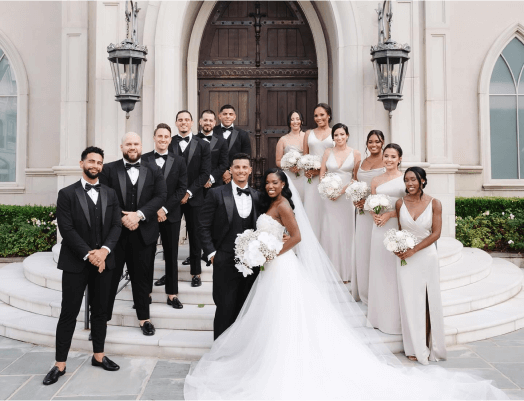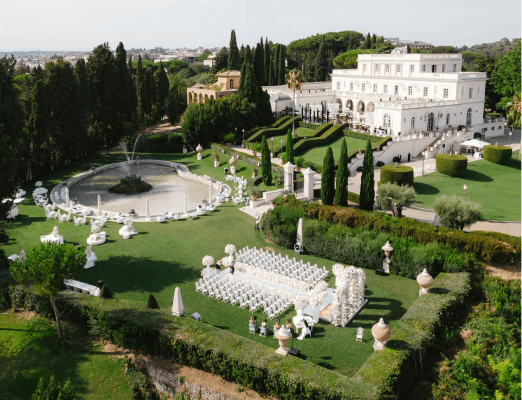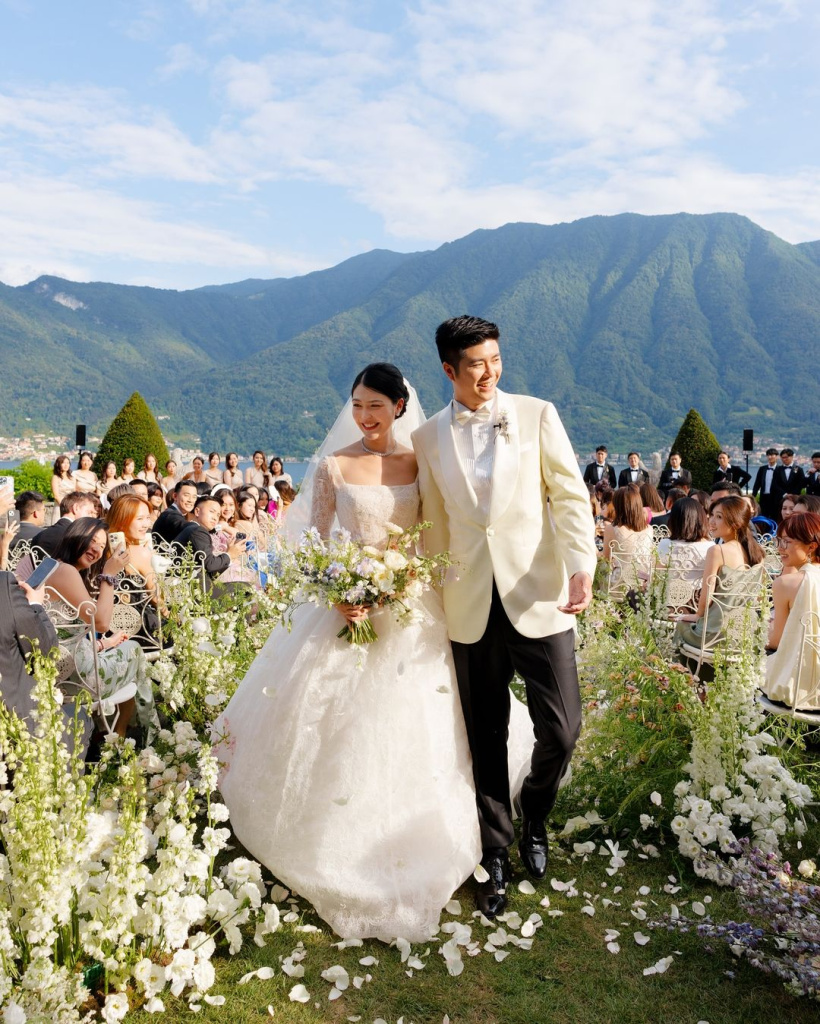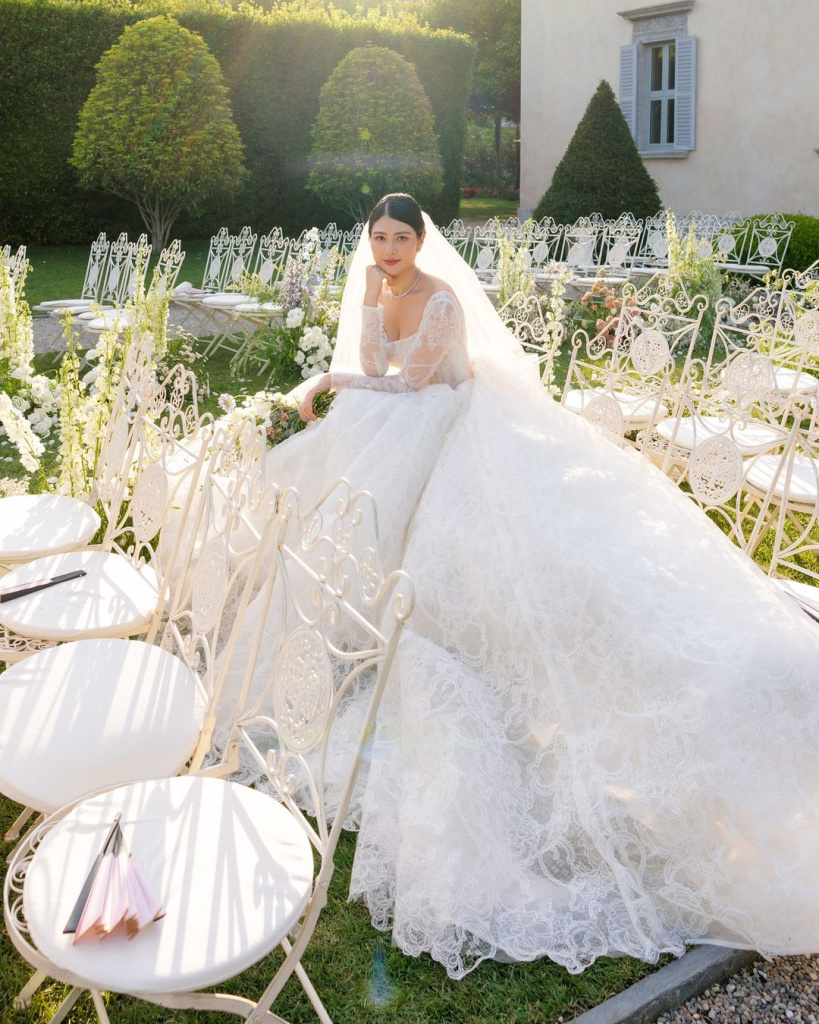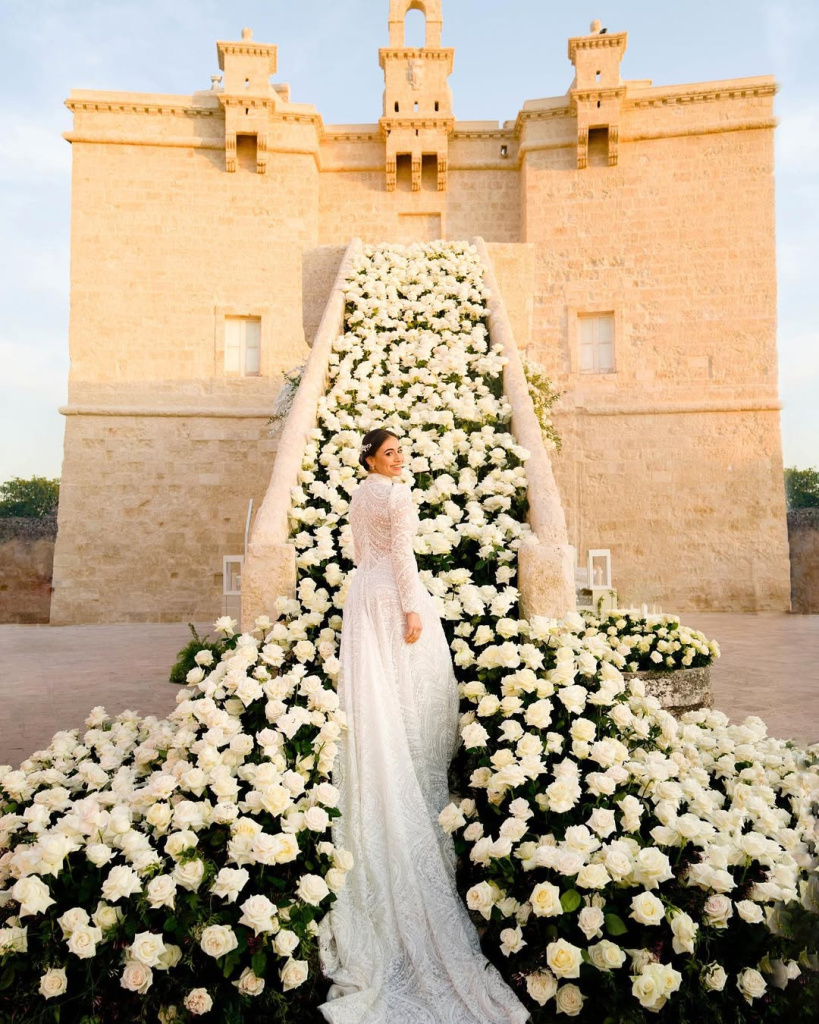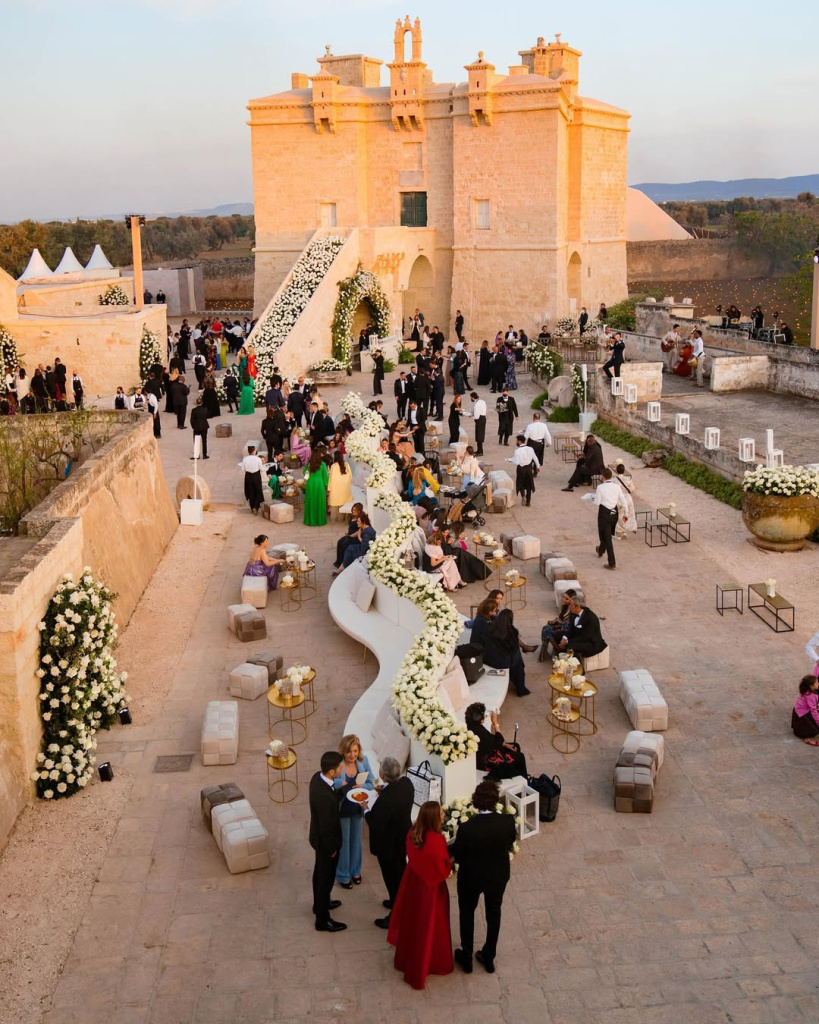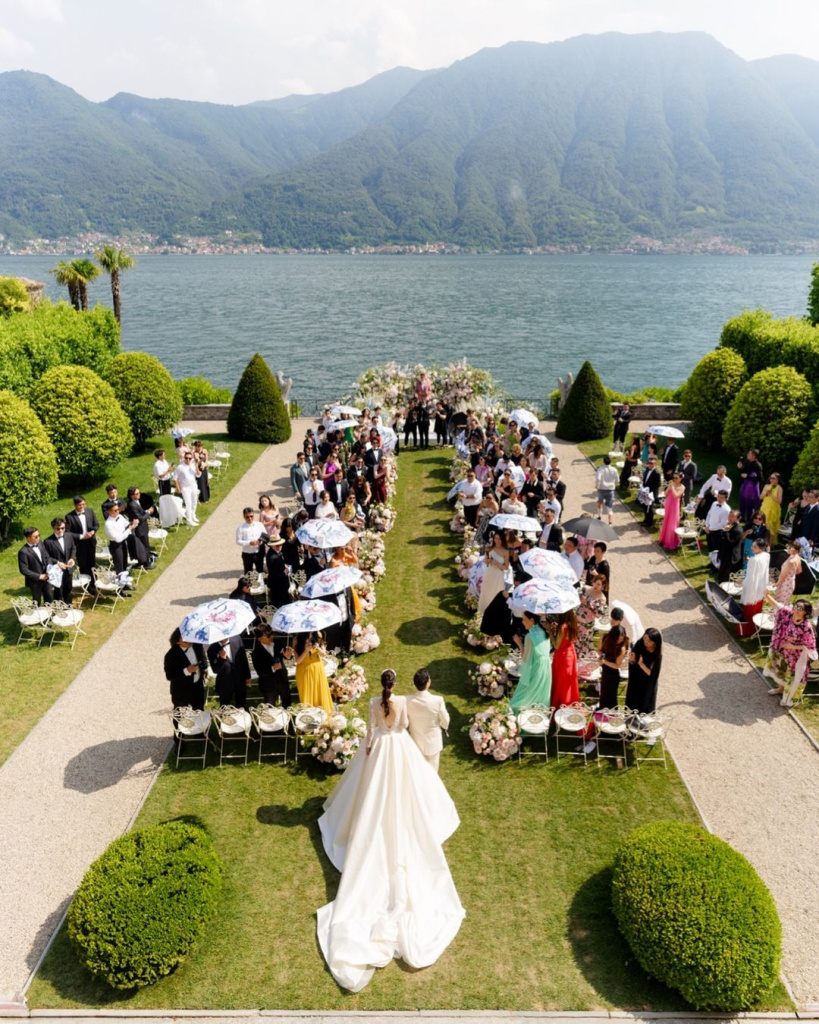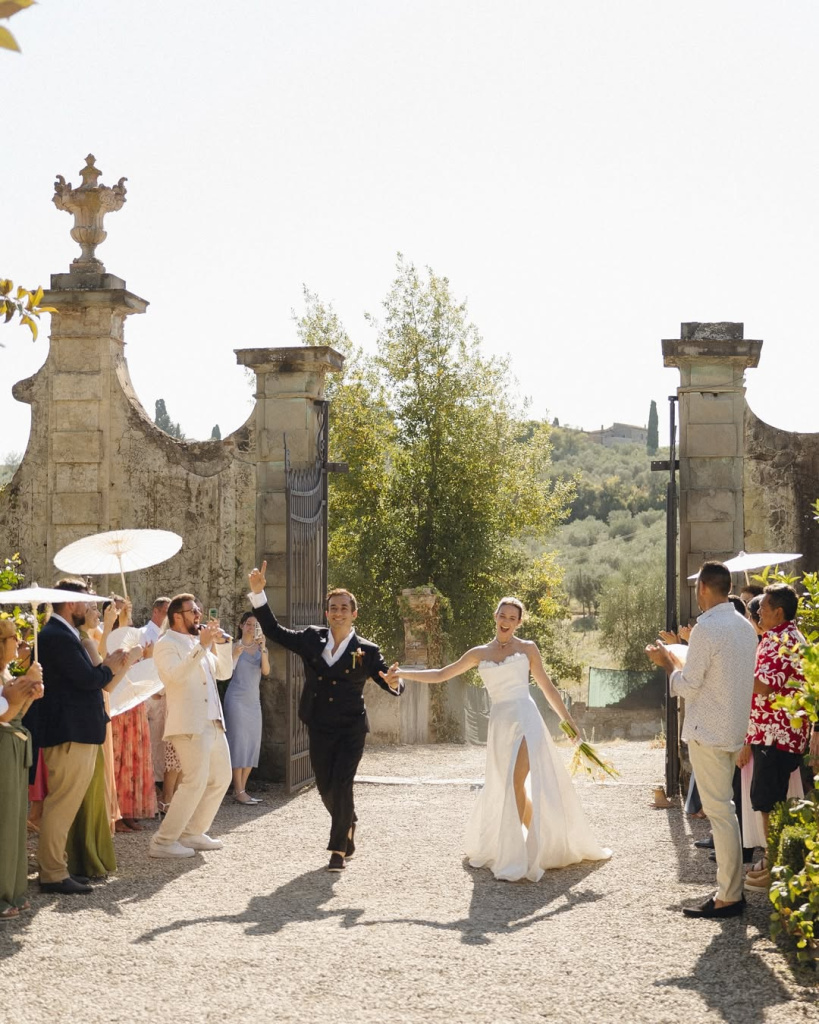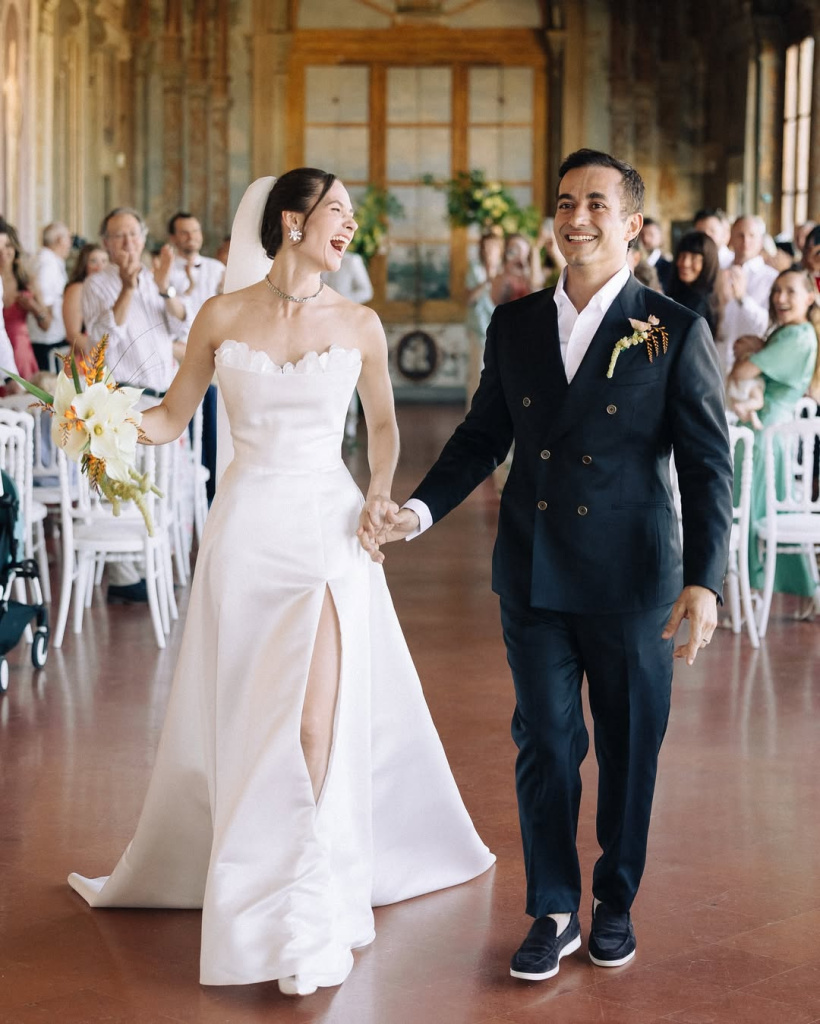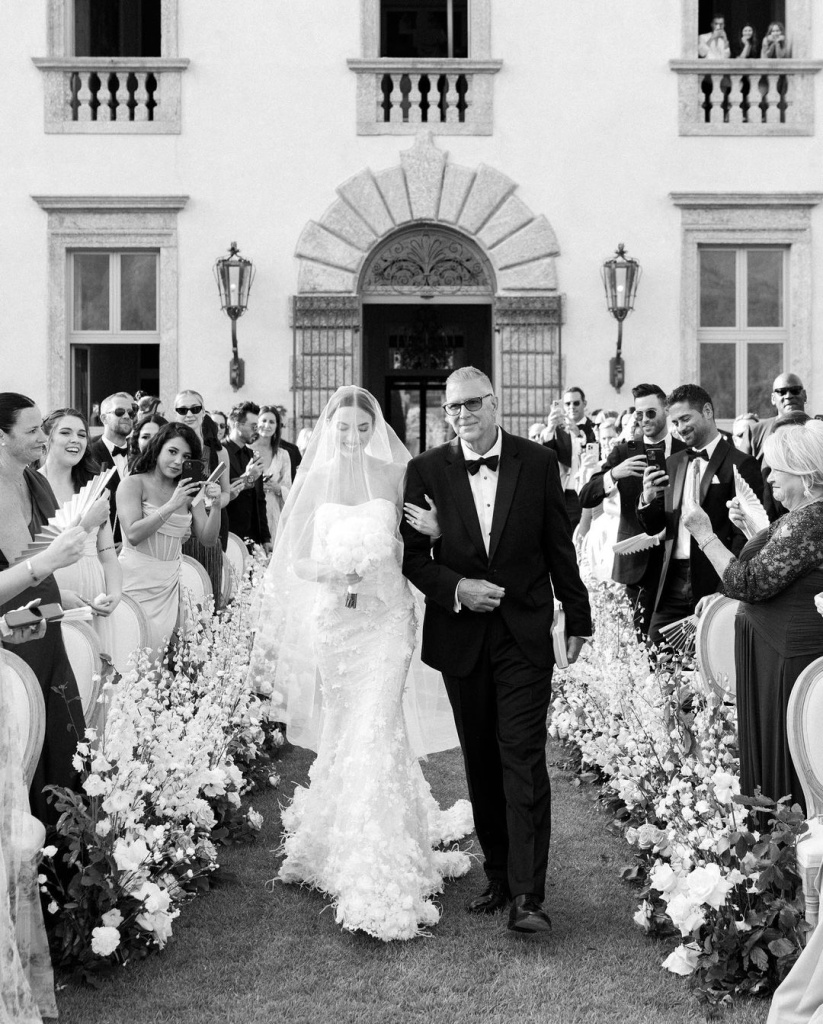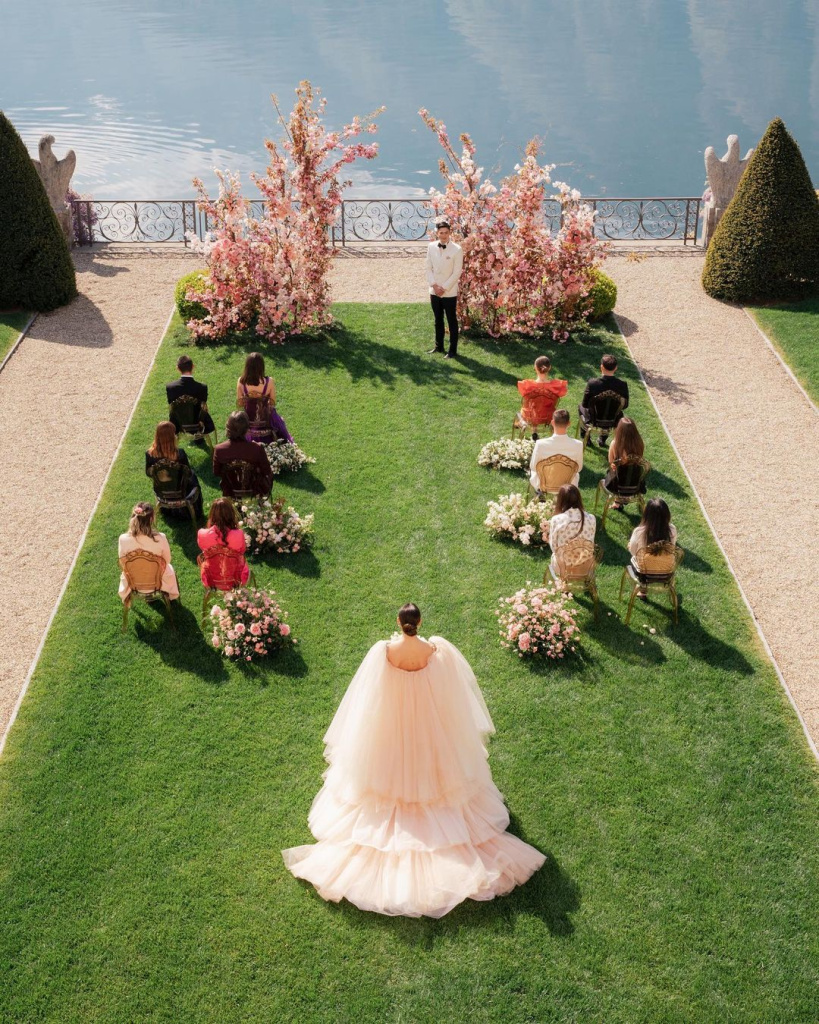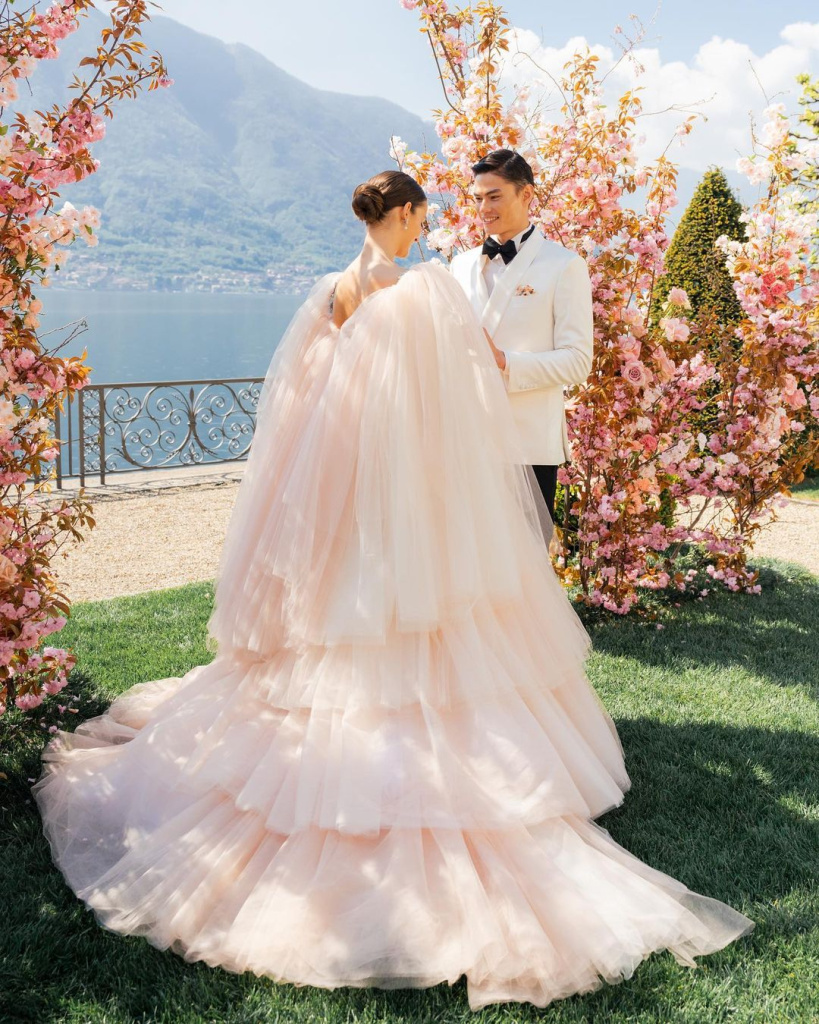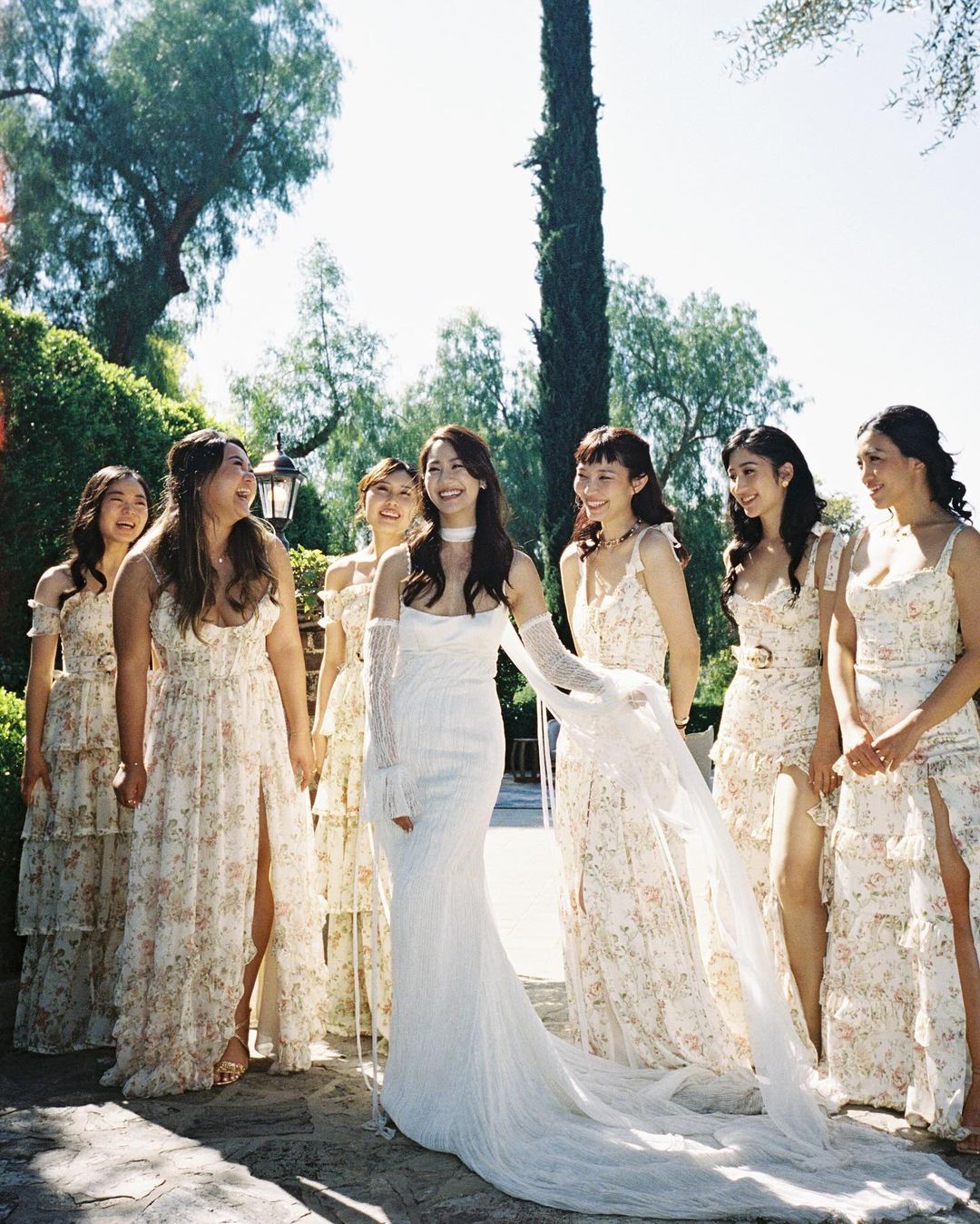Essential Italian Destination Wedding Planning Guide
- Author: Natali Grace Levine
- Reading time: 42 min 17 sec
- Publication date: 08/24/2024
- Updated: 12/18/2025
- Why Choose Italy for Your Destination Wedding?
- Best Locations for Weddings in Italy
- Legal Requirements for Getting Married in Italy
- Budgeting for a Destination Wedding in Italy
- Italian Destination Wedding Planning Guide: Choosing the Right Planner
- The Ultimate Guide to Destination Weddings in Italy: Selecting the Perfect Venue
- Photography and Videography Tips for Your Italian Wedding
- Making the Most of Scenic Backdrops When Planning Your Italian Dream Wedding
- Essentials for Planning a Destination Wedding: Finding the Perfect Florist
- Destination Wedding Planning Tips: Music and Entertainment Options
- Destination Wedding Essentials: Crafting an Authentic Italian Wedding Menu
- Ensuring Seamless Communication with Vendors
- Personalized Wedding Décor and Themes
- Sustainable and Eco-Friendly Wedding Ideas
- Exploring Italian Wedding Dress Trends
- Incorporating Italian Traditions and Customs
- The Essential Guide to Planning Your Dream Destination Wedding in Italy: Cultural Etiquette and Expectations
- Steps to Planning a Destination Wedding in Italy: Understanding the Seasonal Weather
- How to Plan Your Dream Wedding Day Timeline
- Managing Guest Lists and Invitations
- Accommodation Options for You and Your Guests
- Transportation Logistics for Your Wedding Party
- Creating Memorable Wedding Favors
- Planning Pre-Wedding and Post-Wedding Activities
- How to Plan a Dreamy Destination Wedding: Navigating Language Barriers
- Health and Safety Considerations
- Packing Essentials for an Italian Wedding
- Making the Most of Italian Honeymoon Destinations
Dreaming of a wedding where the backdrop is dotted with historic ruins, vineyards stretch as far as the eye can see, and the sun sets into crystal-clear waters? Italy might just be your perfect wedding destination. Renowned for its breathtaking landscapes, rich history, and sumptuous cuisine, Italy offers an unmatched romantic setting for saying your vows. In this comprehensive guide, we'll walk you through the essentials of planning your dream Italian wedding in the heart of the Mediterranean. From legal requirements to local traditions, and from selecting the perfect venue to ensuring every detail is just right, get ready to embark on the journey of a lifetime!
Find Your Perfect Wedding Vendors
Why Choose Italy for Your Destination Wedding?
Italy is synonymous with romance, making it the perfect setting for an unforgettable destination wedding. When considering how to plan a destination wedding in Italy, you're presented with diverse landscapes—from the rolling hills of Tuscany to the glamorous Amalfi Coast and the historic streets of Rome. Each region not only offers unique charm but is also steeped in exquisite food, world-class wine, and a warm, welcoming culture. Whether you're envisioning a lavish celebration or an intimate affair, the timeless beauty and ambiance of Italy set the perfect stage for your special day.
Best Locations for Weddings in Italy

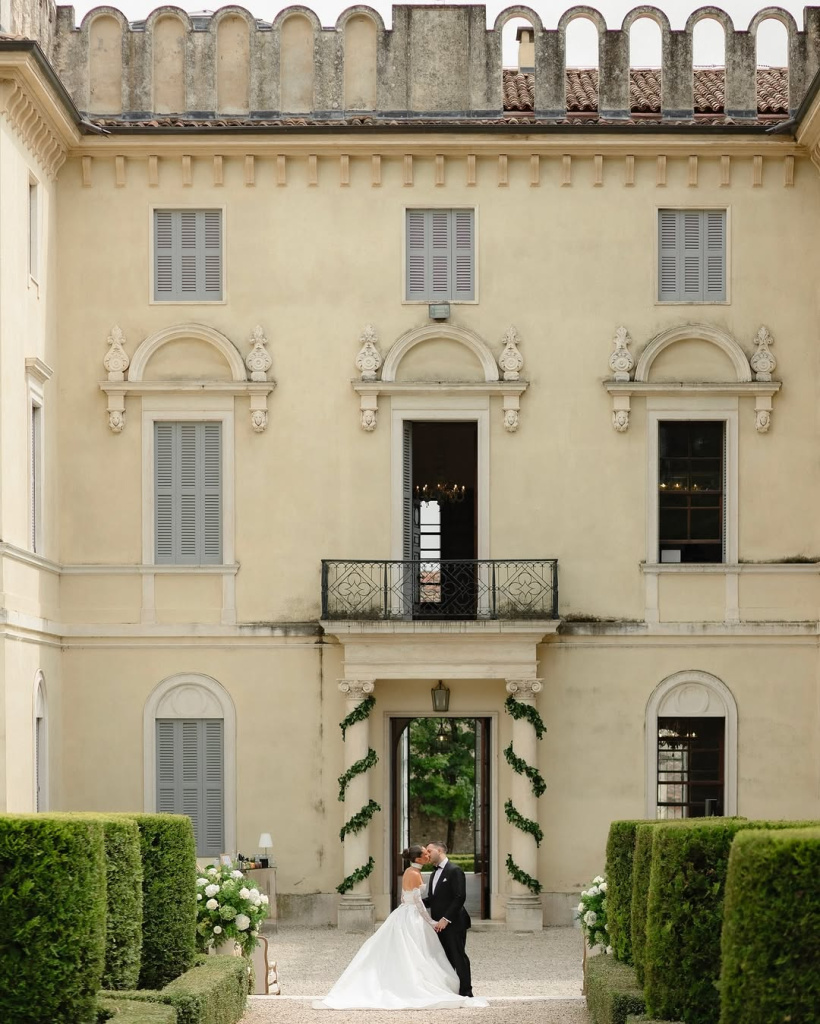
Italy is filled with iconic destinations, each offering unique features that make them ideal for a dream wedding. This destination wedding planning guide takes a close look at some of the best locations across the country, highlighting what makes each one special and perfectly suited for your big day.
Tropea
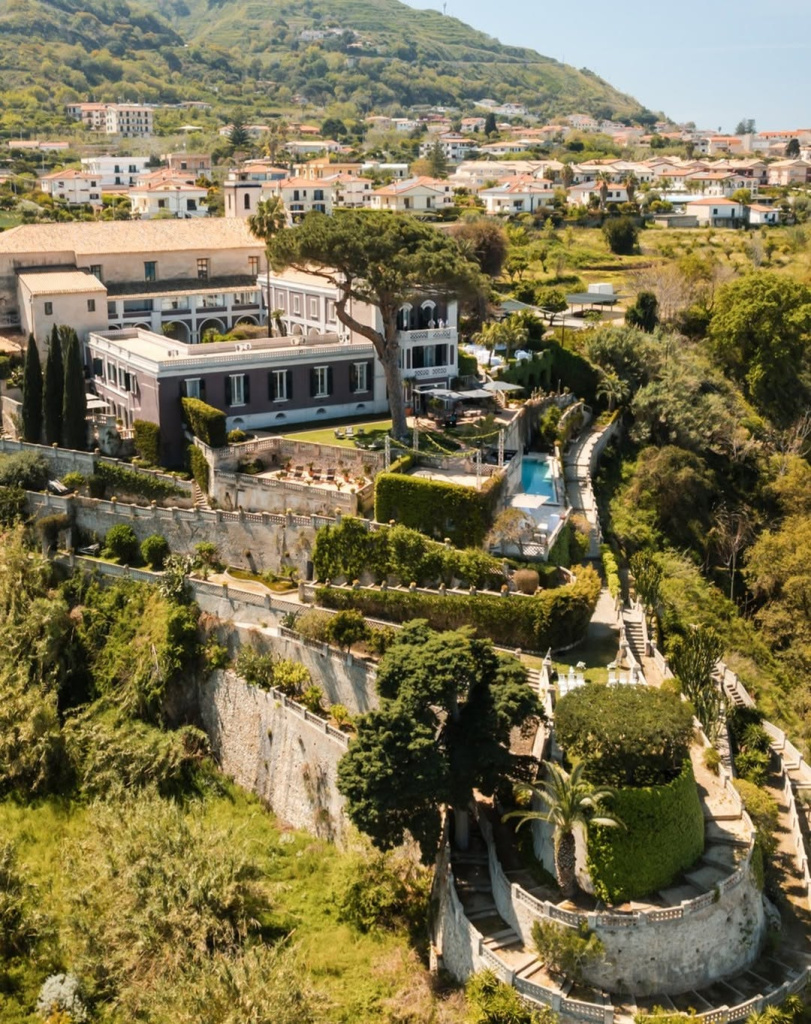
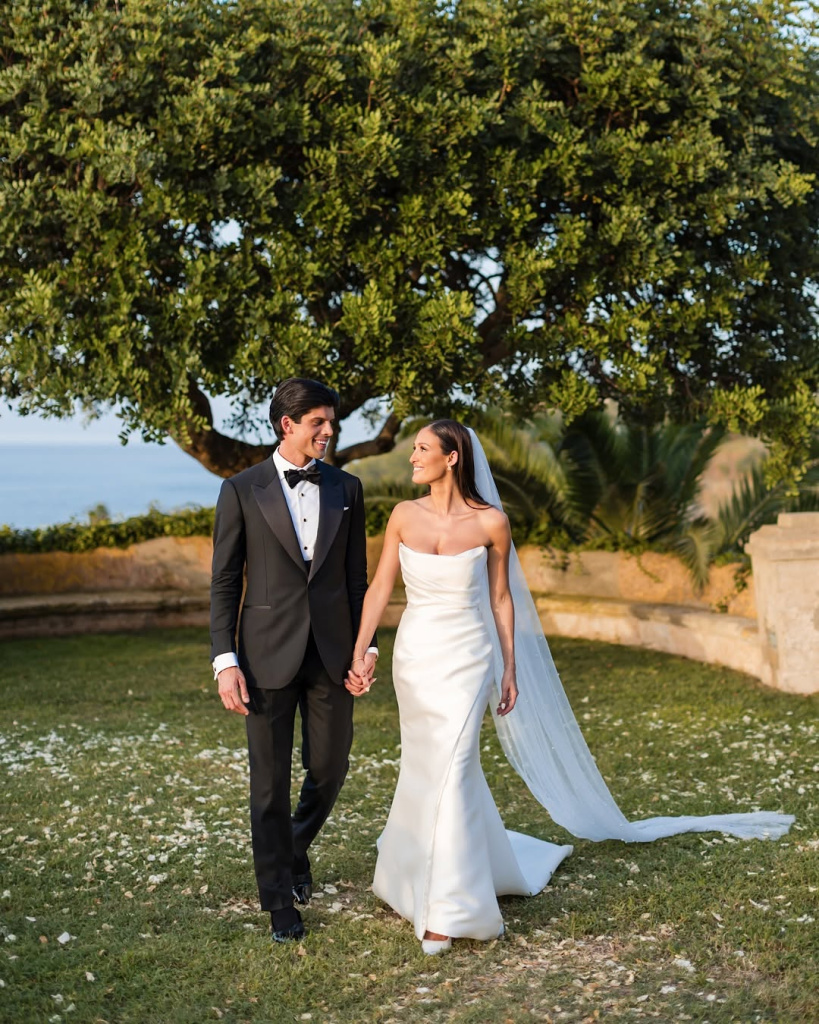
Tropea, located on the stunning Tyrrhenian coast of Calabria, is a hidden gem that offers a truly romantic and picturesque setting for a destination wedding. With its dramatic cliffs, golden beaches, and crystal-clear waters, the town provides a breathtaking backdrop for exchanging vows. The historic center, with its charming cobblestone streets and the iconic Church of Santa Maria dell'Isola perched on a rocky promontory, adds a touch of old-world charm to any celebration. Imagine saying “I do” with the sound of waves crashing beneath you and a sunset that paints the sky in vibrant hues—Tropea’s natural beauty and tranquil atmosphere create a magical and unforgettable experience. Whether you choose a private villa or a coastal venue, Tropea promises a wedding filled with romance, history, and stunning scenery.
Naples
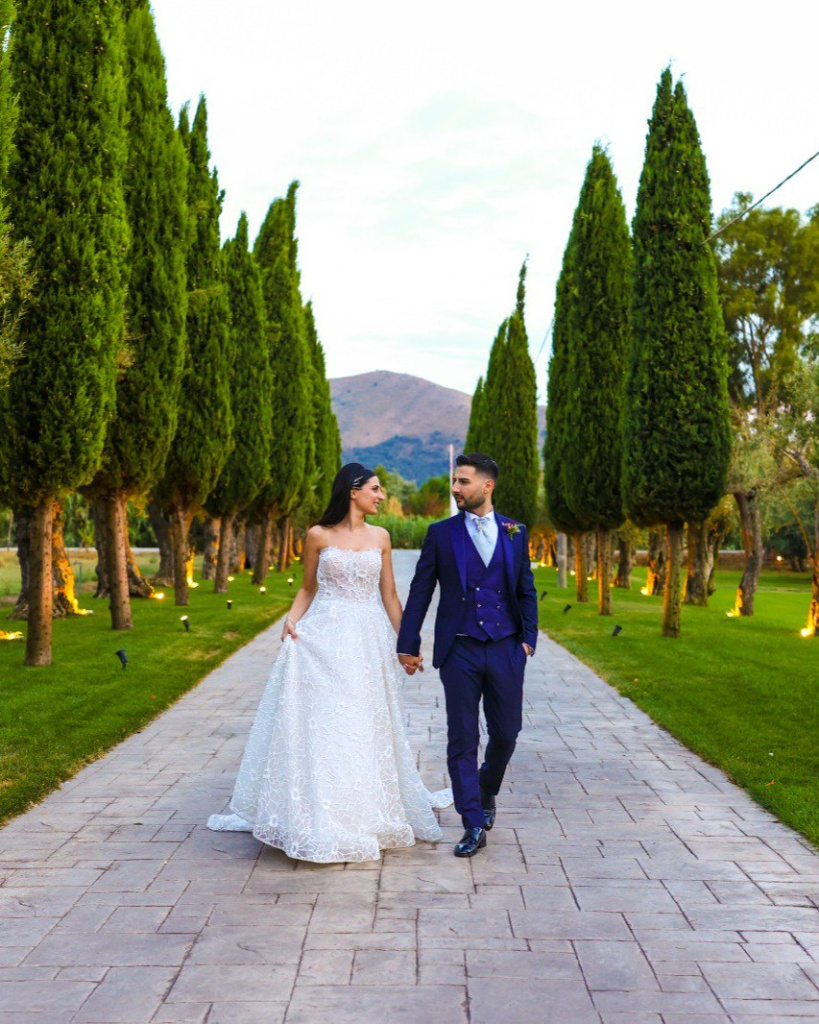
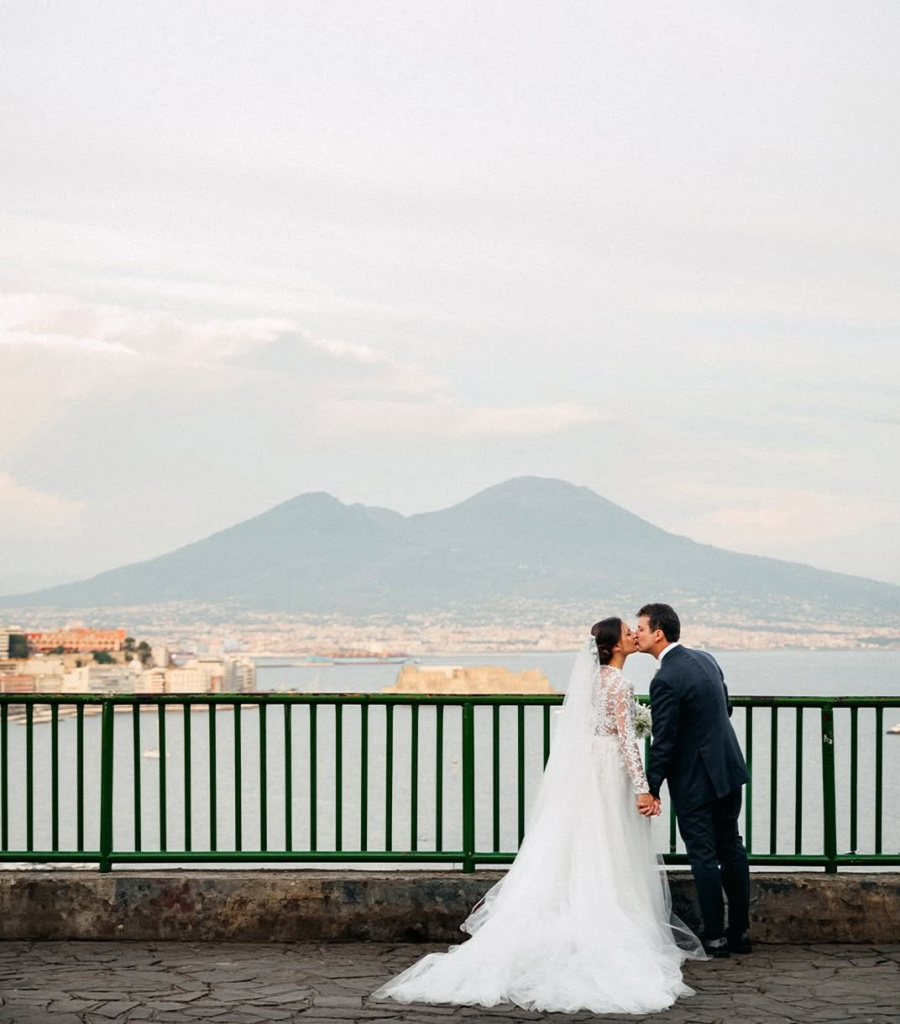
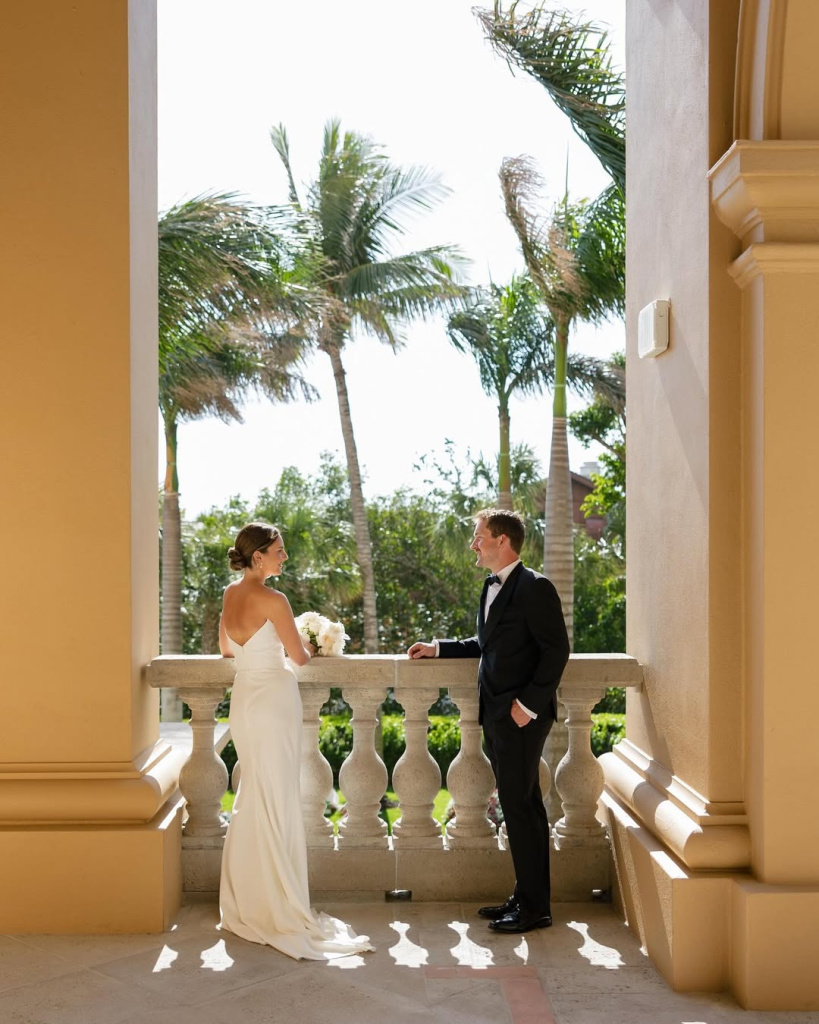
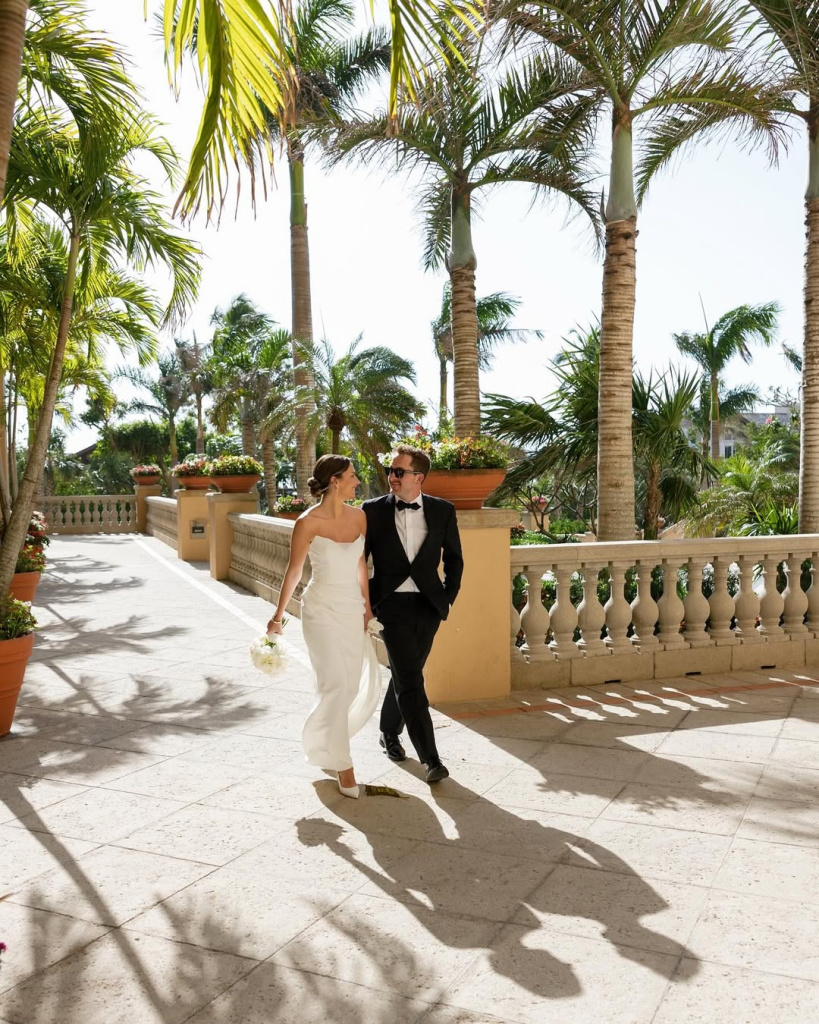
Naples is an exhilarating blend of passion, history, and raw beauty—making it an unforgettable choice for a destination wedding in Italy. With the dramatic backdrop of Mount Vesuvius and the sparkling Bay of Naples, this southern gem offers a rich tapestry of settings, from elegant seaside villas to centuries-old churches tucked into lively piazzas. The city's energy is contagious, infusing every celebration with authentic Italian spirit. Whether you're exchanging vows with views of the Mediterranean or celebrating in a historic palazzo surrounded by Neapolitan art and music, Naples promises a wedding that’s bold, romantic, and brimming with soul.
Tuscany
Tuscany is famed for its rolling hills, vineyards, and timeless rural charm. The region offers stunning villas, rustic farmhouses, and ancient estates, making it perfect for romantic, countryside weddings. The natural light here is famously soft and golden, ideal for spectacular wedding photos.
Best Venues: Castello di Vincigliata, Villa Cetinale, and Borgo Stomennano.
Amalfi Coast
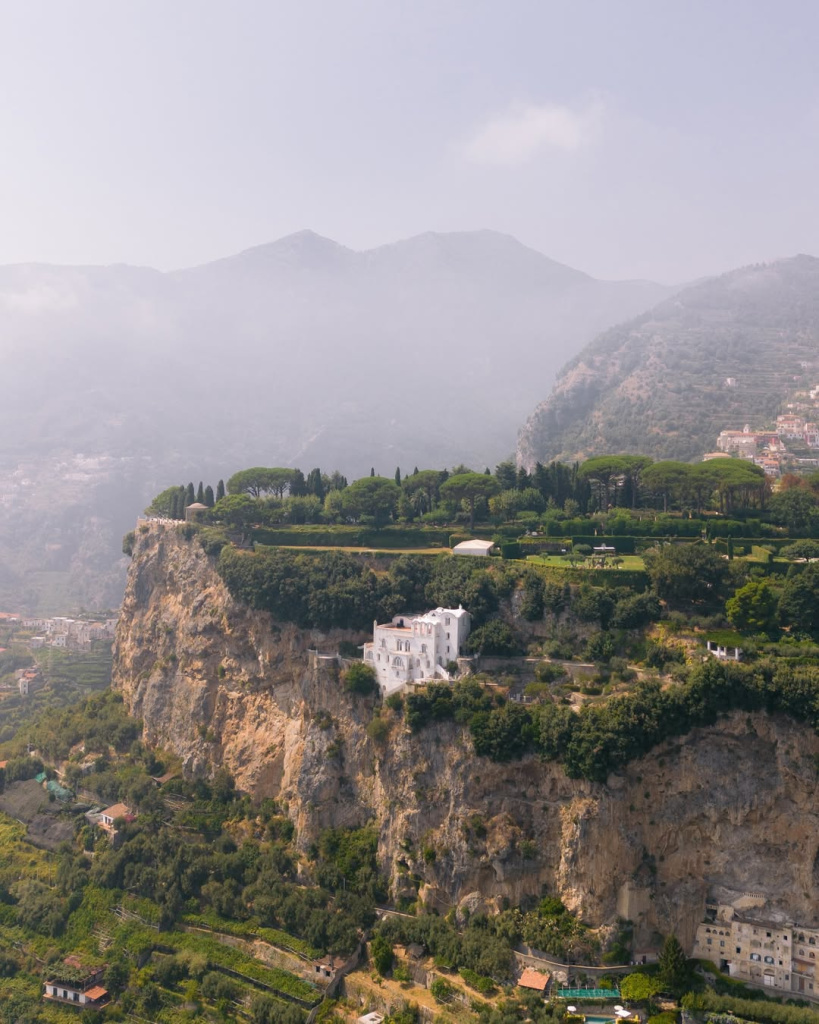
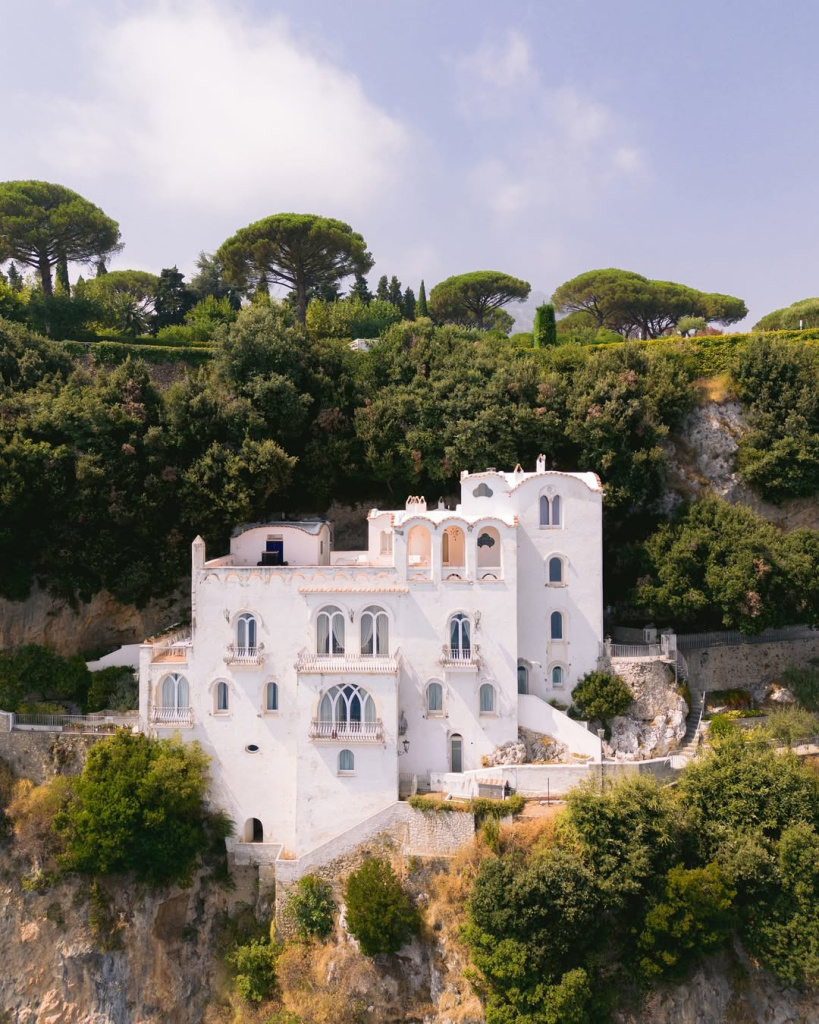
With its dramatic coastline and picturesque villages like Positano, Amalfi, and Ravello, the Amalfi Coast offers breathtaking sea views and luxurious seaside resorts. It's ideal for lavish weddings with a stunning Mediterranean backdrop.
Best Venues: Villa Cimbrone, Hotel Caruso, and Villa Eva.
Lake Como
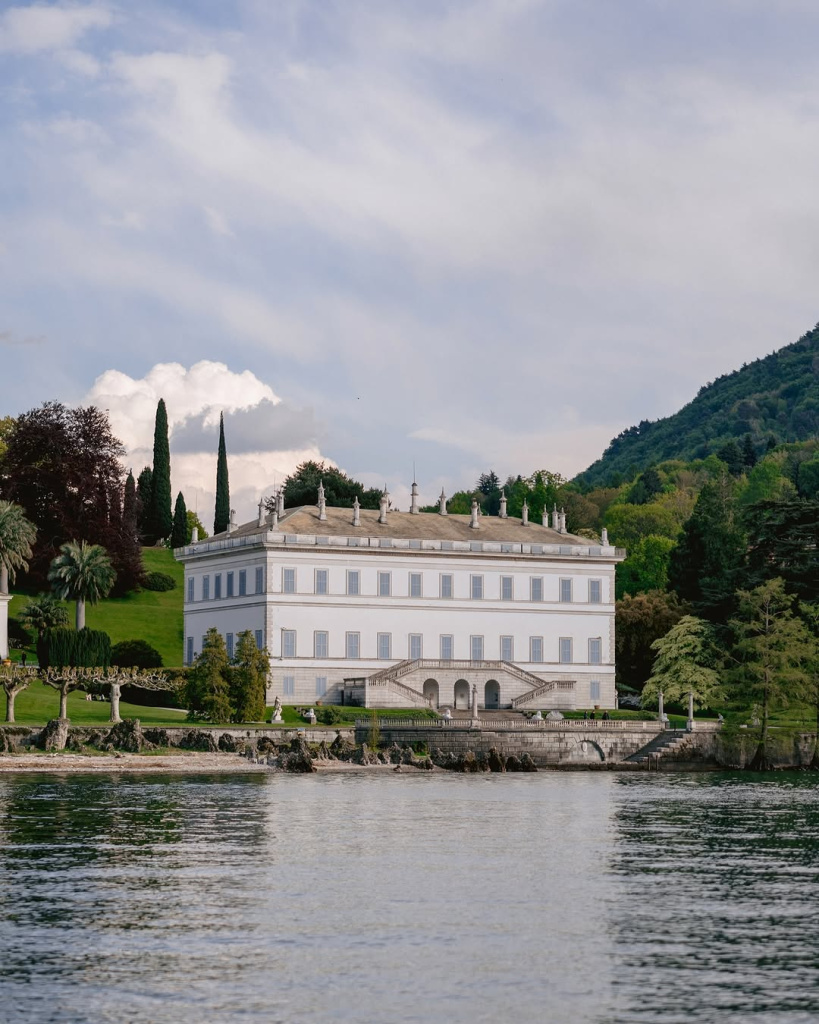
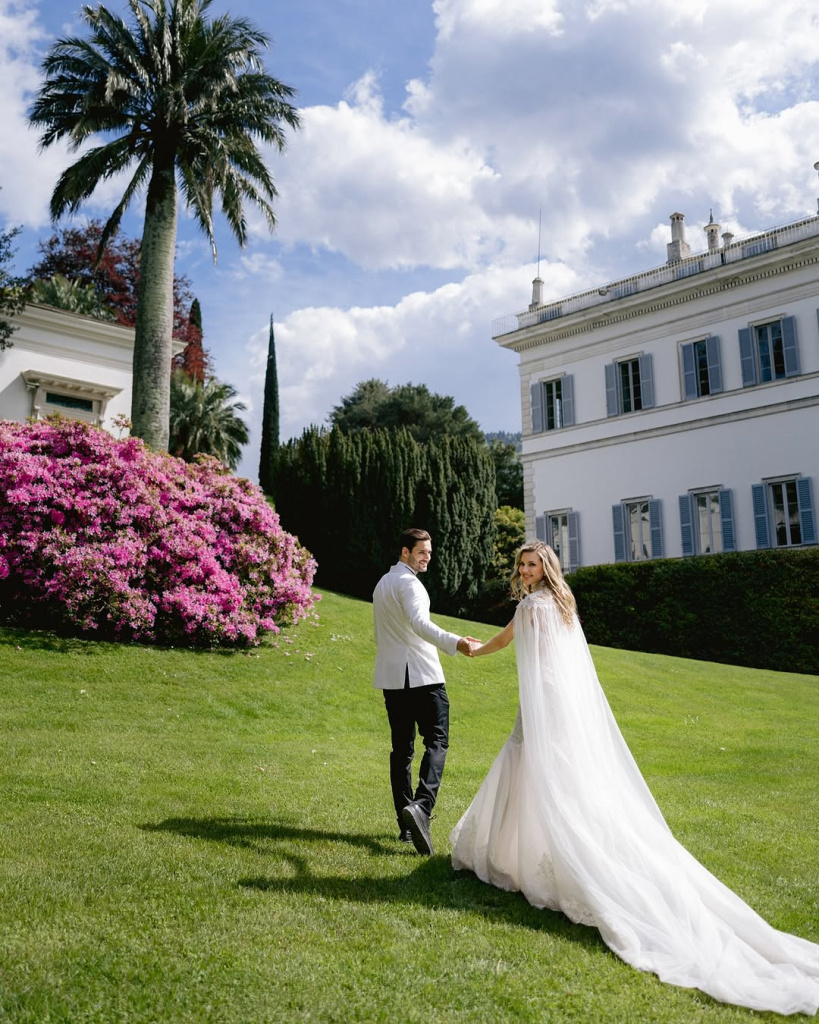
Known for its sophisticated allure and scenic beauty, Lake Como attracts those looking for luxury and elegance. The lake is surrounded by opulent villas and lush gardens, providing a serene, luxurious setting.
Best Venues: Villa del Balbianello, Villa Pizzo, and Villa Erba.
Venice
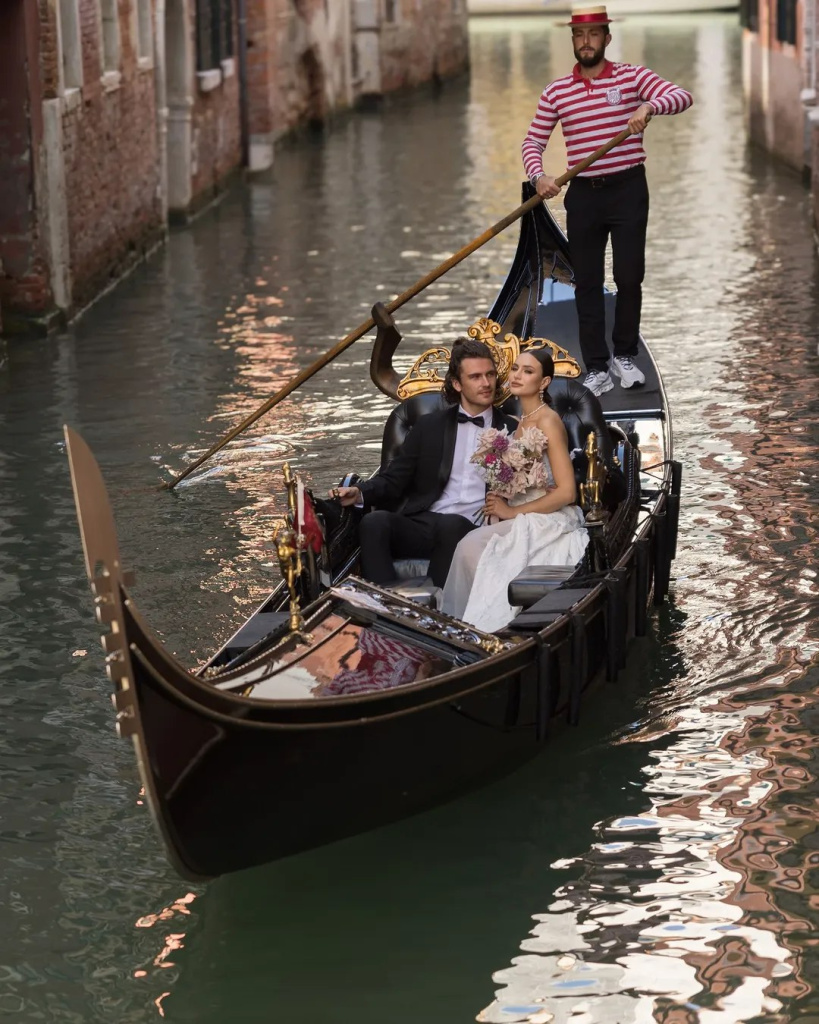
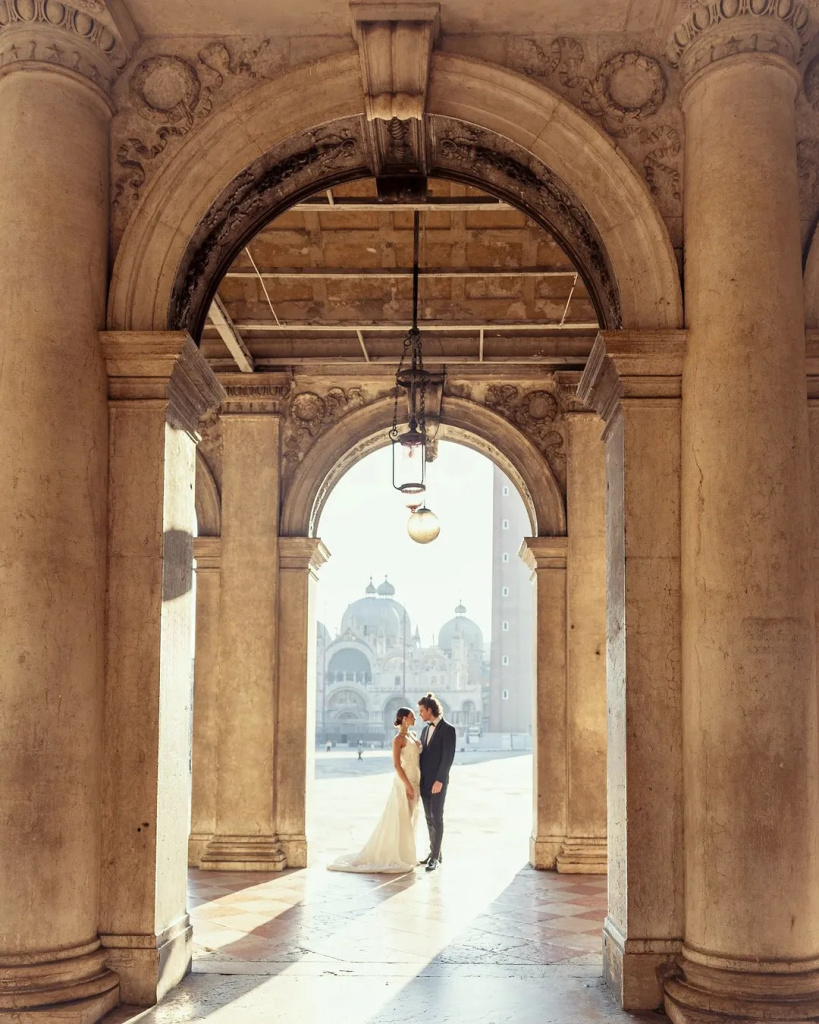
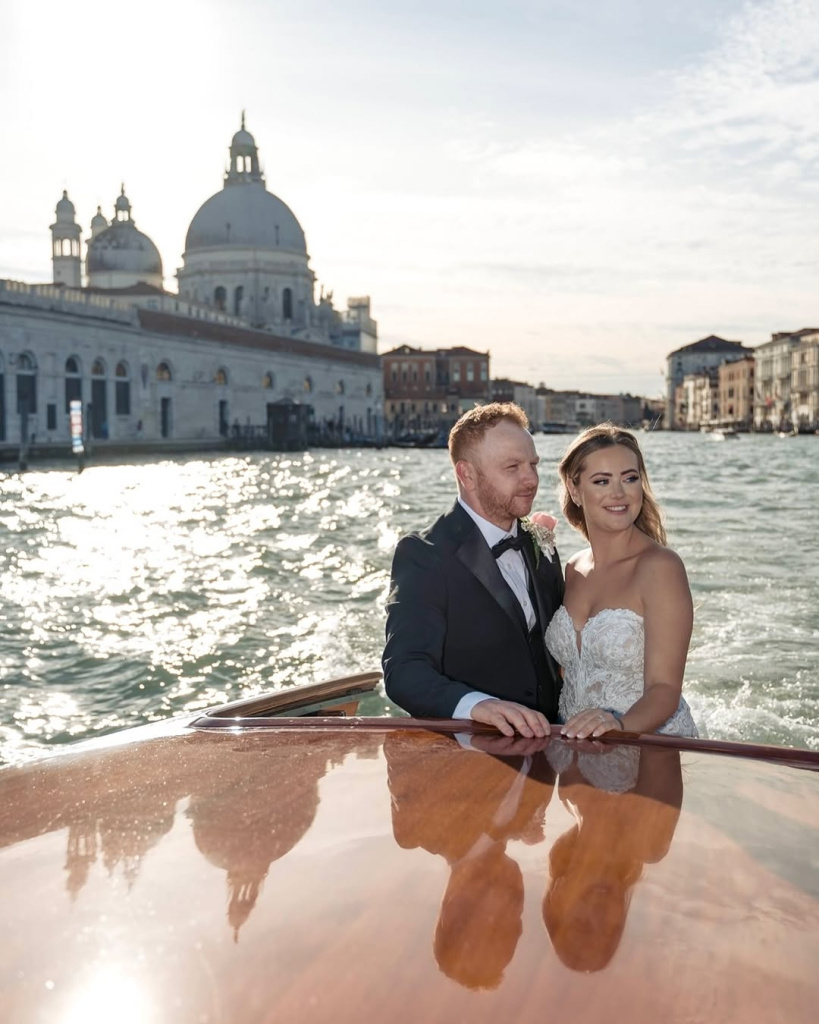
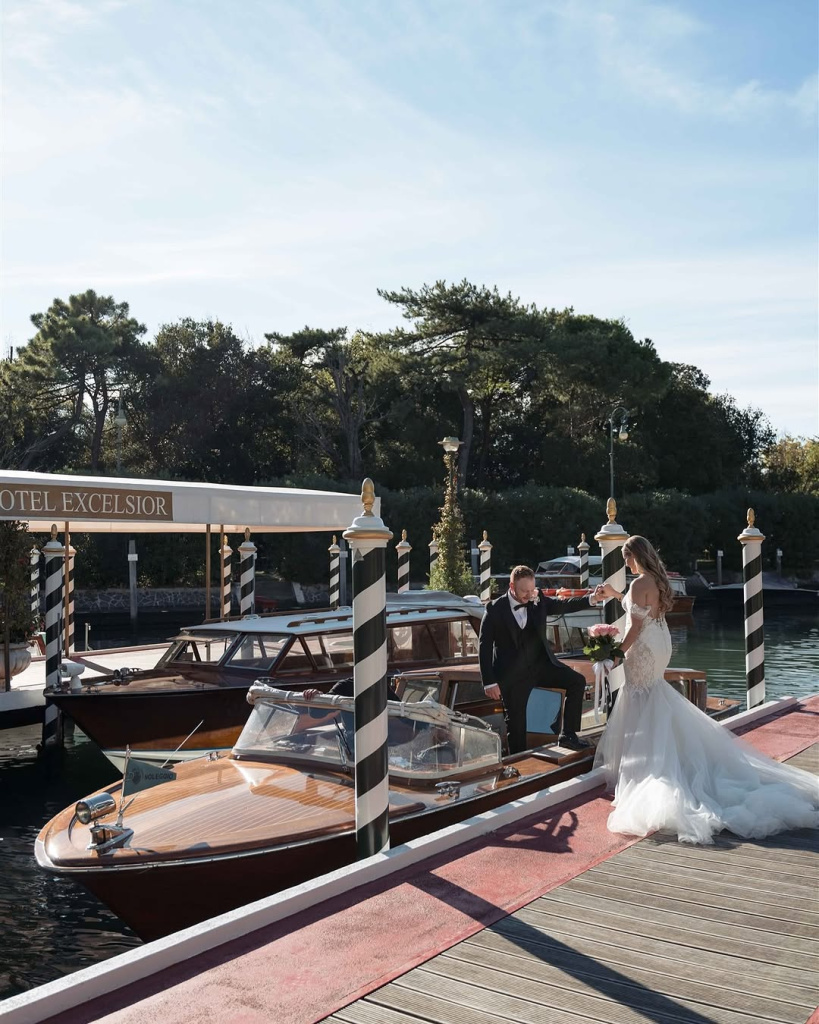
Venice is the city of romance, with its historic canals, gondolas, and striking architecture. It offers a magical, almost theatrical setting for weddings, perfect for couples looking for a truly unique and memorable location.
Best Venues: Palazzo Pisani Moretta, Ca’ Zenobio, and Hotel Danieli.
Florence
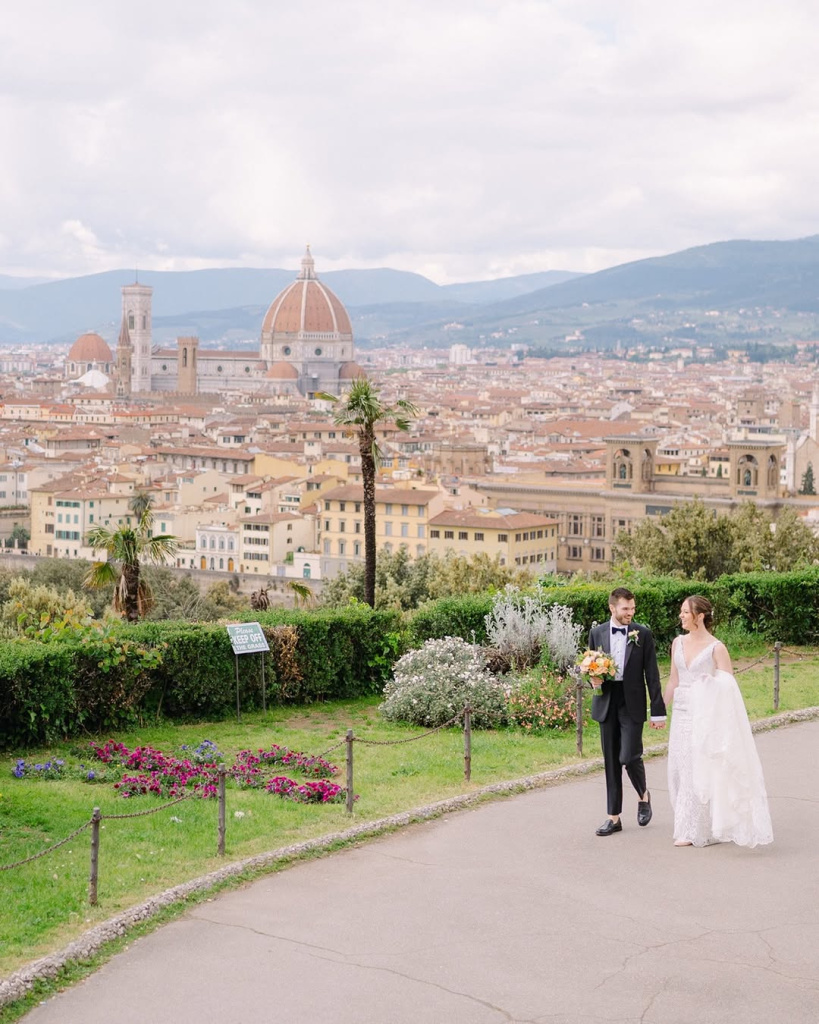
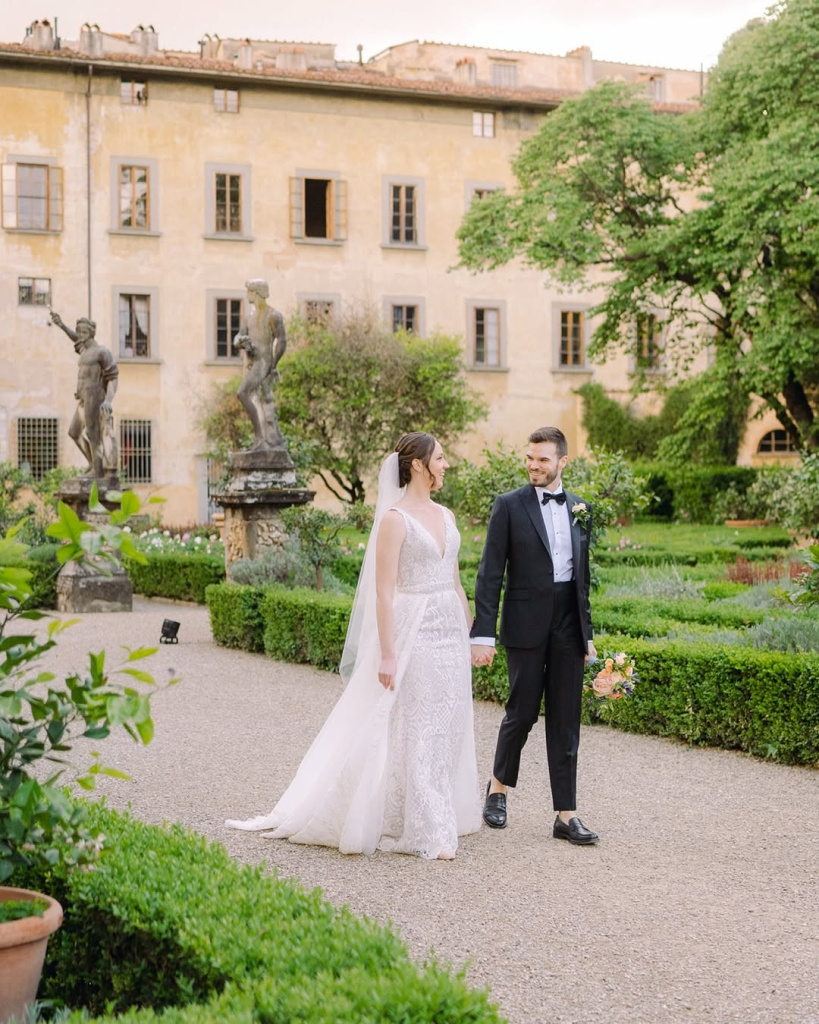
As the cradle of the Renaissance, Florence boasts incredible art, architecture, and an unbeatable romantic atmosphere. Its historic villas and palaces are ideal for a wedding that combines cultural richness with beauty.
Best Venues: Villa Cora, Castello di Vincigliata, and Palazzo Vecchio.
Sicily
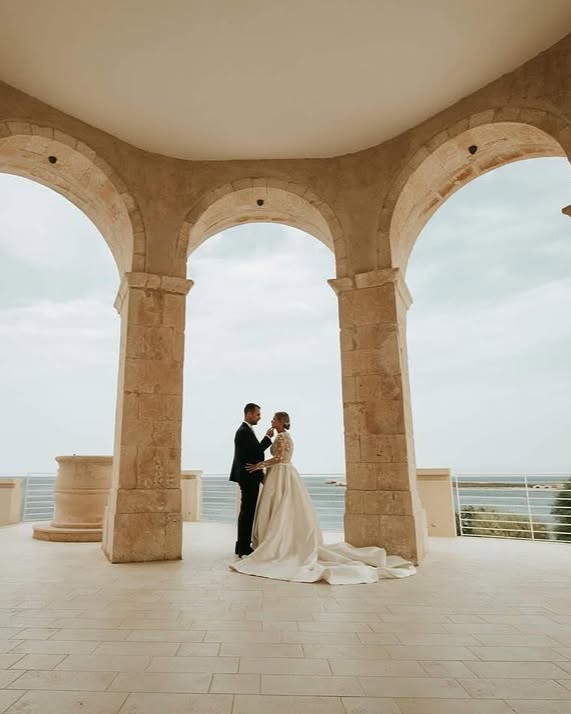
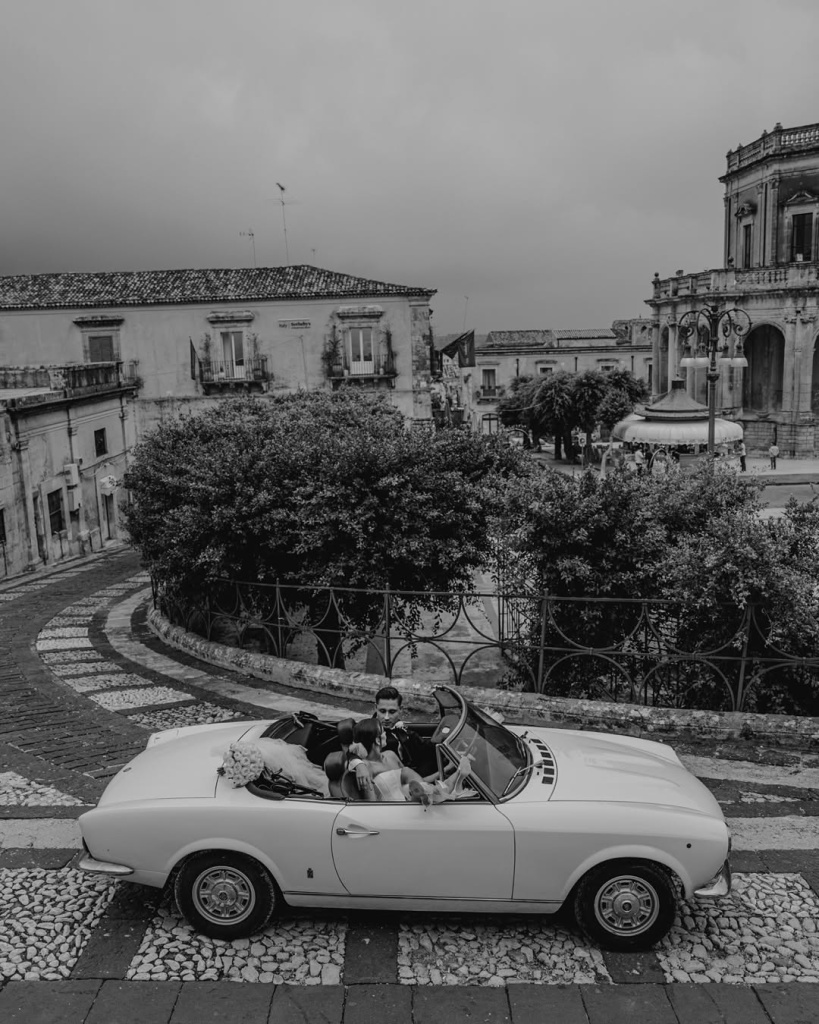
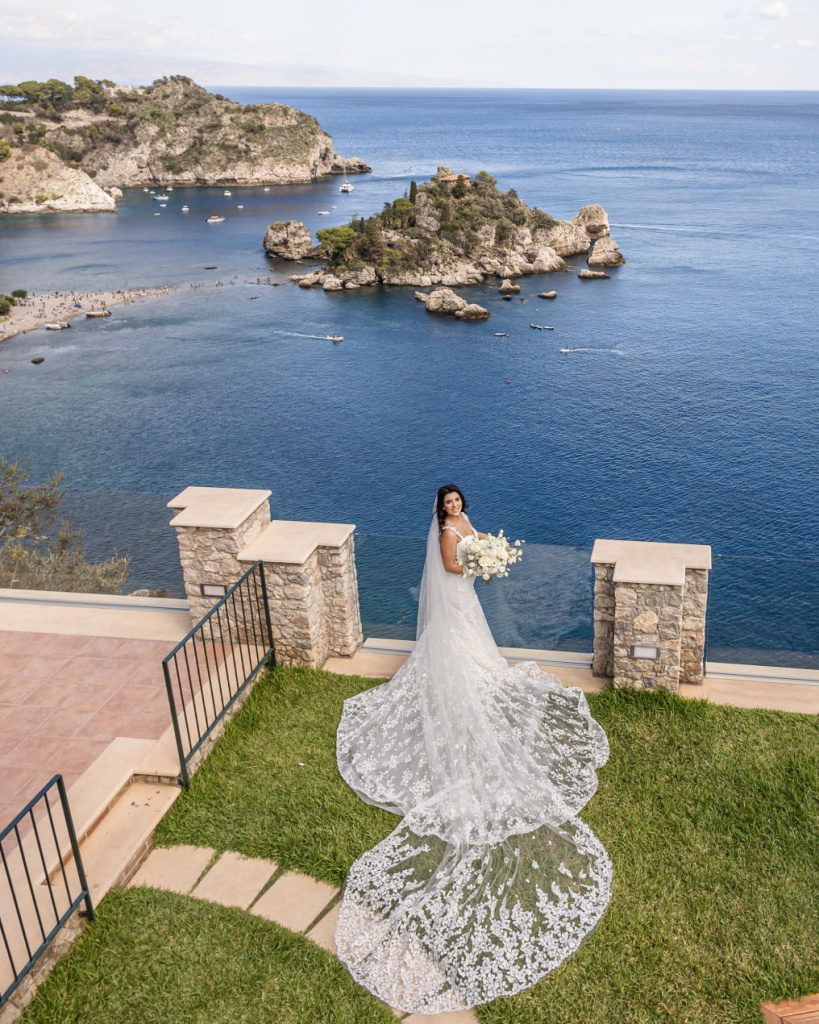
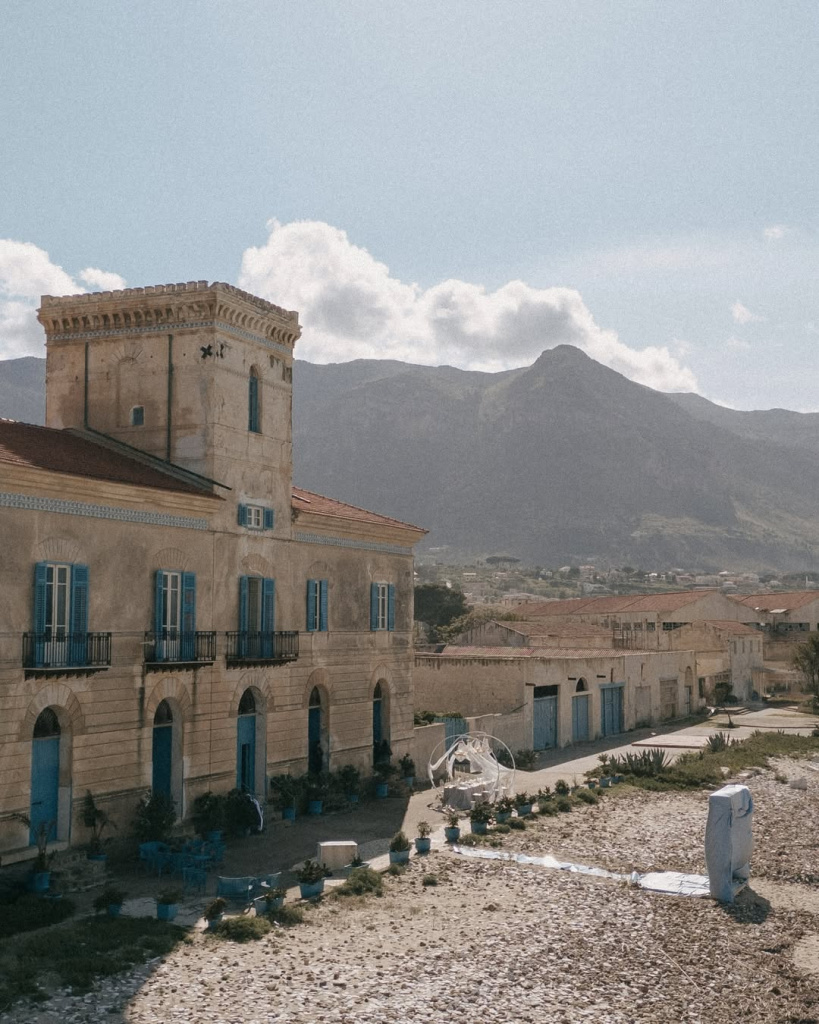
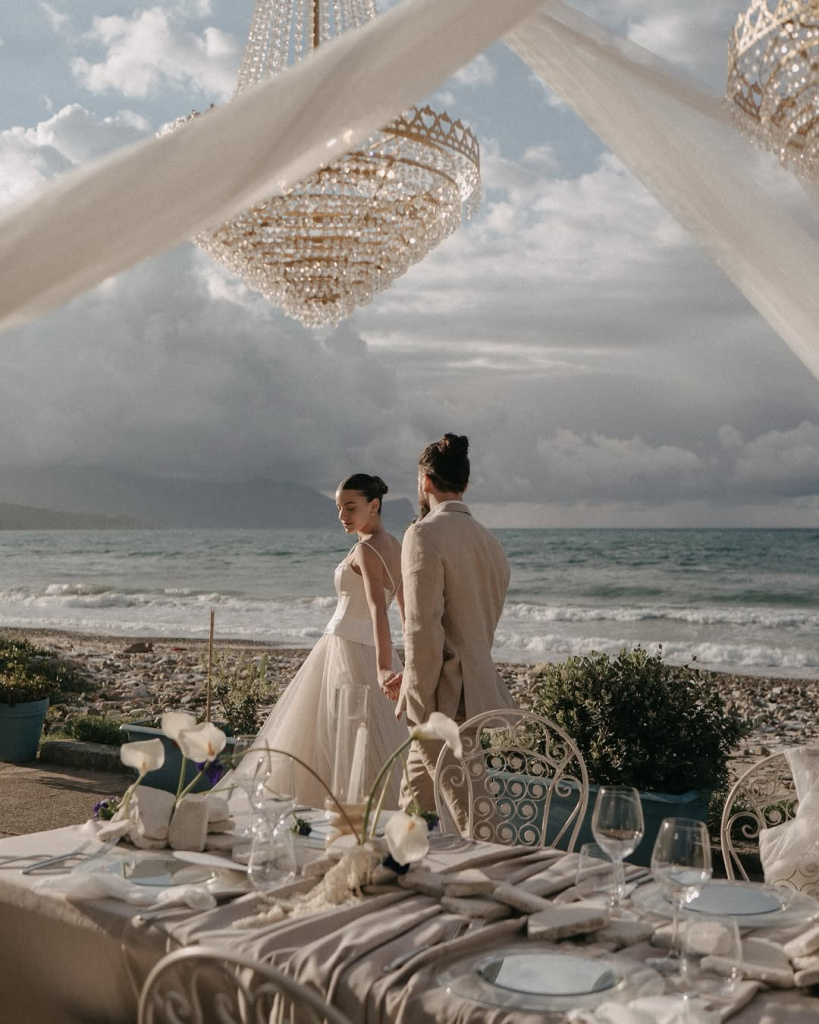
Offering diverse landscapes from beaches to mountains, Sicily has a rich cultural heritage and is known for its delicious cuisine and vibrant traditions. It's perfect for couples who want a wedding infused with authentic Italian culture and flavors.
Best Venues: Villa Tasca, Castello di San Marco, and Capofaro Locanda & Malvasia.
Puglia
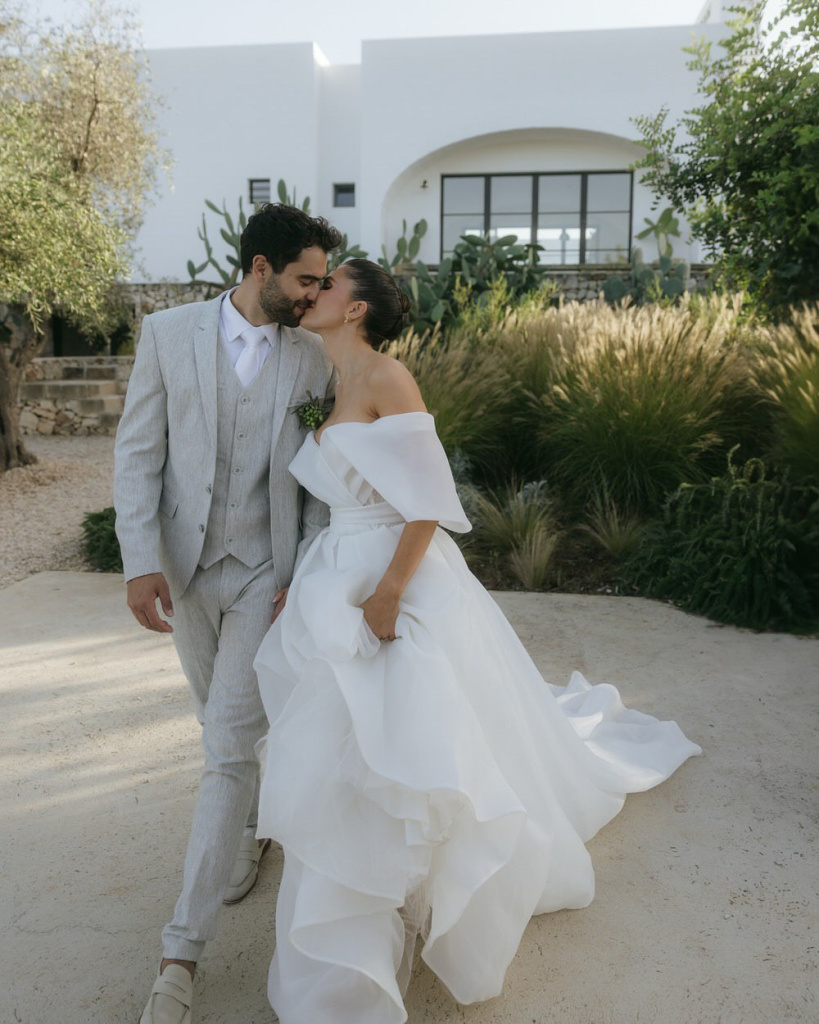
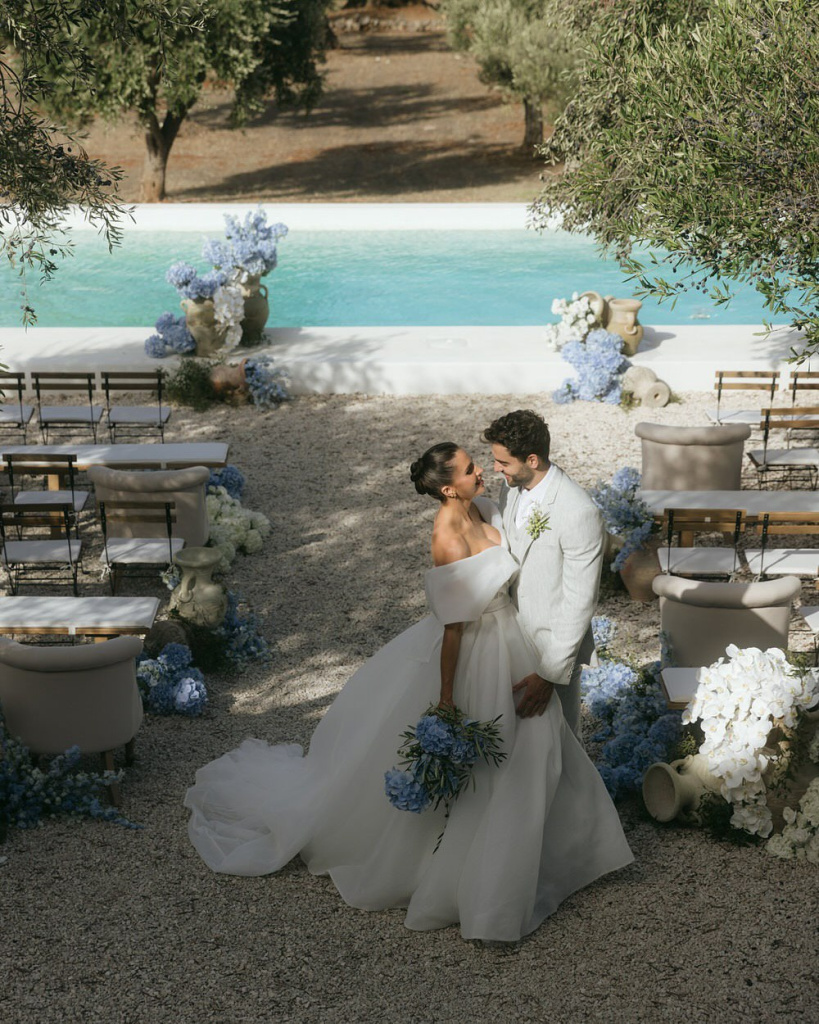
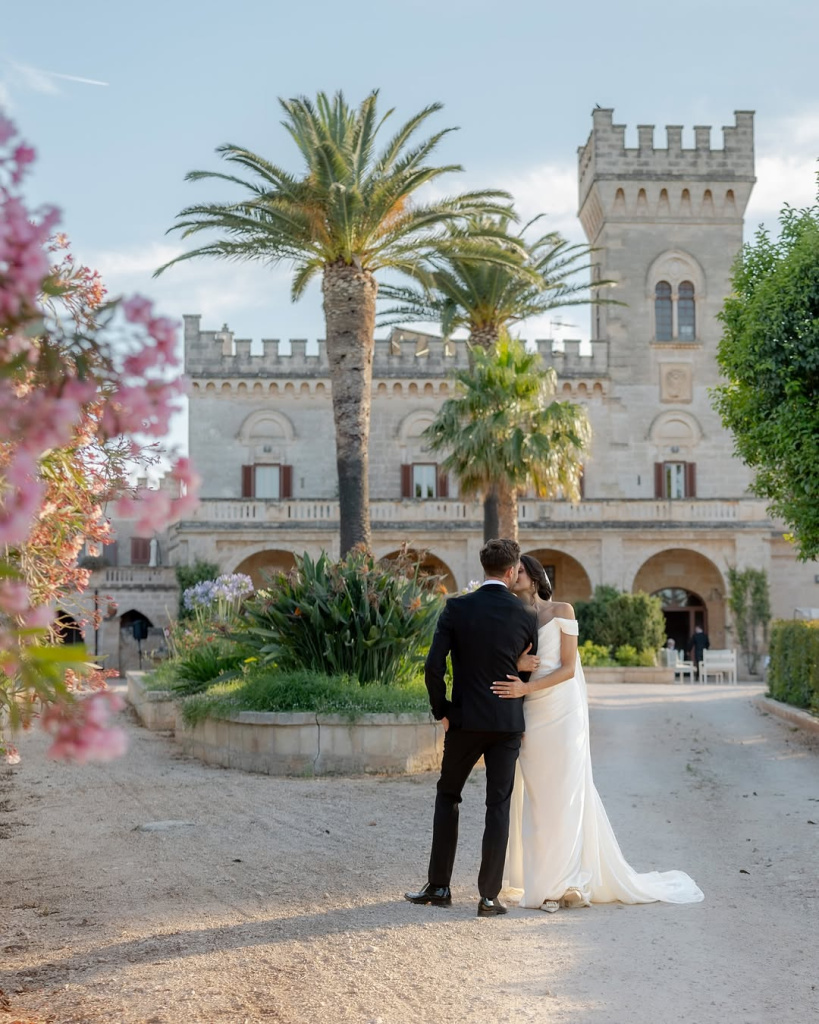
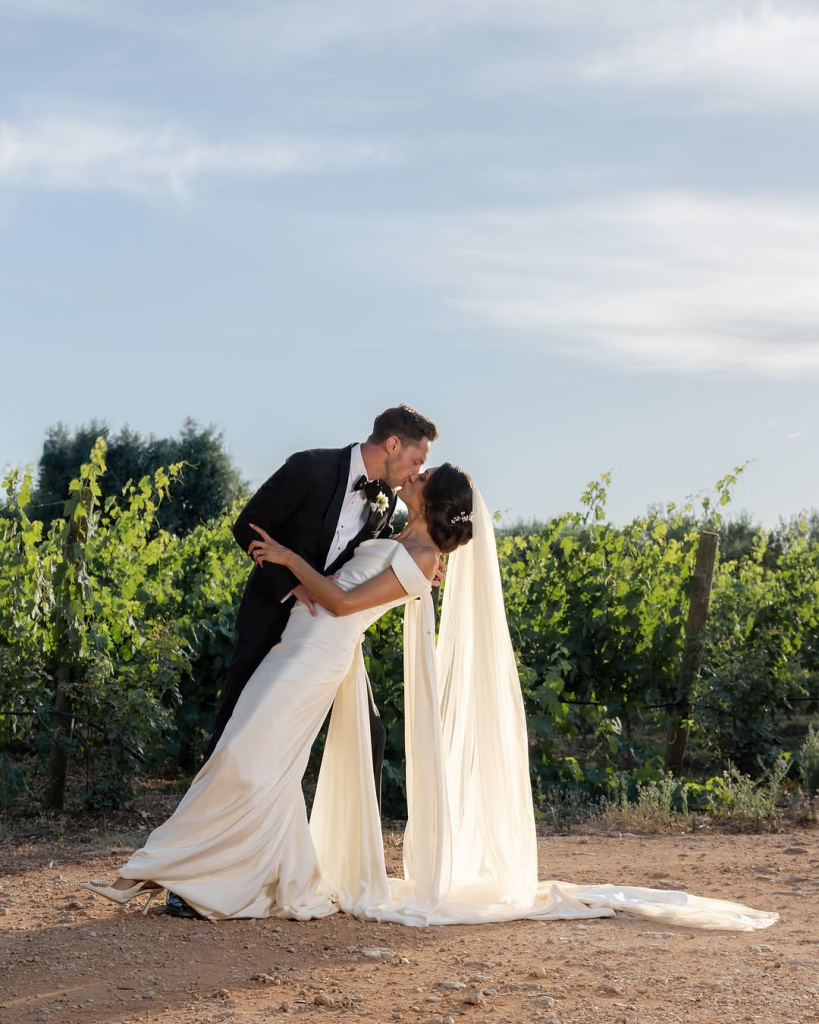
Puglia, with its whitewashed villages, ancient olive groves, and beautiful beaches, offers a more rustic and authentic Italian experience. The region's Masserias—traditional farmhouses—provide a unique setting that combines simplicity with elegance.
Best Venues: Masseria Potenti, Masseria Moroseta, and Masseria Le Carrube.
Rome
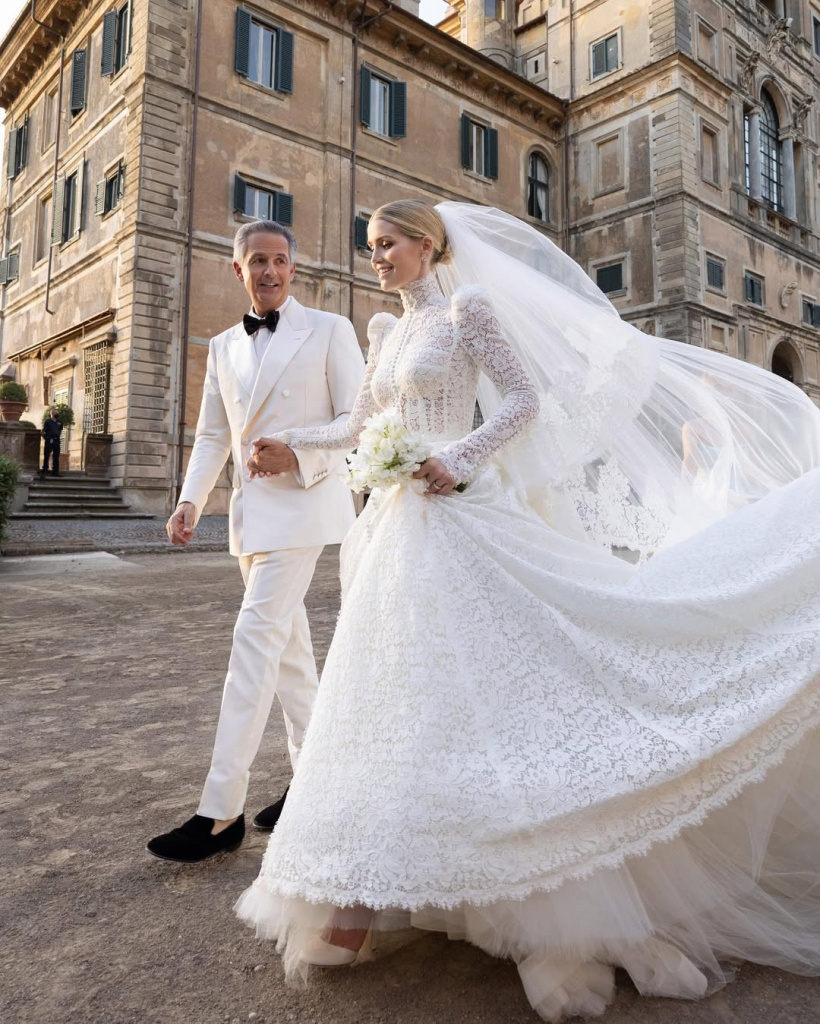

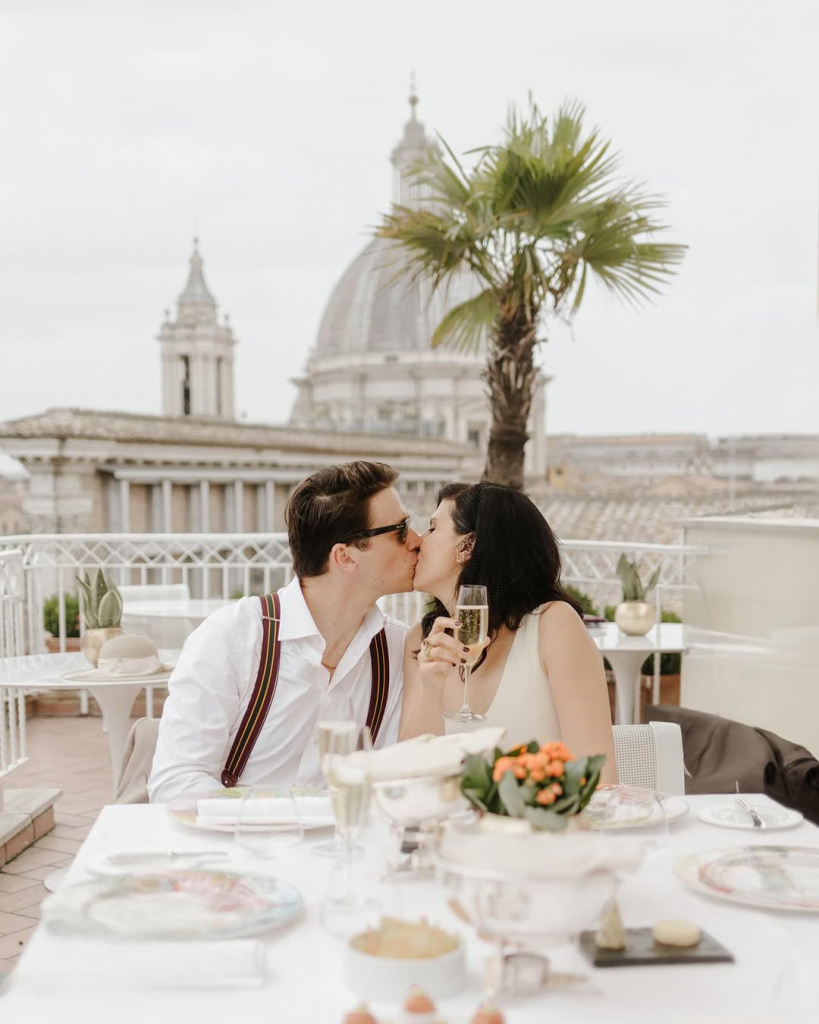
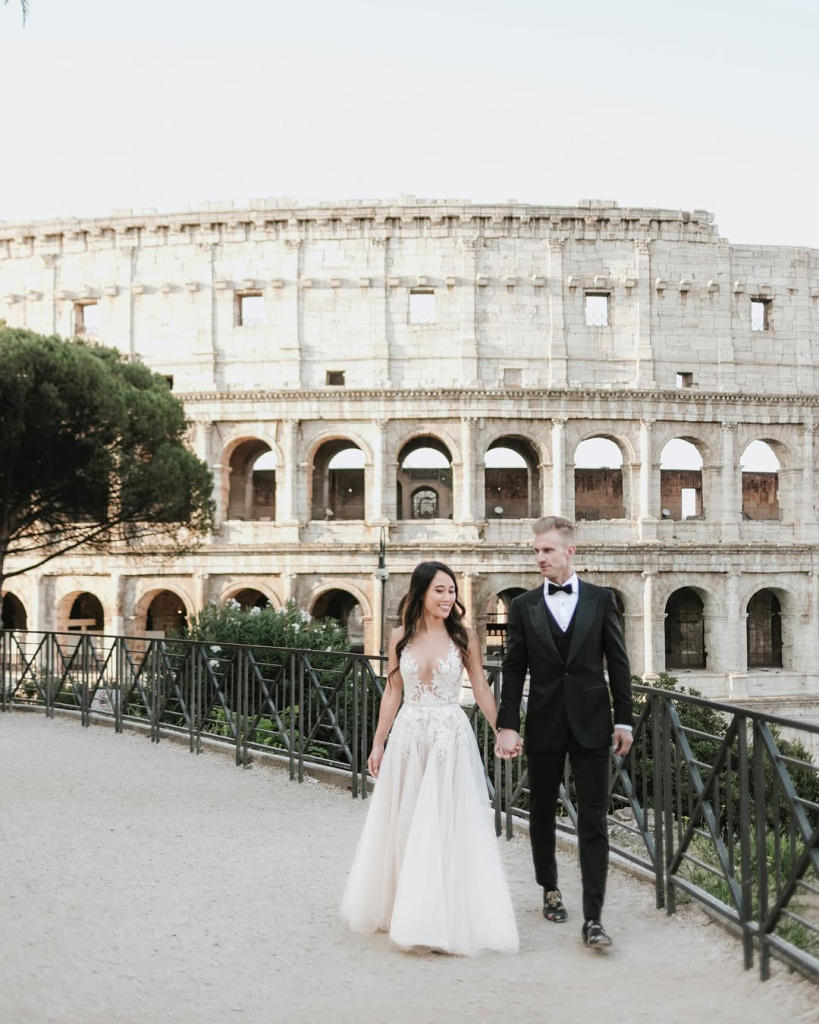
For those who love history, there’s no better place than Rome. With its ancient ruins and grand basilicas, Rome provides a dramatic and historic backdrop for a wedding. It’s perfect for those seeking a cosmopolitan vibe combined with old-world charm.
Best Venues: Villa Aurelia, Castello Odescalchi, and St. Regis Rome.
Umbria
Known as the green heart of Italy, Umbria offers lush landscapes and medieval towns, similar to Tuscany but less crowded. It's perfect for intimate weddings with a rustic touch, surrounded by nature.
Best Venues: Borgo di Bastia Creti, Castello di Montignano, and Abbey of San Pietro in Valle.
Cinque Terre
Cinque Terre is known for its stunning cliffside villages and crystal-clear waters. It’s ideal for smaller, more intimate weddings with close family and friends, offering spectacular sea views and charming, colorful backdrops.
Best Venues: Nessun Dorma, Monterosso al Mare, and Vernazza.
Legal Requirements for Getting Married in Italy
Planning a wedding in Italy involves understanding the legal framework to ensure your marriage is recognized both in Italy and your home country. This section of our ultimate guide to planning your dream destination wedding in Italy explores how the process can differ slightly depending on your nationality and whether you choose a civil or religious ceremony.
Civil Ceremony
Nulla Osta (Declaration of No Impediment): This is one of the most important documents. It's a declaration that there are no legal impediments to the marriage according to the laws of the home country of the non-Italian partner. Citizens of many countries, including the US, UK, Canada, and Australia, need to obtain this document either from their consulate in Italy or from authorities in their home country, then have it legalized for use in Italy.
Atto Notorio: This is an oath taken before an Italian consul outside Italy or a court in Italy, where you swear that there's no legal impediment to your marriage under your home country’s law. Two witnesses and, if necessary, an interpreter must be present.
Declaration of Intent to Marry: Before the wedding, couples must appear before the registrar of the municipality in Italy to make a declaration of intent to marry.
Documentation: Both parties need to present their passports and birth certificates. Divorce decrees or death certificates are required if either party has been previously married. All documents must be translated into Italian and certified.
Marriage Banns: Posted by the civil registrar’s office in the town where the marriage is to take place. These banns are usually posted on a public board for eight consecutive days, including two Sundays before the marriage can take place.
Religious Ceremony
Permission from the Local Bishop: If you’re having a Catholic ceremony (the most common type of religious wedding in Italy), you need to obtain permission from the local bishop. This is easier if you can provide a letter from your parish priest at home.
Religious Documentation: Catholic couples will need to attend pre-marital classes and provide baptismal, confirmation, and freedom to marry certificates. All documents should be translated into Italian and authenticated.
Civil and Religious Registration: Even with a religious ceremony, you need to ensure the marriage is also legally recognized by civil authorities. Often, the priest can register the marriage on your behalf.
Special Considerations
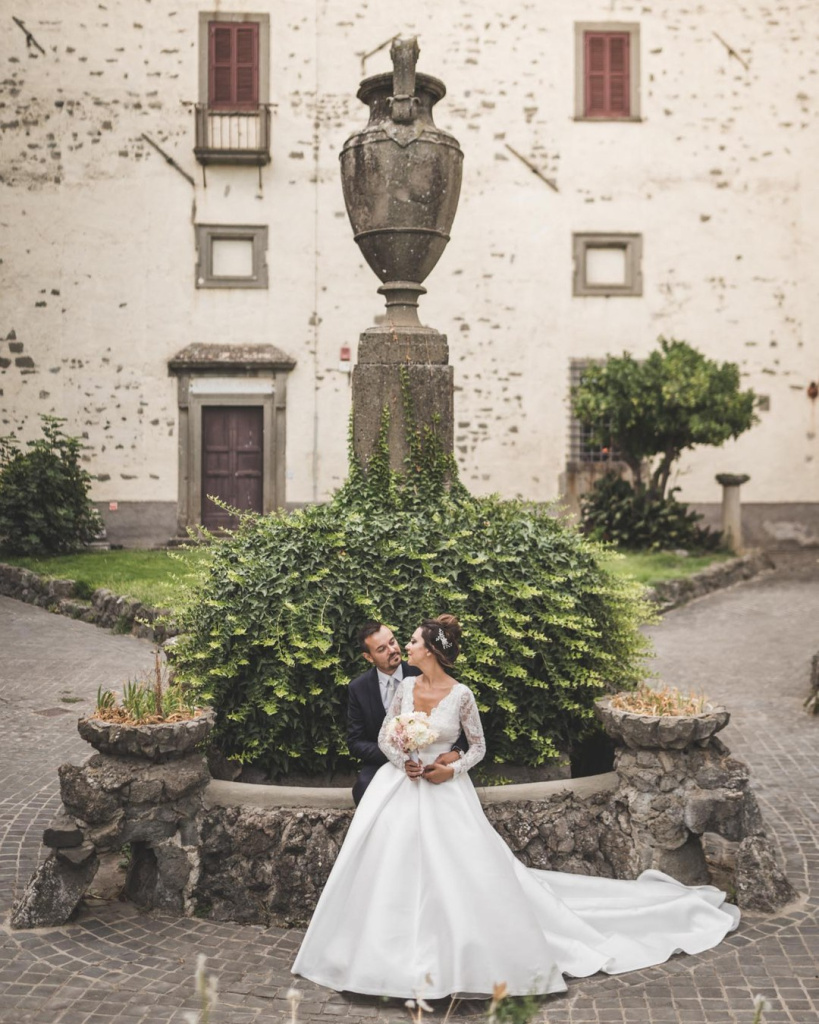
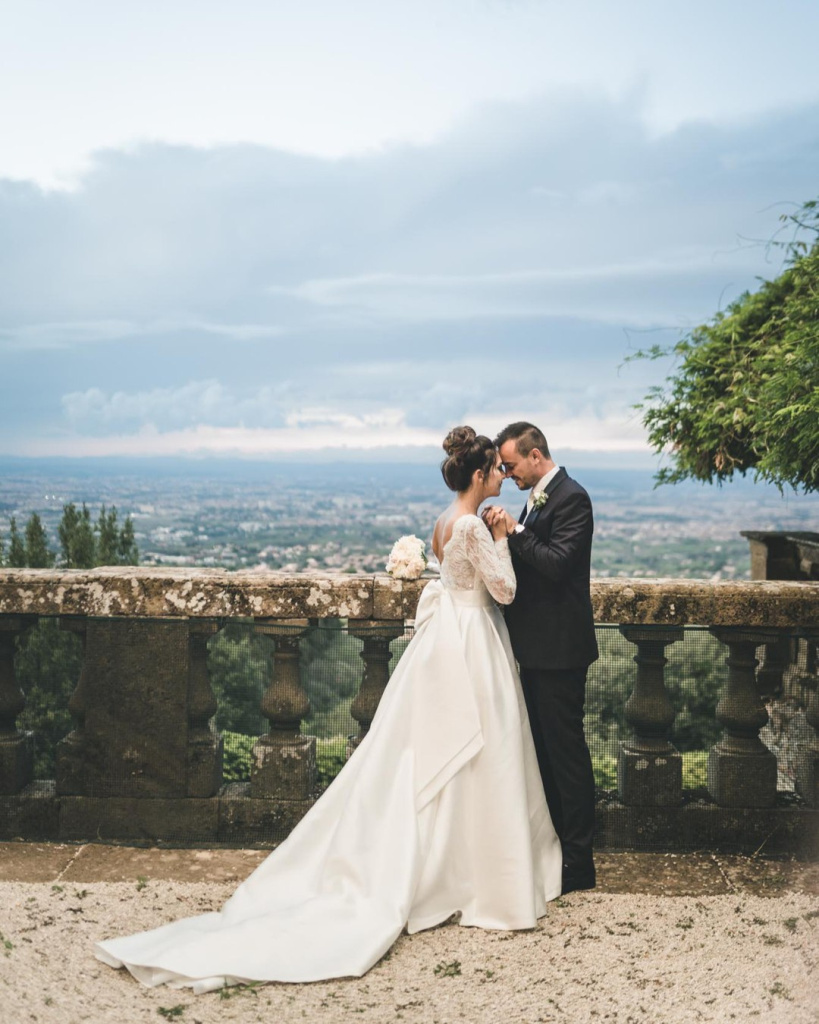
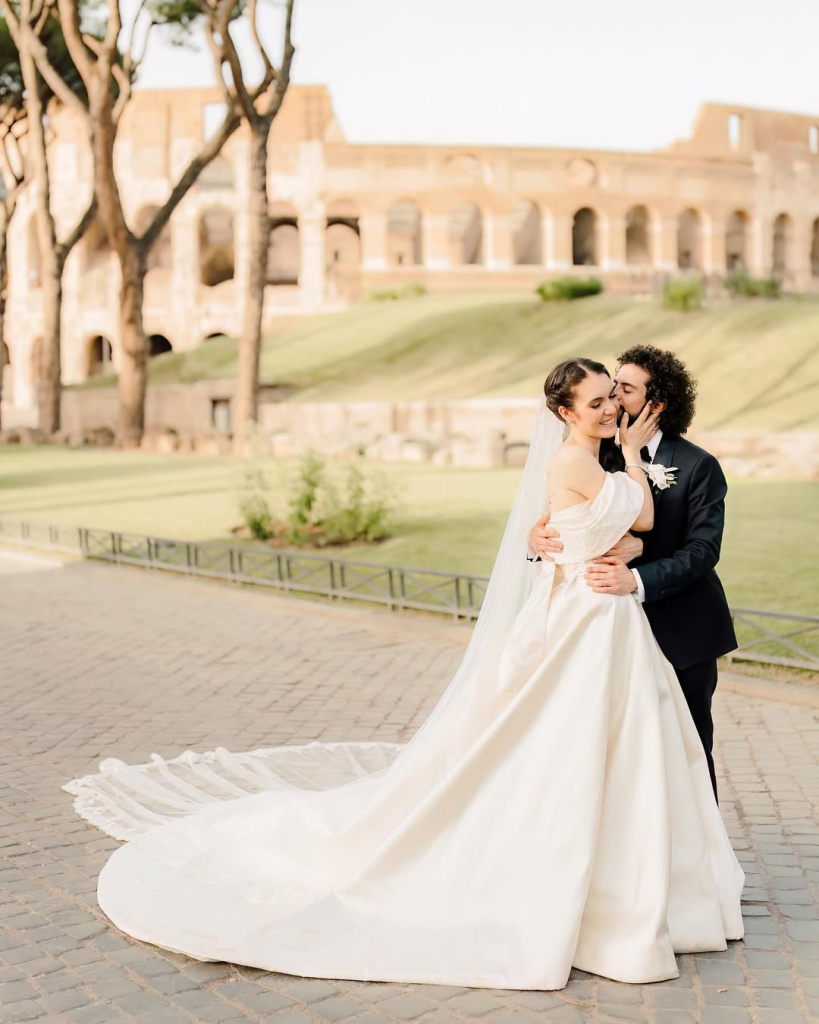
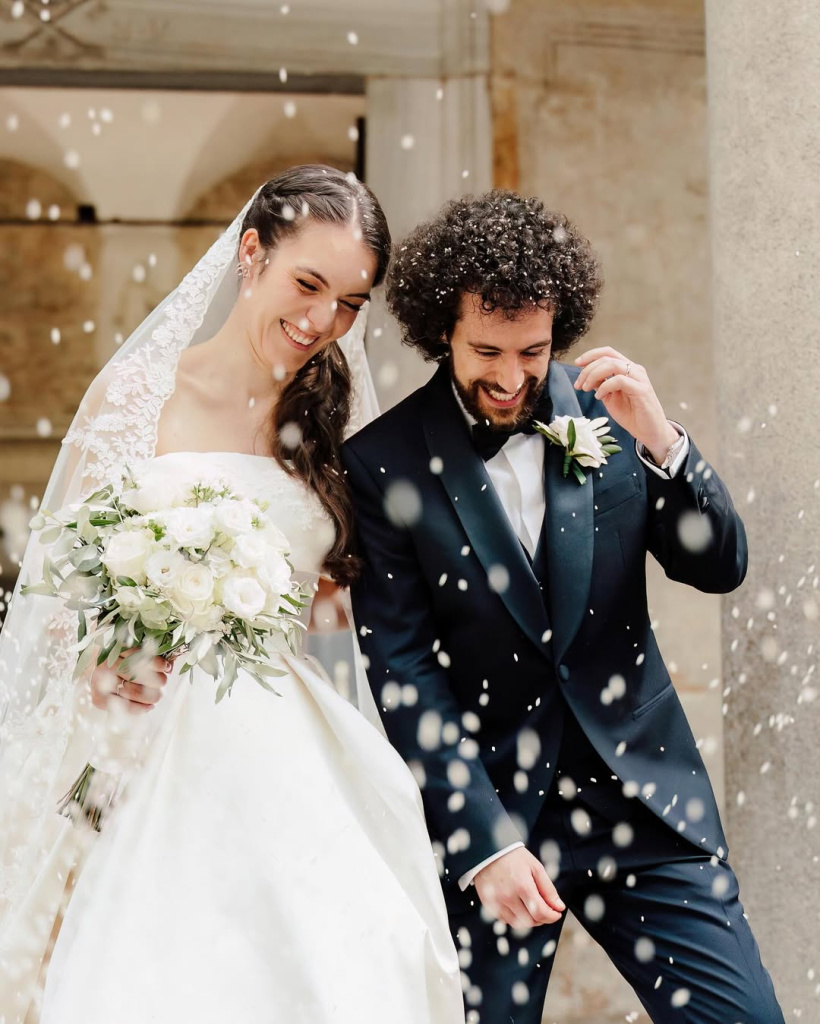
Same-Sex Marriage: As of 2016, same-sex civil unions are legally recognized in Italy. However, they must follow similar steps to those outlined for civil marriage.
Legalization and Apostille: Depending on your home country, the documentation you submit may need to be apostilled (an international certification comparable to a notarization). Check with your local Italian consulate and your local authorities at home about whether an apostille will be necessary for your documents.
Budgeting for a Destination Wedding in Italy
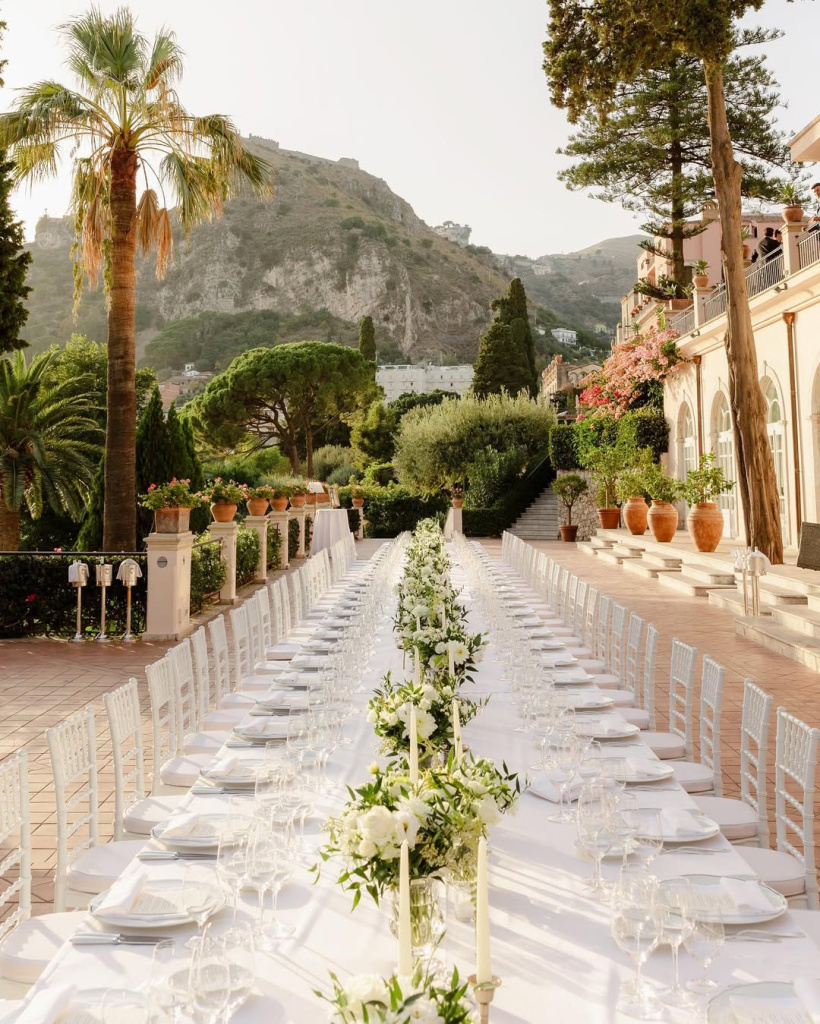
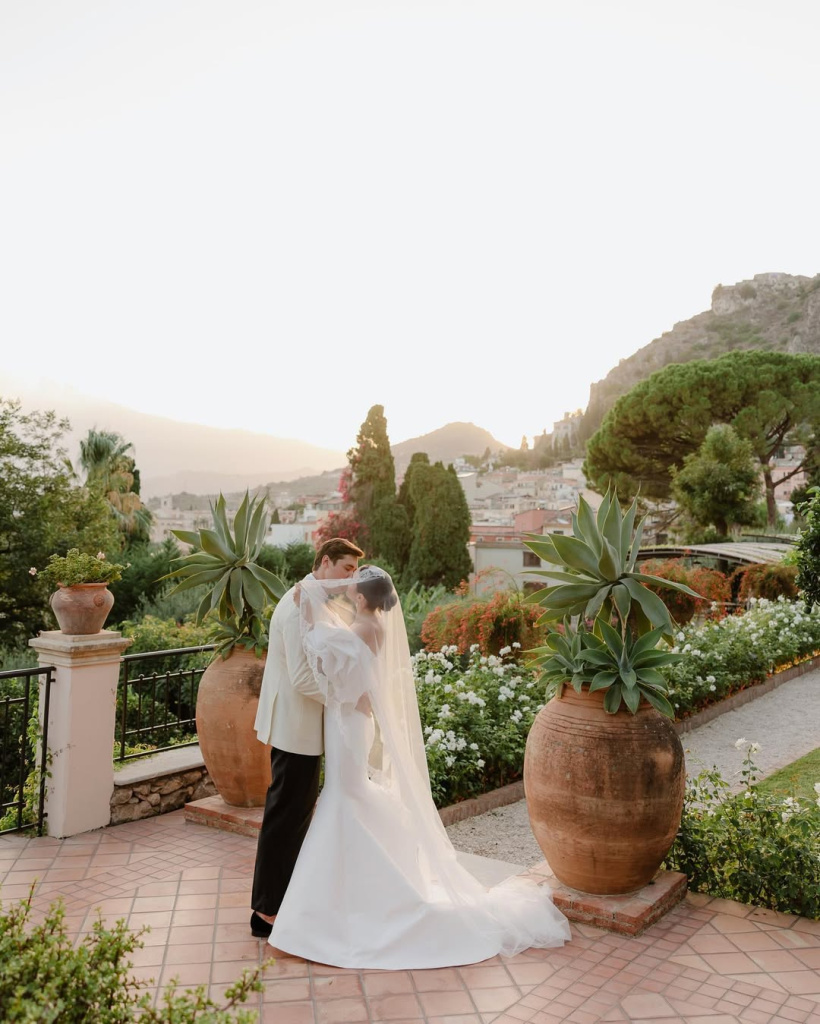
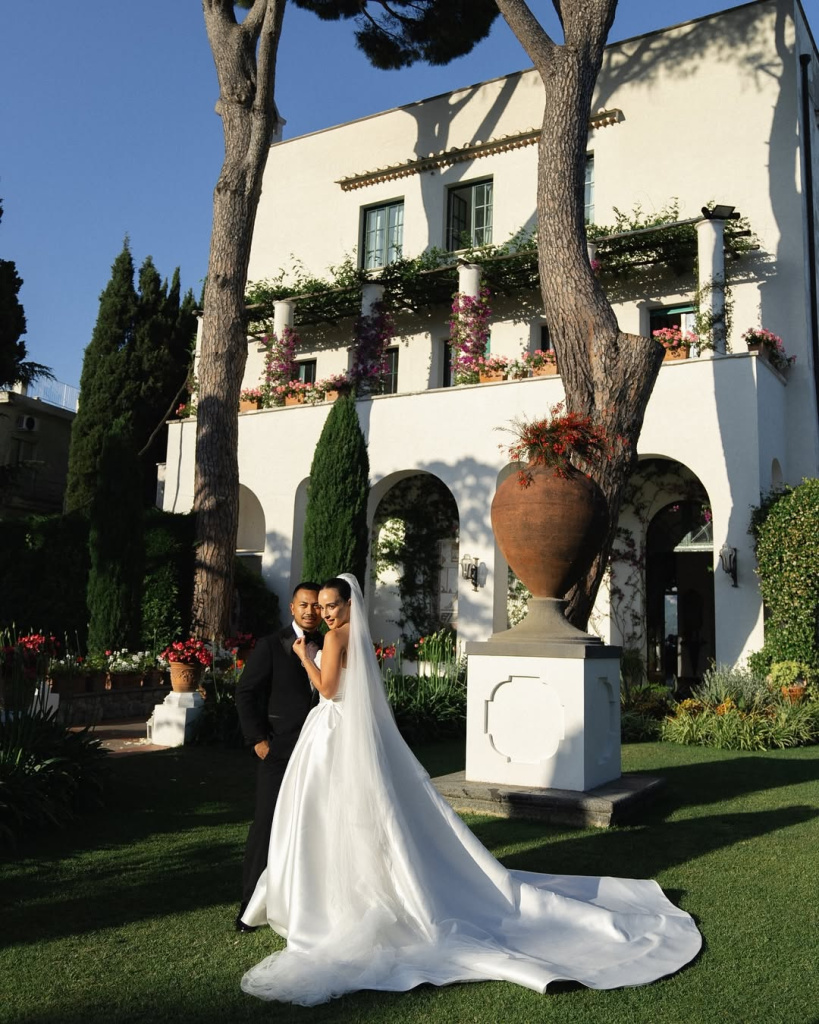
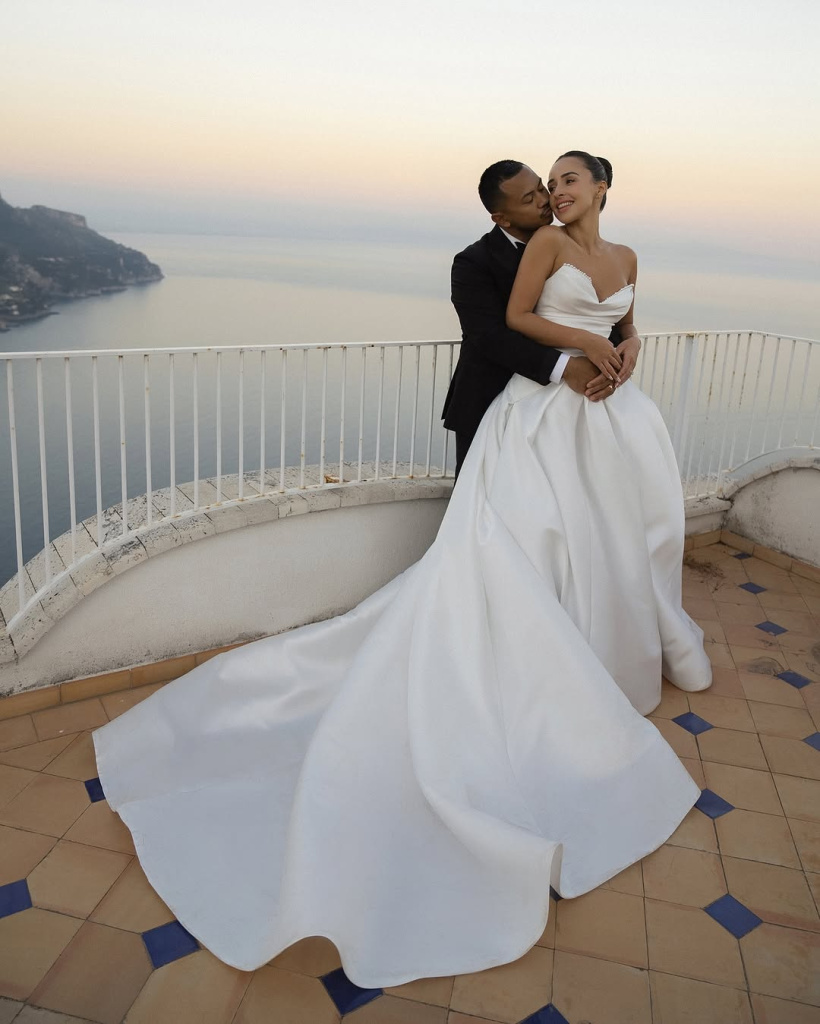
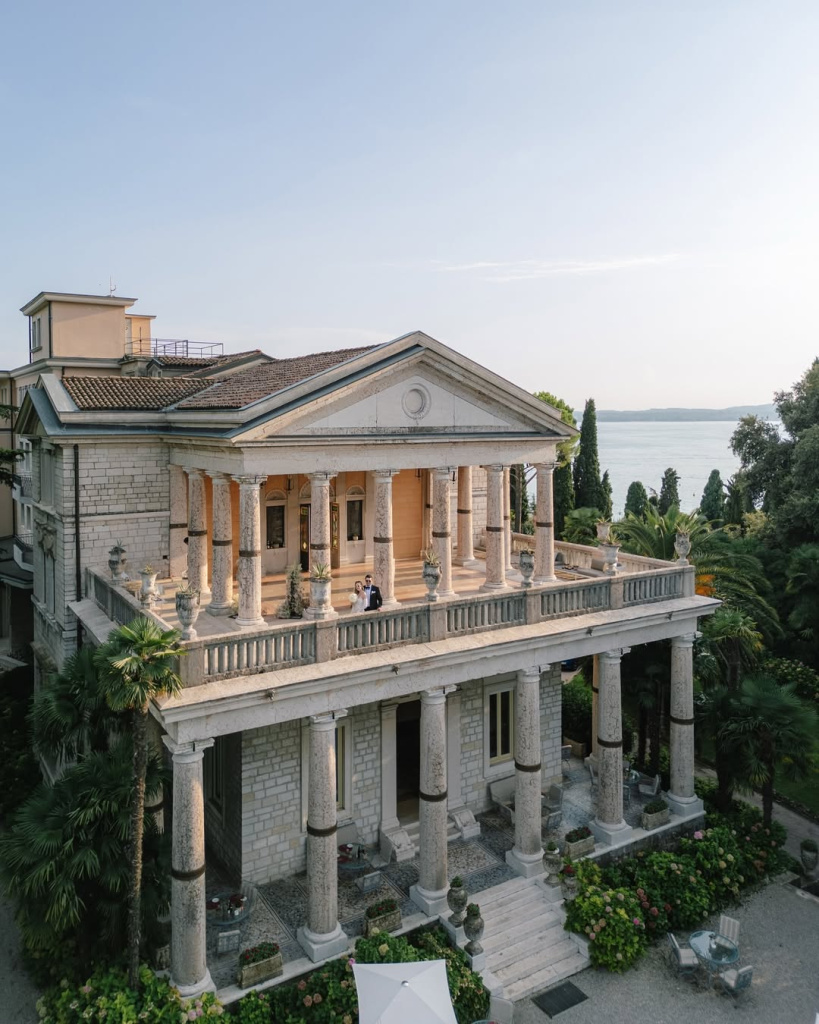
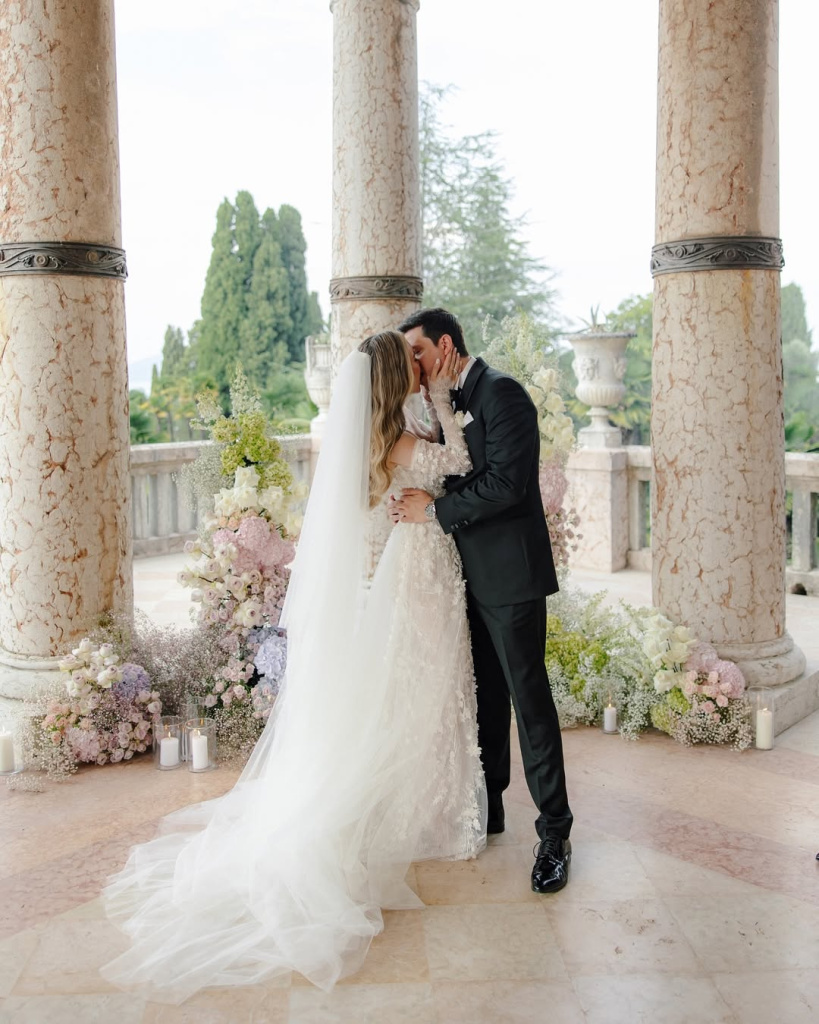
Planning a destination wedding in Italy is a dream for many couples, but managing the budget effectively is essential to make that dream a reality without financial strain. This destination wedding guide provides a thorough breakdown of how to navigate and optimize the financial aspects of your wedding in Italy, ensuring that you maximize every dollar of your budget.
Understand the Main Cost Factors
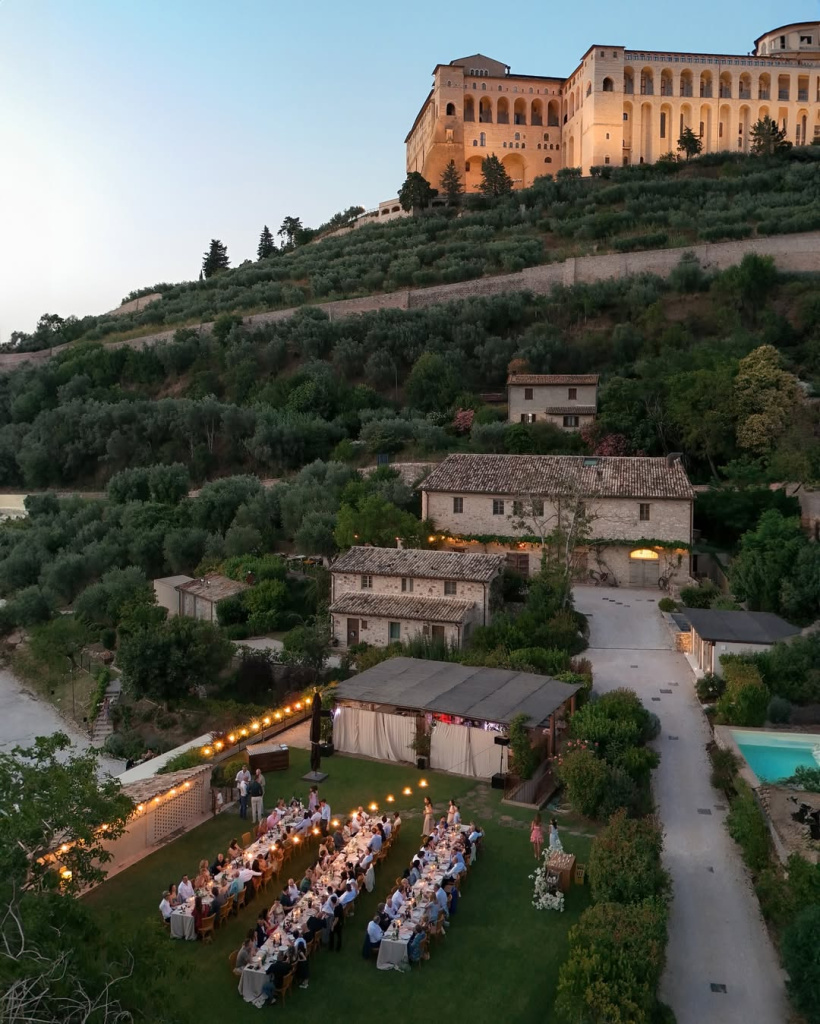
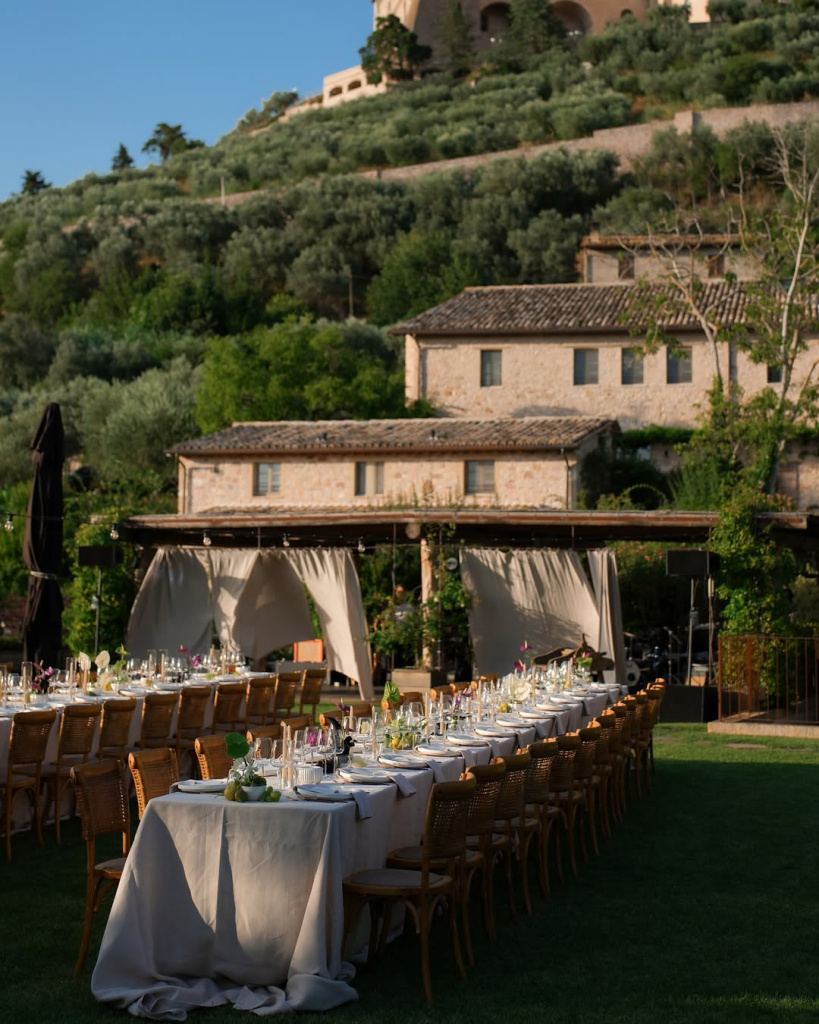
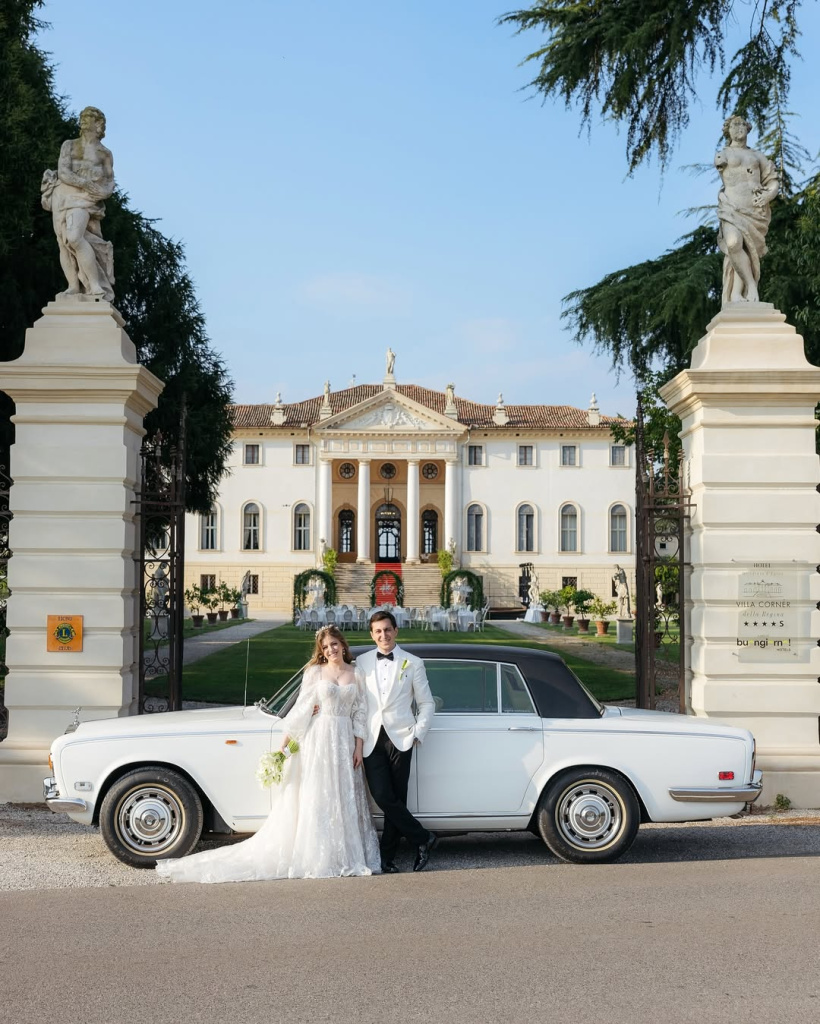
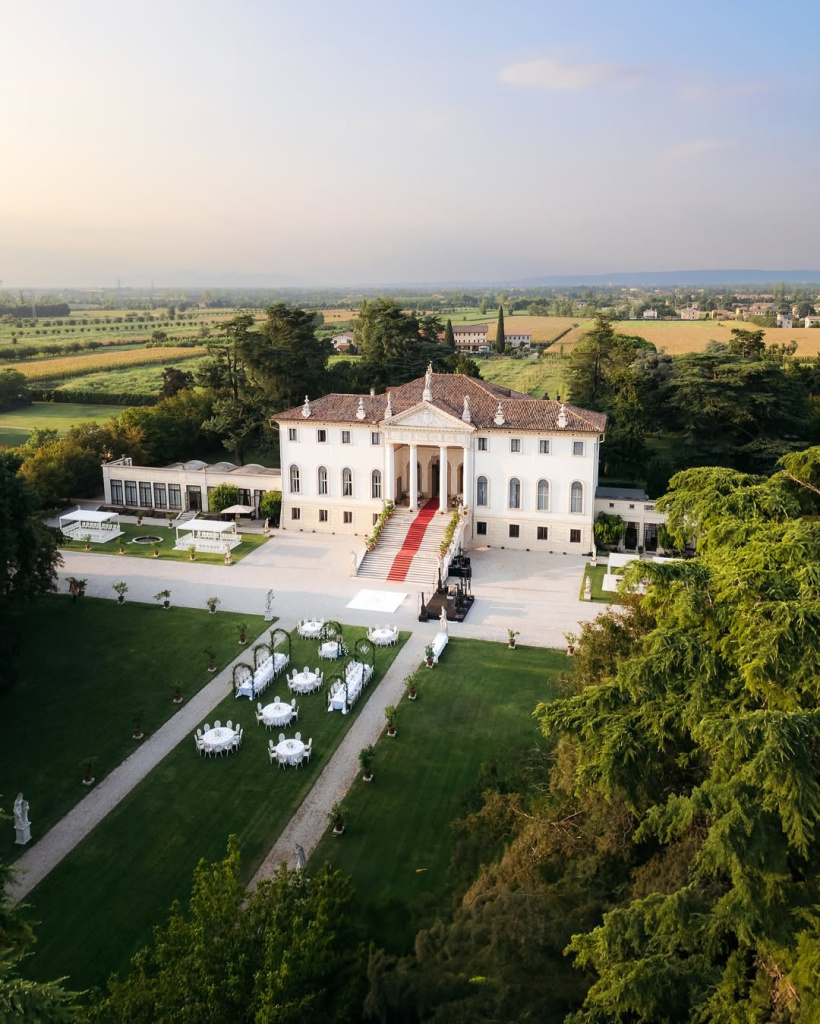
- Venue: This is often the largest expense. Costs can vary dramatically based on the location (e.g., Tuscany, Amalfi Coast, Lake Como), the type of venue (e.g., castle, villa, farmhouse), and the time of year. Exclusive venues can charge anywhere from €10,000 – €25,000.
- Catering: Italian weddings often feature extensive menus. The cost can range from €100 to over €250 per person, depending on the sophistication of the menu and the reputation of the caterer.
- Accommodation: If you're covering accommodation for guests, this can significantly increase your budget. Group rates at hotels or renting a large villa can be cost-effective solutions.
- Transportation: Consider the cost of transporting guests, especially if your venue is remote. Providing a shuttle service from the nearest major city or airport can help.
- Photography and Videography: These are essential for capturing your special moments. Prices can vary widely, typically starting from €2,000 up to €30,000 or more, depending on the experience of the photographer/videographer and the length of coverage required.
- Decor and Flowers: Depending on your style and the natural beauty of your venue, decor costs can vary. A basic setup might start around €3,000, with more elaborate designs going above €10,000.
- Entertainment: From DJs to live bands or traditional Italian musicians, entertainment can range from €500 to €4,000.
- Wedding Planner: Especially important for a destination wedding, planners can take 10-15% of the total wedding budget, but they're crucial for handling logistics and negotiations.
Tips for Effective Budgeting
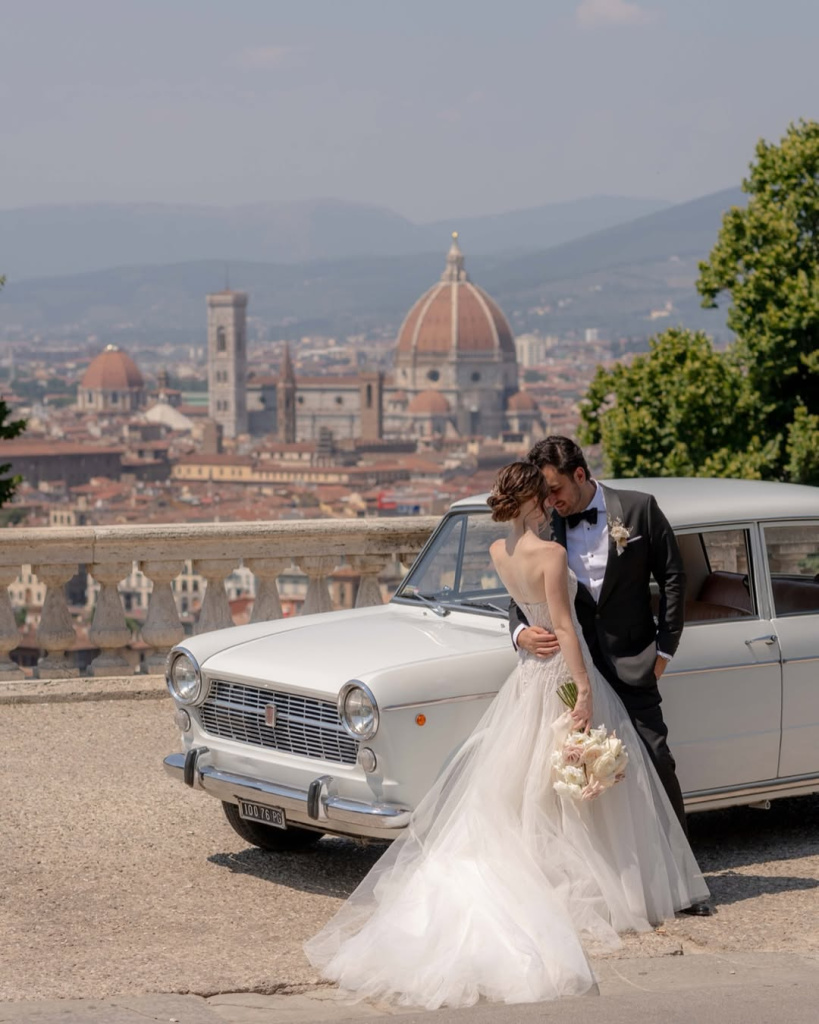
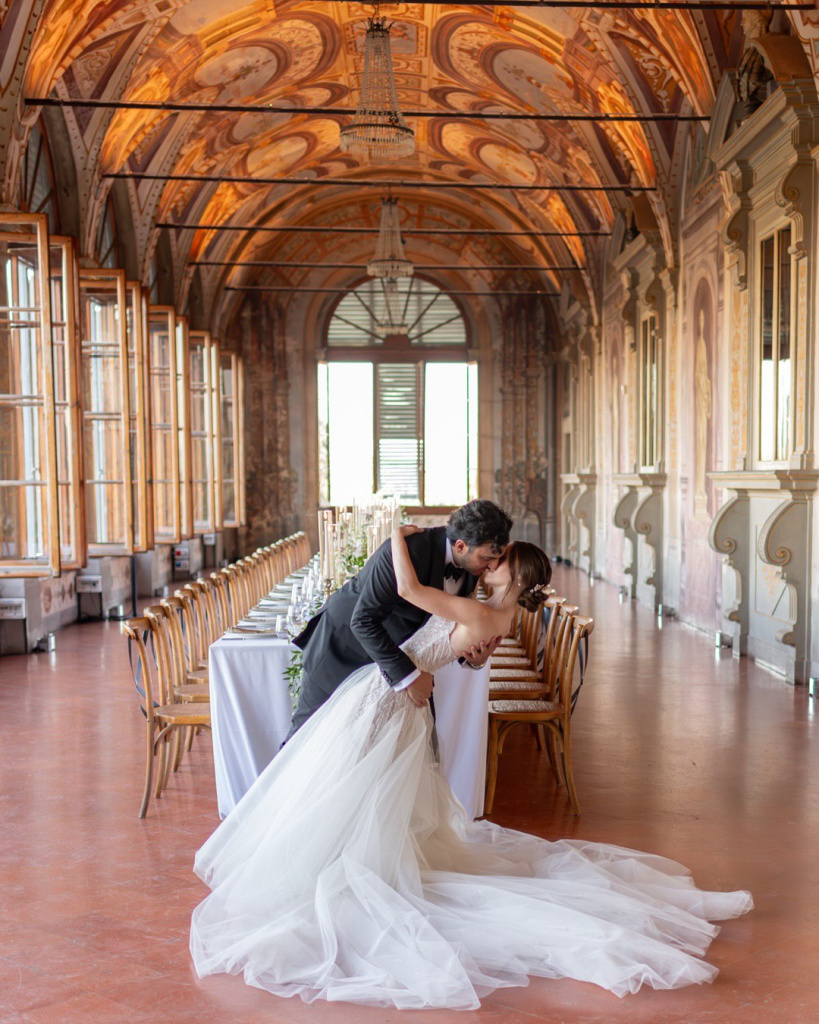
- Prioritize Your Spending: Decide what’s most important to you (e.g., an amazing venue, top-notch food, exceptional photography). Allocate more of your budget there and cut back in other areas.
- Be Flexible with Dates: Marrying off-season (early spring or late autumn) can save costs on venues and suppliers who often offer lower rates during these times.
- Local Vendors: Opting for local florists, musicians, and caterers can reduce costs significantly compared to bringing vendors from home or from other parts of Italy.
- Plan for Extra Expenses: Include a buffer of 10-15% in your budget for unexpected expenses. These can include last-minute decor enhancements, guest transport issues, or other unforeseen costs.
- Currency and Tax Considerations: Keep in mind the exchange rate fluctuations and international transaction fees if you're paying from abroad. Also, VAT in Italy is typically 22%, which can significantly impact your total budget.
- Negotiate with Vendors: Don’t hesitate to negotiate prices. Vendors are often willing to offer discounts, especially if you're booking multiple services or during the less busy season.
- DIY Where Possible: For certain elements like wedding favors or small decor details, consider DIY options that can add personal touches at a lower cost.
- Legal and Administrative Costs: Don’t forget to budget for the legal paperwork, which can include translation and legalization costs, and may add up to several hundred euros.
Sample Budget Breakdown


To give you a rough idea, here’s a sample budget for a wedding in Italy with 100 guests:
- Venue: €20,000
- Catering: €20,000
- Accommodation: €10,000
- Transportation: €2,000
- Photography+Videography: €25,000
- Decor/Flowers: €7,000
- Entertainment: €3,000
- Wedding Planner: €25,000
- Miscellaneous (including legal fees): €2,000
Total Estimate: €114,000
Remember, these numbers can vary widely based on your specific choices and needs. Effective budgeting and planning are key to ensuring that your destination wedding in Italy is both magical and financially manageable.
Italian Destination Wedding Planning Guide: Choosing the Right Planner
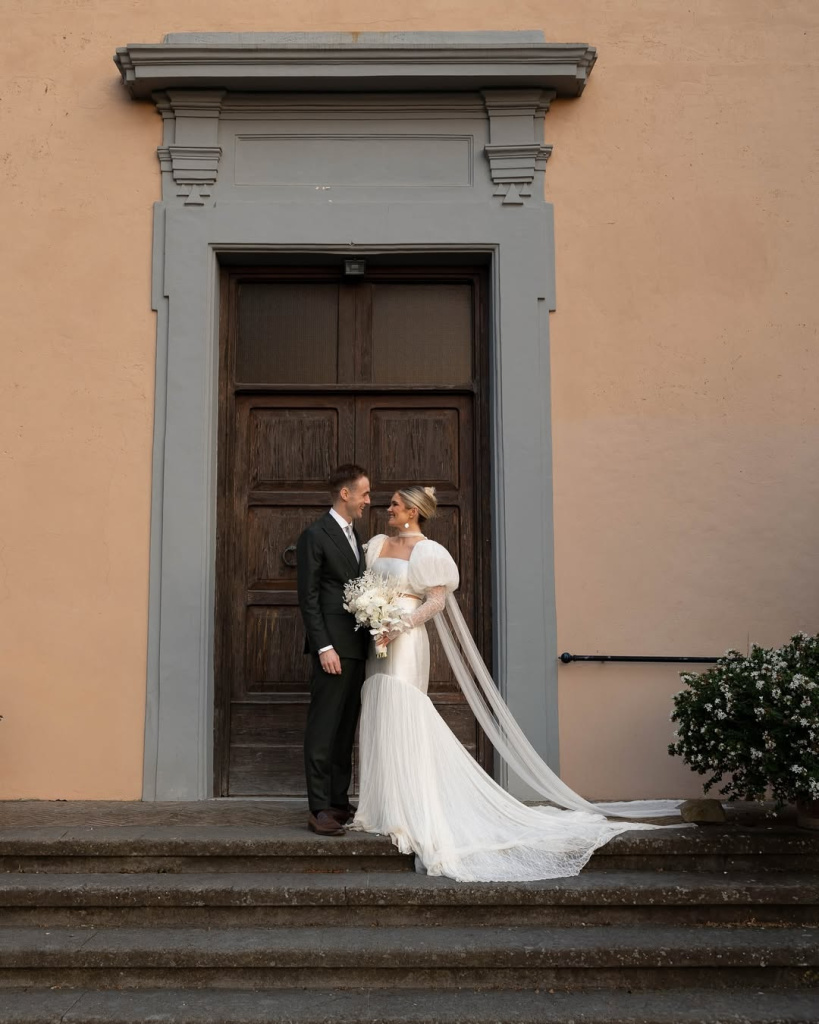
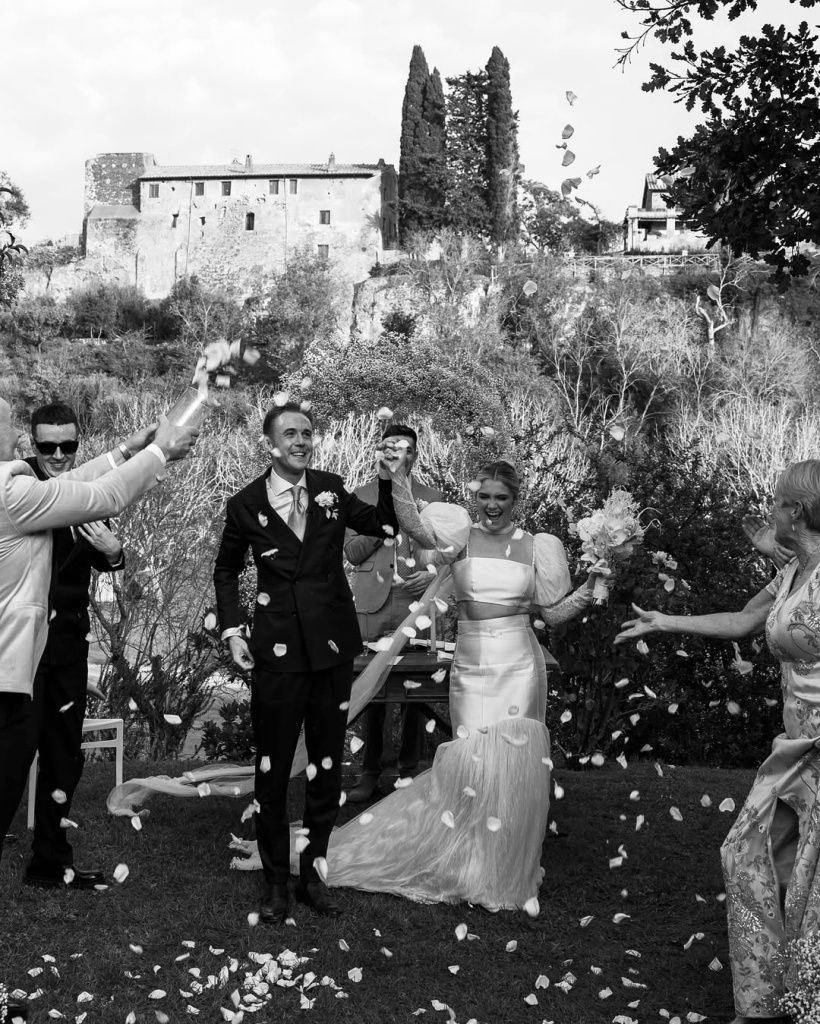
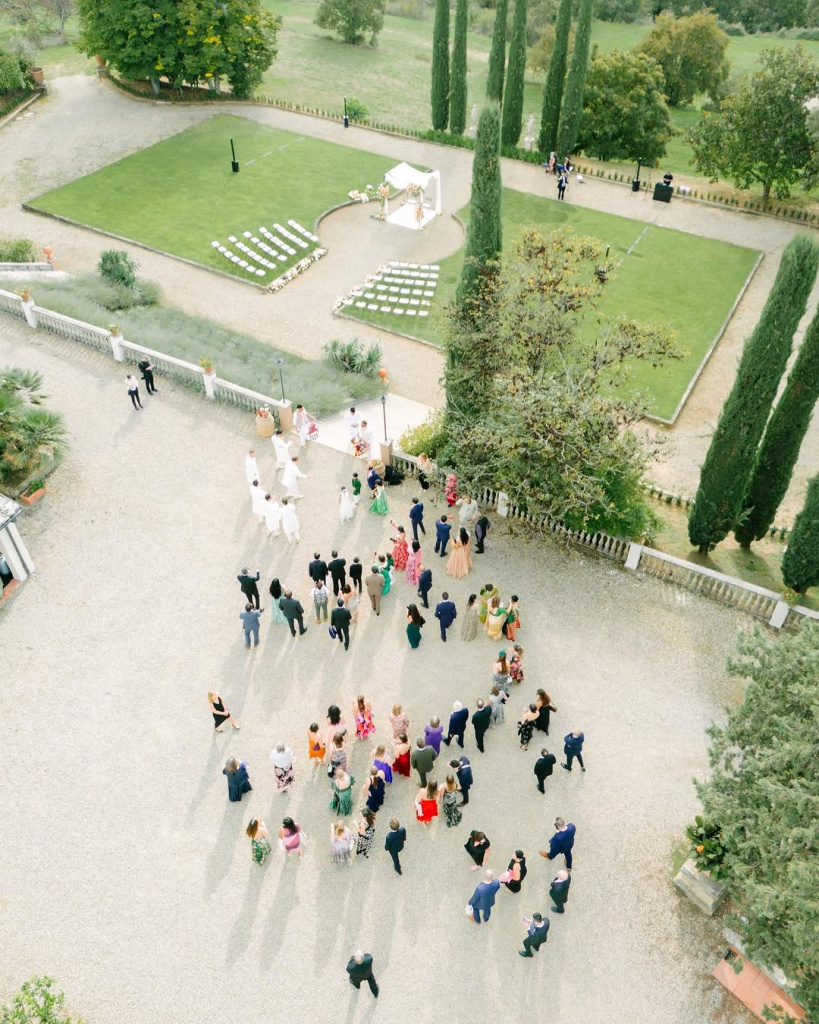
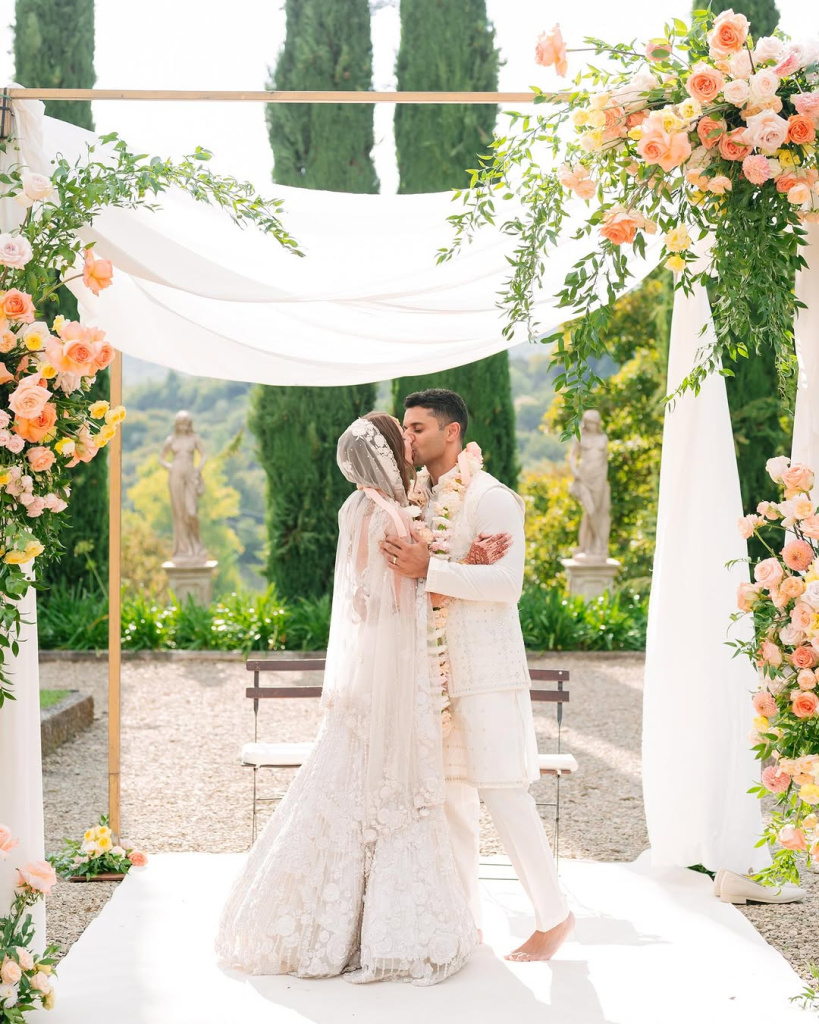
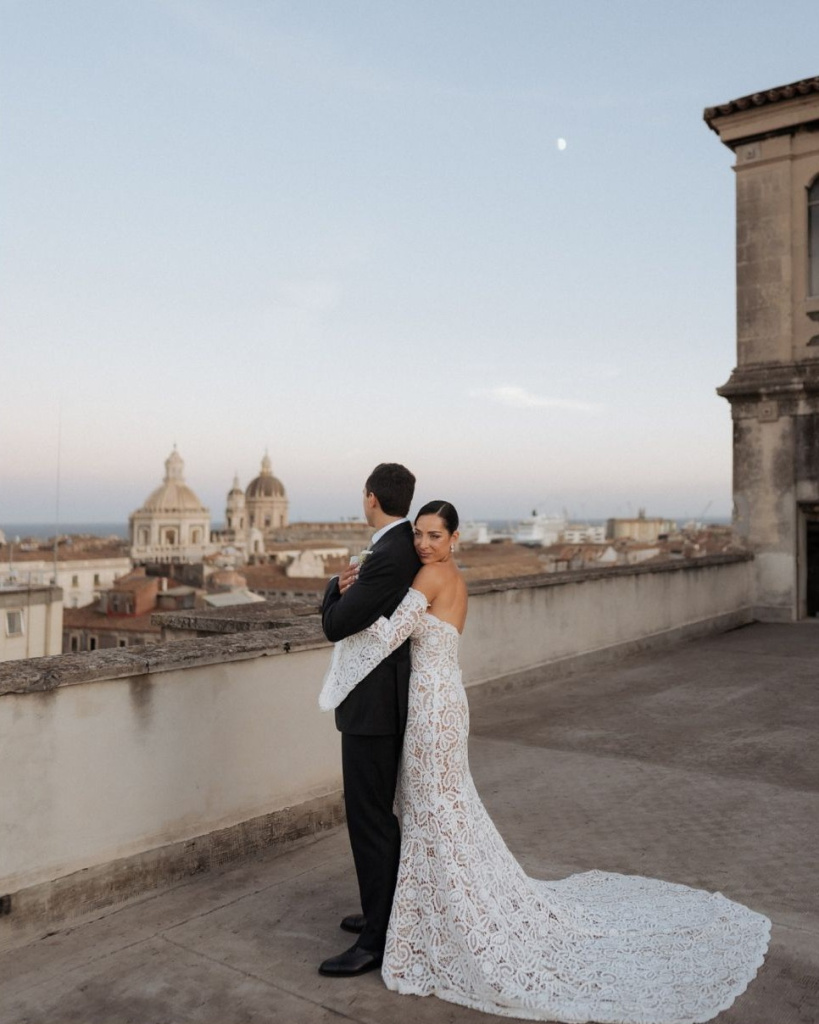
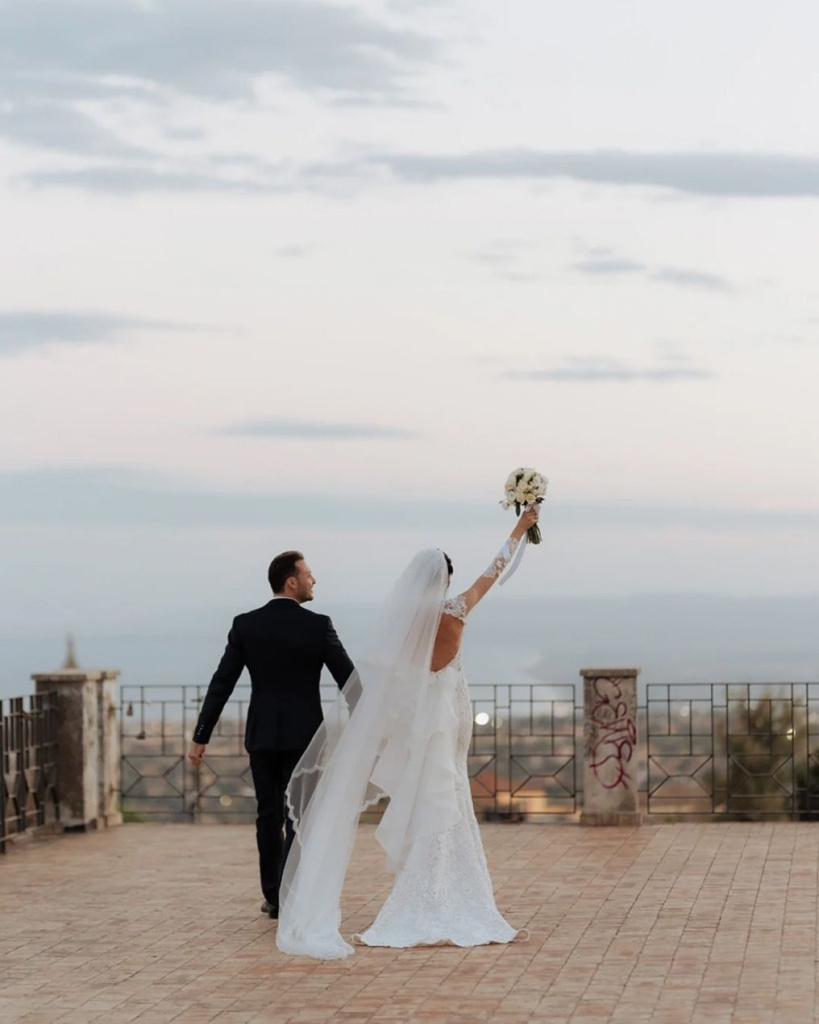
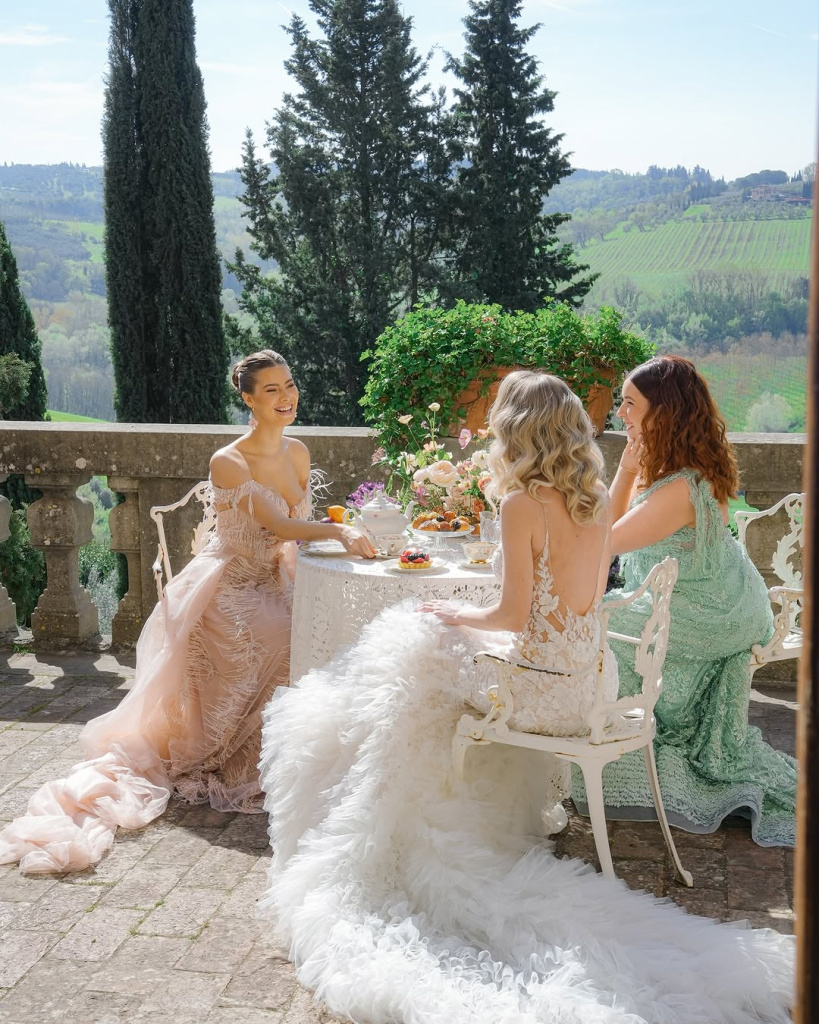
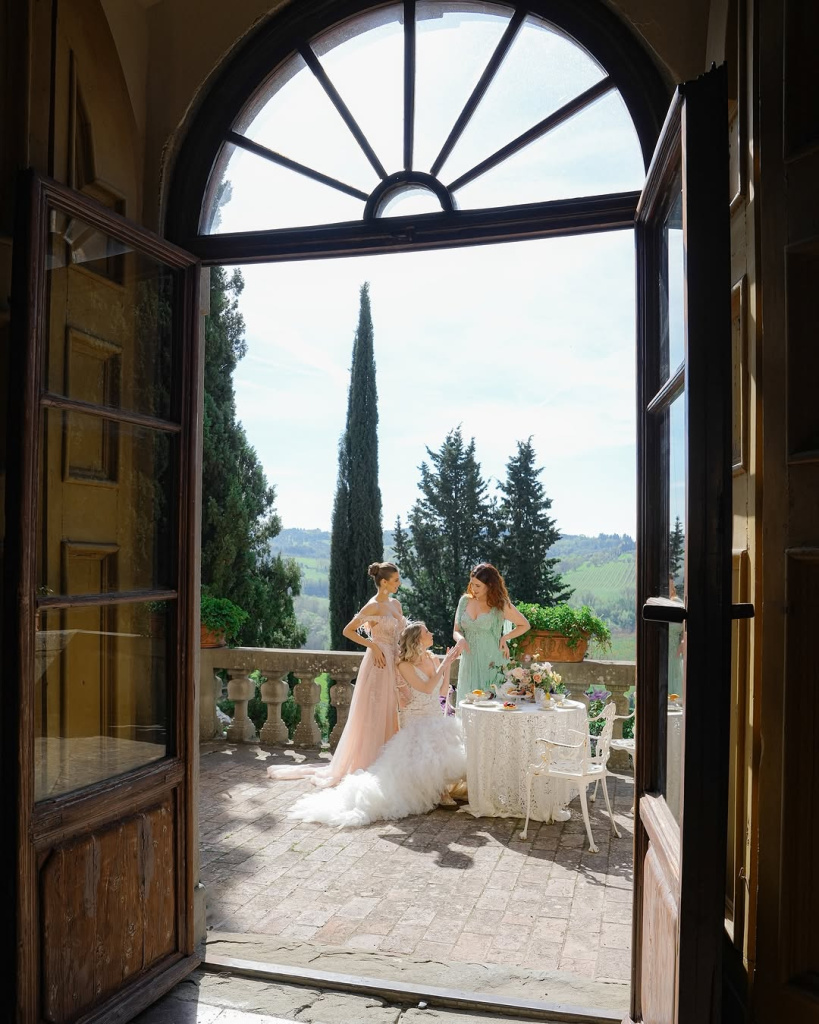
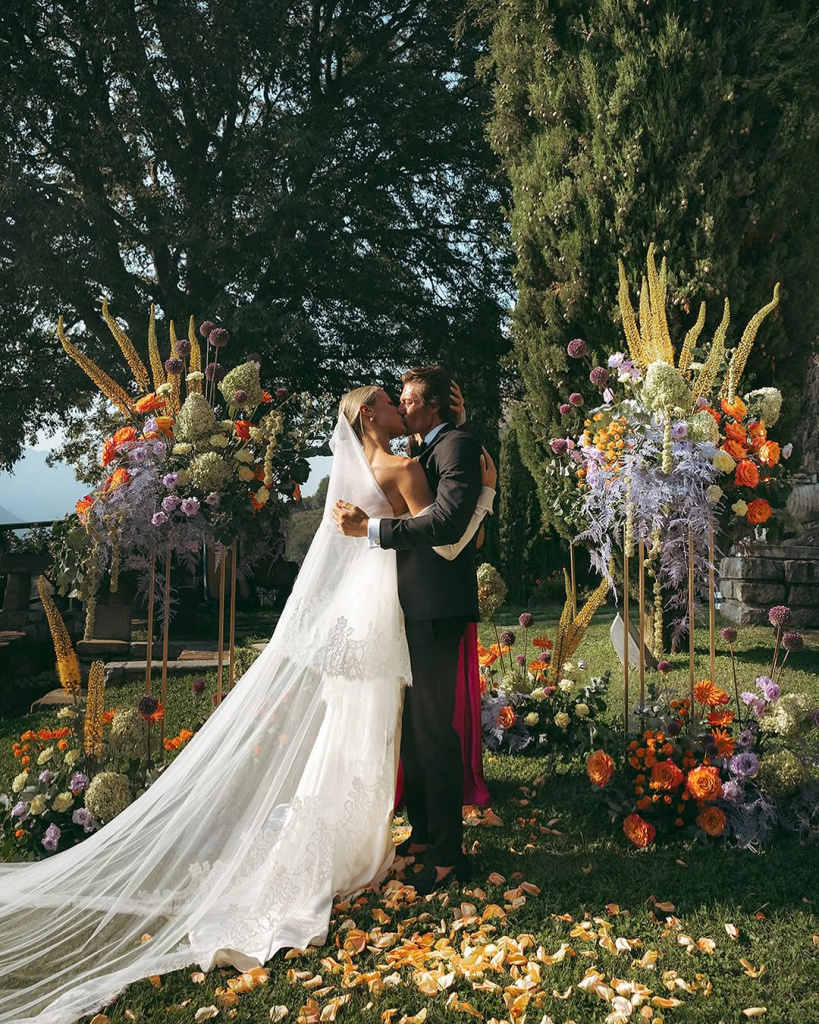
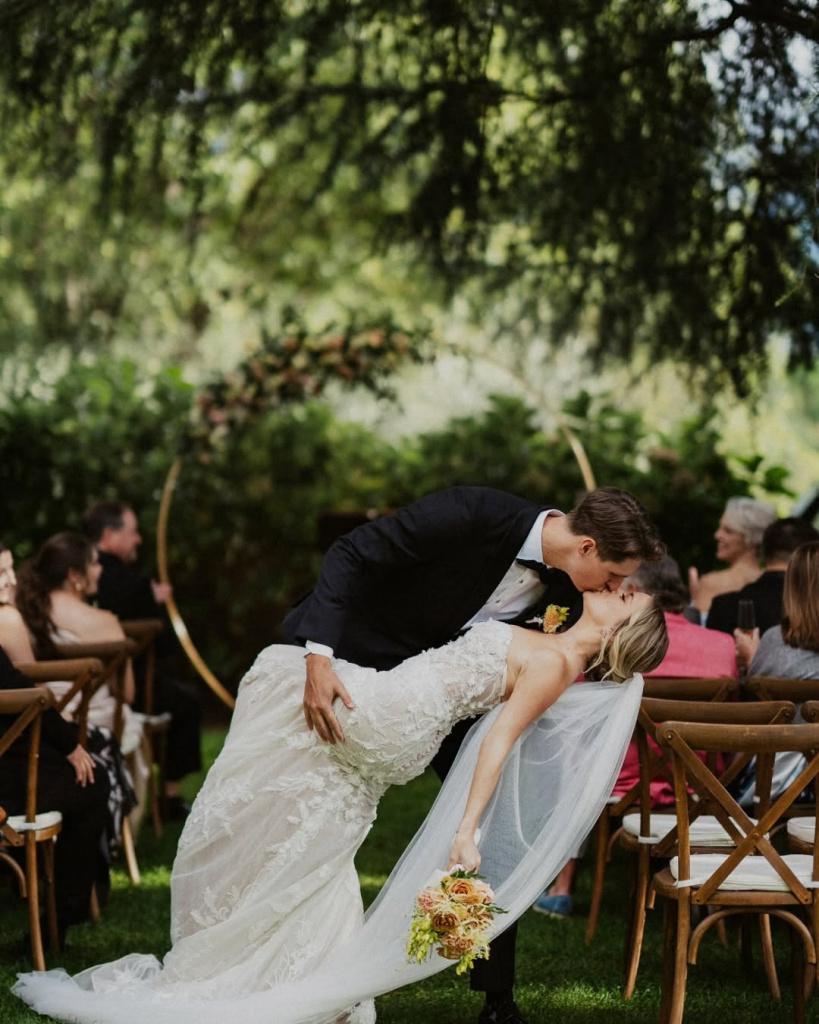
Selecting the right wedding planner is a critical step in ensuring your destination wedding in Italy is as seamless and stress-free as possible. A wedding planner not only assists with logistics and coordination but also serves as your local expert on the ground, bridging cultural and language barriers, and connecting you with top vendors. This section of our ultimate guide to plan a perfect wedding in Italy offers insights on how to ensure you choose the right wedding planner for your Italian nuptials.
Understand the Role of a Wedding Planner
A wedding planner’s duties encompass a wide range of tasks, including:
- Vendor Coordination: They liaise with vendors—from venues, caterers, florists, and photographers, to entertainment—and ensure all parties are aligned with your vision and timeline.
- Budget Management: They help you set a realistic budget and keep your spending on track.
- Legal and Logistical Support: This includes helping with contracts, marriage paperwork, and navigating local laws.
- Design and Styling: Many planners also offer design services, helping you choose themes, colors, and decorations that fit your style and the venue.
- Day-of Coordination: On your wedding day, they ensure everything runs smoothly, from the ceremony to the reception.
Criteria for Choosing a Wedding Planner
When selecting a wedding planner, consider the following criteria:
- Experience: Look for a planner with specific experience in destination weddings in Italy. They should have a solid track record of successfully managing weddings in the region where you plan to marry.
- Local Knowledge: Your planner should have excellent local knowledge and contacts. This is crucial for navigating local nuances and for accessing the best venues and vendors.
- Communication: Choose someone who communicates clearly and promptly. Remember, you’ll be coordinating from afar, so it’s important that your planner is responsive and can keep you updated.
- Language Skills: If you don’t speak Italian, it’s beneficial to have a planner who is fluent in both English and Italian to overcome any language barriers with local vendors.
- Reviews and References: Check reviews and ask for references. Speaking to previous clients can give you insights into a planner’s strengths and weaknesses.
- Personality Fit: Your wedding planner will be your guide throughout this journey, so it’s important that their personality and approach resonate with you. You should feel comfortable and trust them implicitly.
- Services Offered: Some planners offer full-service packages, while others may provide specific services (like day-of coordination). Make sure their offerings match your needs.
Questions to Ask Potential Wedding Planners
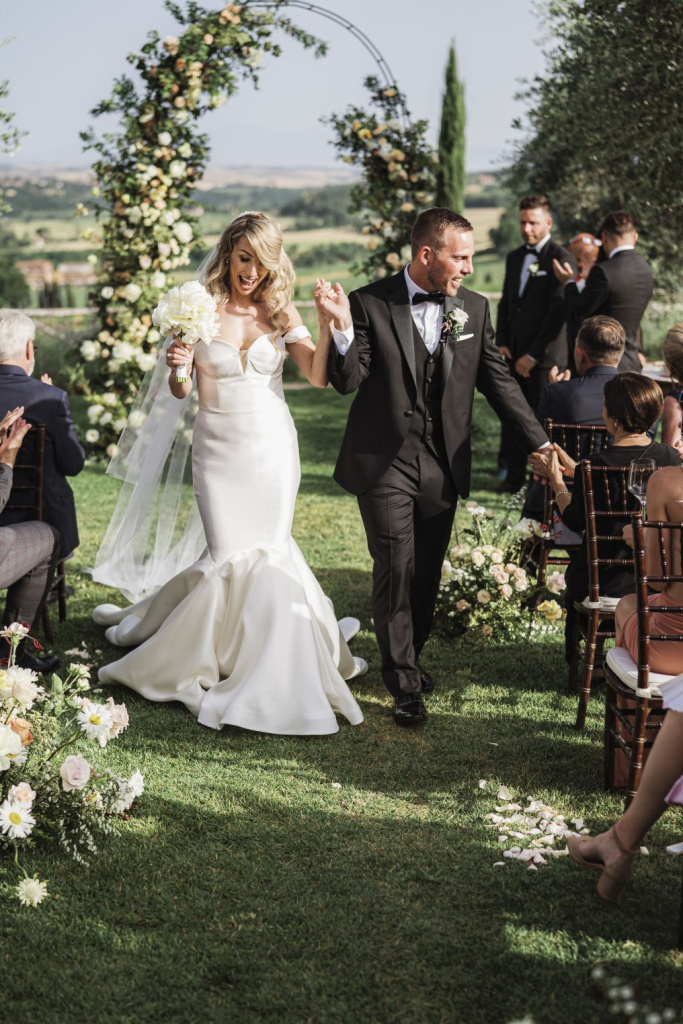
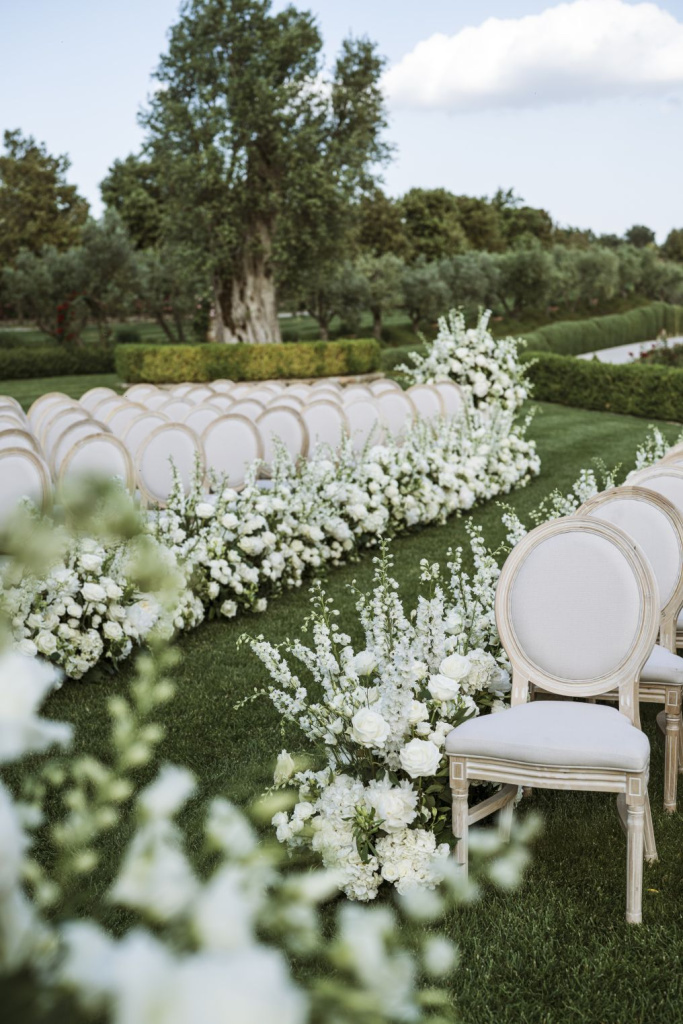
When interviewing potential wedding planners, consider asking the following questions:
- How many destination weddings have you planned in Italy?
- Can you provide references from past clients?
- What is your approach to budget management and vendor negotiations?
- How do you handle communication and updates with international clients?
- What contingency plans do you have in place for unexpected issues?
- Can you assist with the legal requirements for marrying in Italy?
- What is your fee structure, and what services are included?
With the right person by your side, you can enjoy the planning process and look forward to a beautiful celebration of your love in one of the world’s most romantic destinations.
The Ultimate Guide to Destination Weddings in Italy: Selecting the Perfect Venue
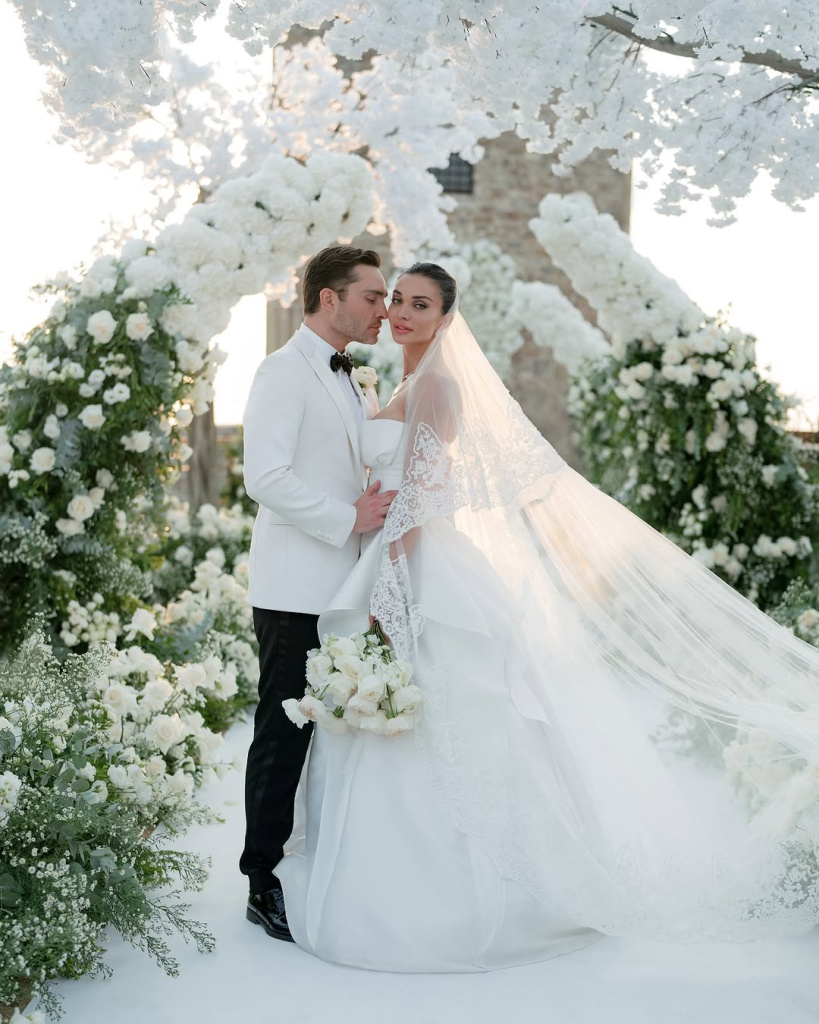

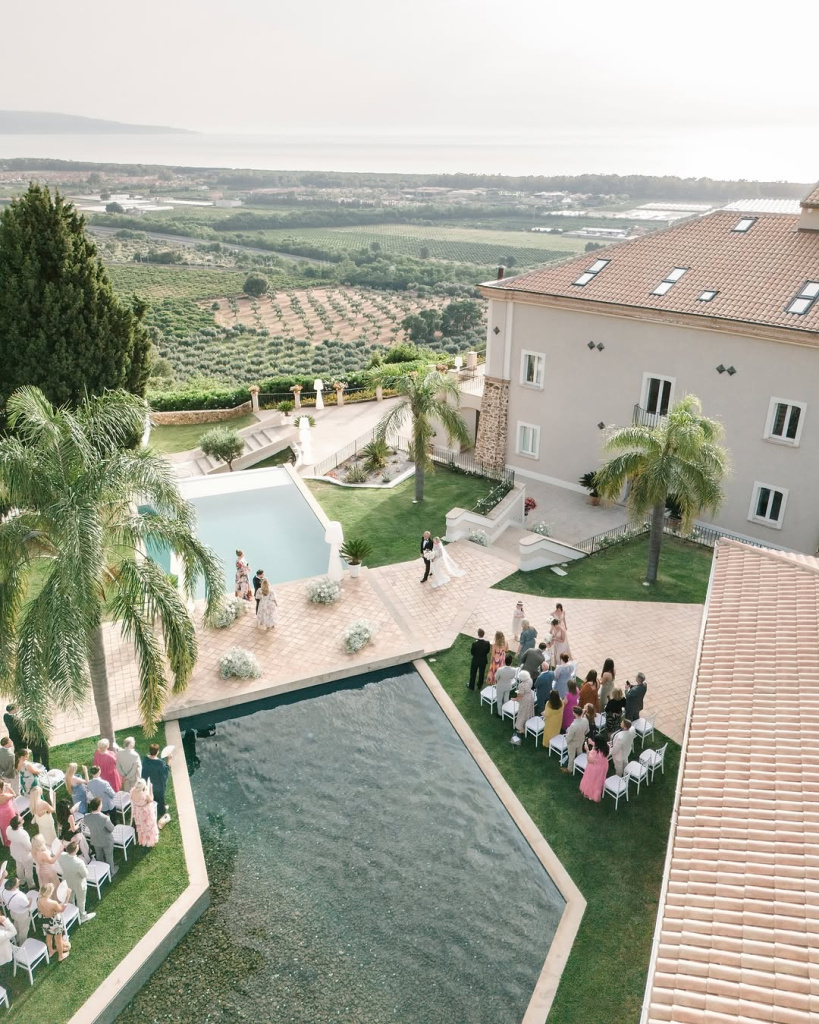
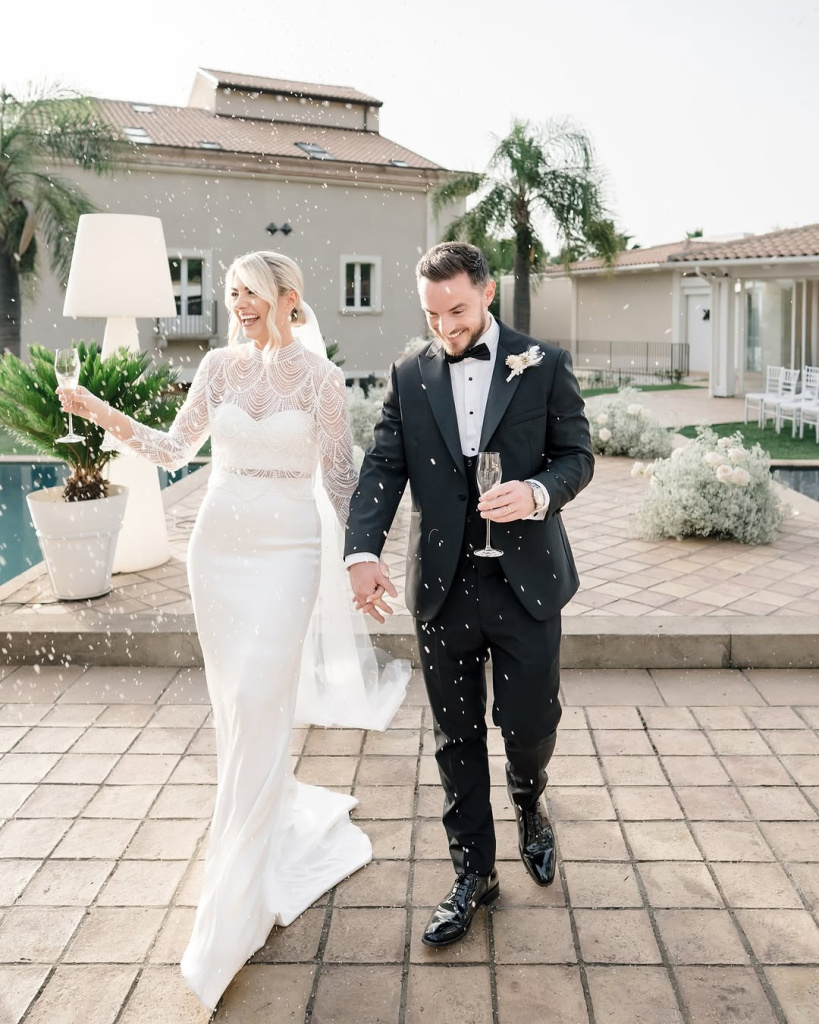
Choosing the right venue is arguably one of the most important decisions you'll make for your destination wedding in Italy. The venue sets the tone for the entire event and influences everything from the style and timing to the logistics and overall guest experience. This ultimate guide to planning a wedding in Italy provides detailed advice on how to approach selecting the perfect venue for your dream Italian wedding, ensuring that every aspect aligns with your vision.
Define Your Vision
Start by defining the style and atmosphere you envision for your wedding. Are you looking for a romantic beachfront ceremony, a lush vineyard wedding, or an elegant affair in a historic castle or villa? Italy offers a diverse array of venue options, each capable of providing a unique backdrop to your special day. Knowing your preferred style will help narrow down the choices.
Consider the Location
Italy’s regions vary dramatically in terms of landscape, climate, and cultural offerings. Some popular options include:
- Tuscany for its rustic countryside and vineyards.
- Amalfi Coast for dramatic seaside views and luxurious resorts.
- Lake Como for opulent villas and breathtaking water views.
- Venice for its romantic canals and historic buildings.
- Rome for a wedding filled with historic significance and urban charm.
Each location offers something different, so consider what will best match your vision and guest experience.
Size and Capacity
Consider how many guests you are expecting and ensure the venue can comfortably accommodate your party. Too small, and the venue feels cramped. Too large, and it may lose the intimate feel. Also, check if the venue has restrictions on guest numbers due to safety codes or other regulations.
Accessibility
Think about the ease of access to the venue for your guests, especially if many are traveling from abroad. Check the availability of local accommodations and transportation options. Venues that are too remote might complicate logistics and increase transport costs.
Venue Services and Amenities
Some venues offer full-service options, which include catering, decoration, and coordination, while others might just offer the space, leaving you to handle the details. Consider what is included and what will need to be organized separately. Also, check the technical facilities, such as lighting and sound equipment, especially if you plan an evening event.
Availability and Timing
Popular venues in Italy book up quickly, especially during peak wedding seasons (late spring to early autumn). Start your search early and have a few dates in mind. Flexibility can be key in securing your ideal venue.
Visit in Person
If possible, visit the venues in person. Photos and videos can only tell you so much. A personal visit allows you to get a feel for the space, understand its layout, and envision how your wedding might look. You can also meet with the venue staff to gauge their professionalism and responsiveness.
Legal and Logistical Considerations
Ensure the venue can legally host a wedding and check if there are any time restrictions (some historical venues may have rules about noise after a certain hour). If planning a religious ceremony on-site, verify that this is permitted and what arrangements are needed.
Cost and Contract
Understand the full cost of the venue rental, including any deposits required and cancellation policies. Review the contract thoroughly before signing to ensure there are no hidden costs or clauses that could affect your wedding day.
Ask for Recommendations
Don’t hesitate to ask for recommendations from your wedding planner, who likely has extensive experience with venues in your chosen area. They can provide insights into which venues consistently deliver excellent service and which might have hidden drawbacks.
Integration with Overall Wedding Theme
Consider how the venue complements your overall wedding theme. For example, a vineyard might be perfect for a rustic, romantic wedding, while a grand villa suits a more formal, elegant affair.
Photography and Videography Tips for Your Italian Wedding
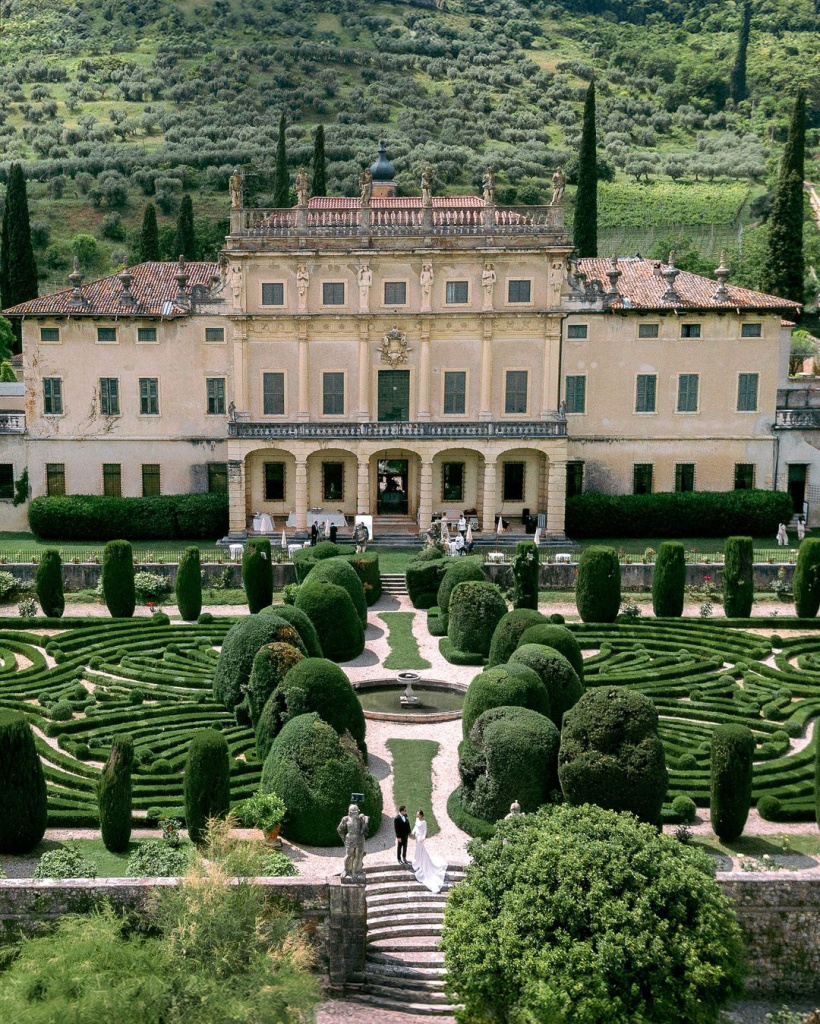
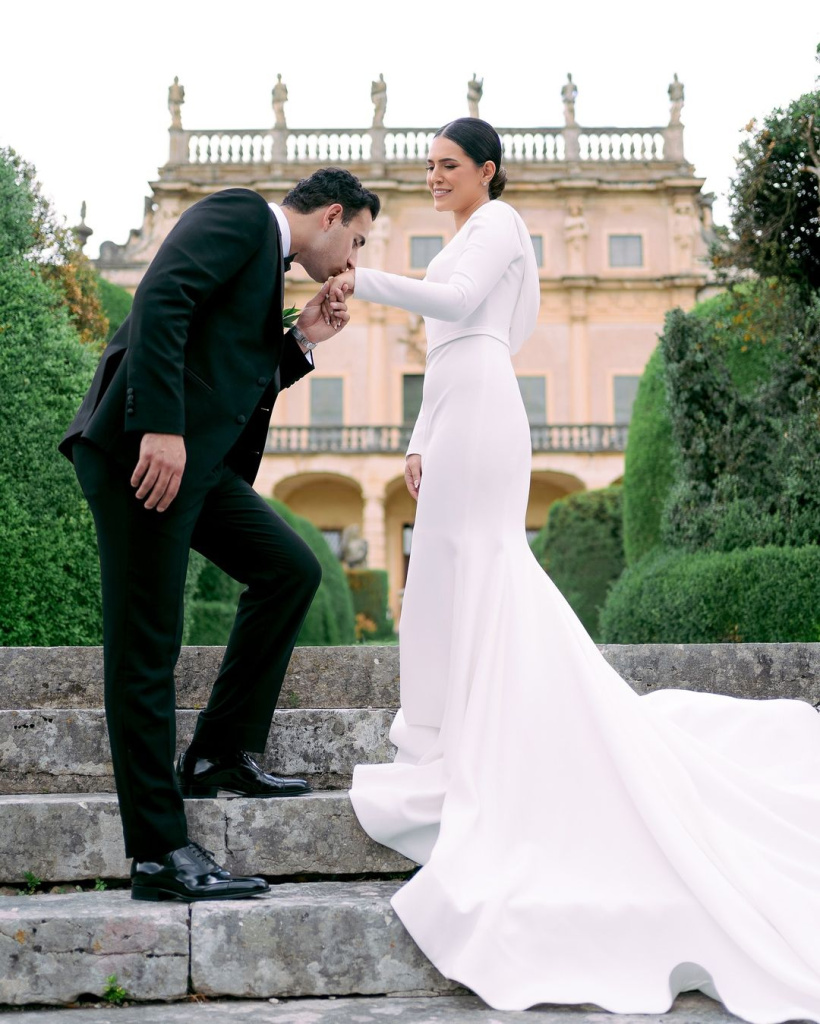
Capturing your Italian wedding through photography and videography is essential for preserving your memories and sharing the beauty of your special day with friends and family who may not be able to attend. With its stunning landscapes and iconic architecture, Italy offers a magnificent backdrop. This complete guide on planning a wedding in Italy includes crucial tips on choosing the right photographers and videographers to capture the essence of your celebration in such a picturesque setting.
Choose the Right Professionals
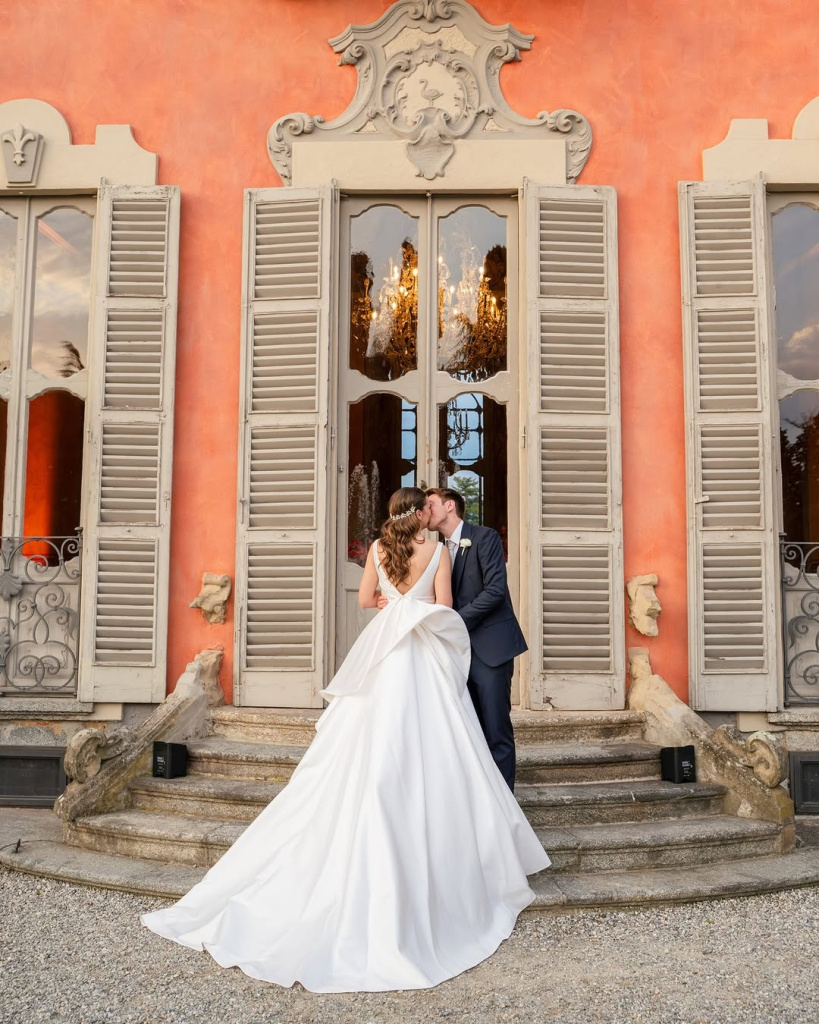
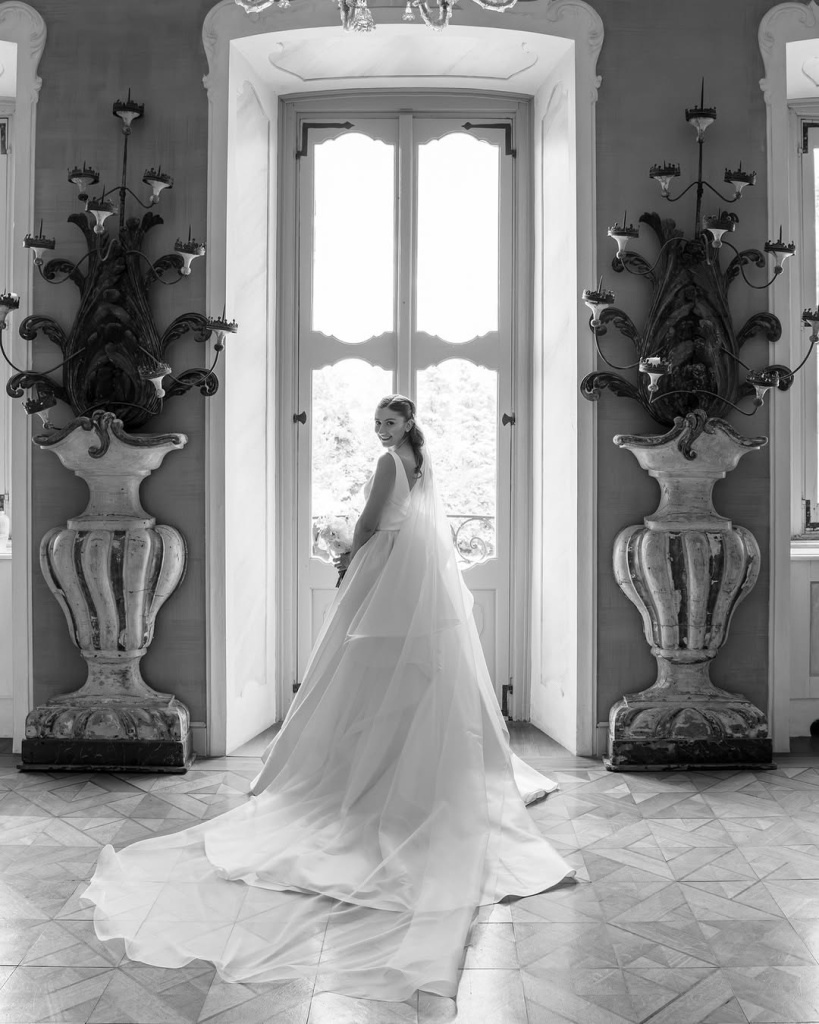
Look for photographers and videographers with specific experience in destination weddings, especially in Italy. They should be familiar with the lighting, scenery, and logistical challenges that may arise in various Italian locales.
Examine their portfolios to ensure their style matches your vision. Look for a blend of candid and posed shots, and see how they capture the essence of the location. Also, check reviews and ask for references from previous clients, particularly those who had weddings in similar settings.
Planning Your Shoot
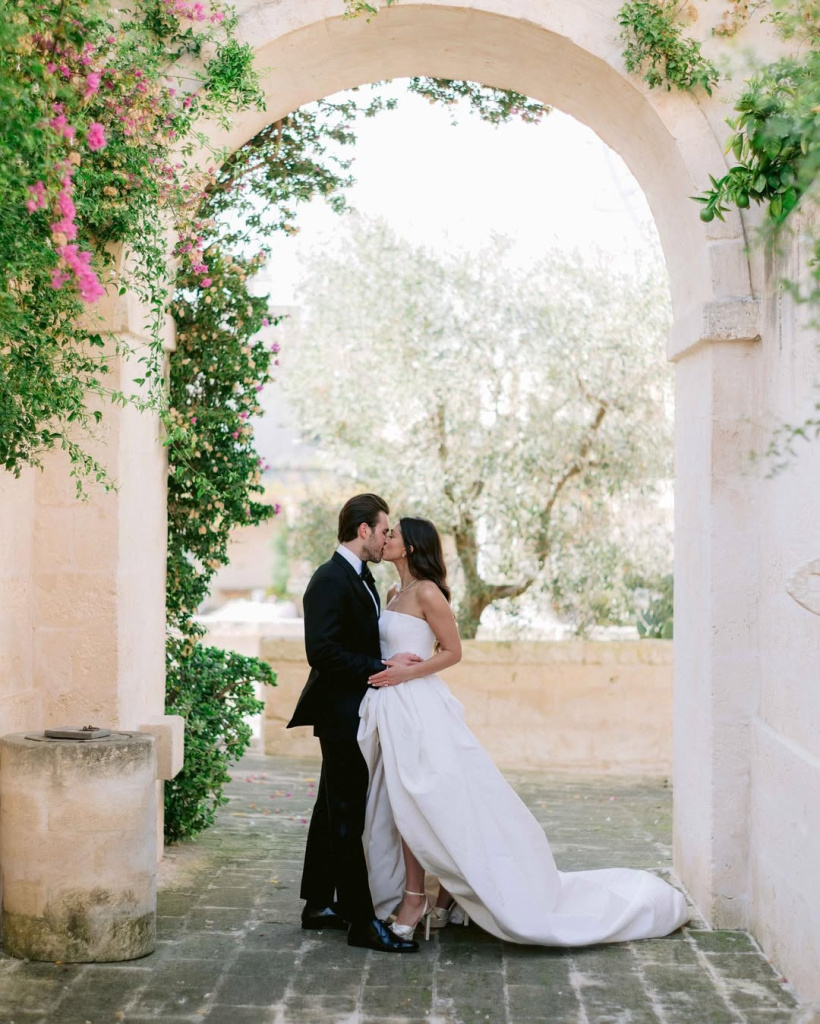

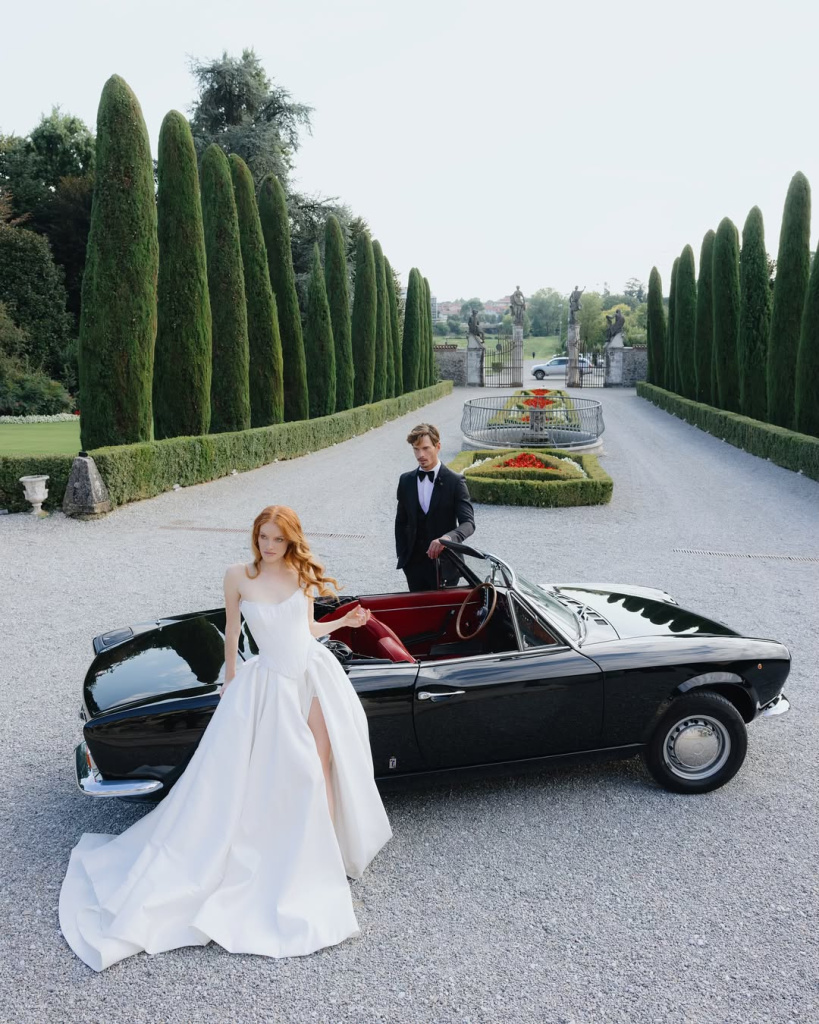

Meet with your photographer and videographer to discuss your schedule, expectations, and specific shots you want. Discuss the key moments you want captured and any unique aspects of your wedding that you want to highlight.
If possible, arrange for your photographer and videographer to visit the venue with you before the wedding day. This will help them plan shots and identify the best locations for key moments, considering the lighting and background scenery.
The time of day can dramatically affect your photos and videos. For outdoor shoots, the golden hours—shortly after sunrise or before sunset—offer soft, flattering light. Plan key photo sessions during these times if possible.
Special Considerations for Italian Locations
Italy’s historic sites can provide extraordinary settings for wedding photos. However, be aware that some sites may require permits or have restrictions on photography, especially flash photography. Check the regulations ahead of time and prepare accordingly.
Popular tourist spots can be crowded, especially in peak season. Consider having your photo sessions early in the morning to avoid crowds and ensure uninterrupted shots.
Aerial shots can capture the grandeur of the Italian landscape. However, drone usage is regulated in Italy, especially near historic sites and in urban areas. Ensure your videographer has the necessary permits and understands local drone laws.
Backup Plans
- Weather Contingencies: Weather can be unpredictable. Have a backup plan for indoor or sheltered locations in case of rain. Discuss with your photographer and videographer about options for still capturing beautiful images in less-than-ideal weather conditions.
- Extra Equipment: Ensure your photographer and videographer bring extra batteries, memory cards, and possibly backup cameras to handle any equipment failures without missing key moments.
Post-Production
Discuss the editing style beforehand to ensure the final photos and videos match your expectations. Consider the color schemes, tones, and overall aesthetic you prefer. Confirm how long after the wedding you should expect to receive the photos and videos. Make sure this timeline is included in your contract.
Understand the usage rights for the images and videos. Ensure you are clear on what you can share online or reproduce, as some photographers and videographers retain copyright over their work.
Making the Most of Scenic Backdrops When Planning Your Italian Dream Wedding
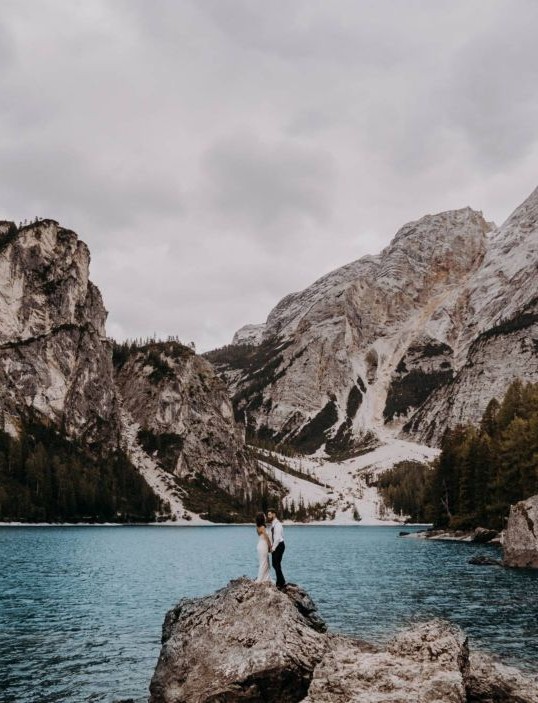
Italy offers an array of stunning natural landscapes and historic settings that can add a magical touch to your wedding photo session. Here’s how you can make the most of Italy’s scenic backdrops.
Choose the Right Locations
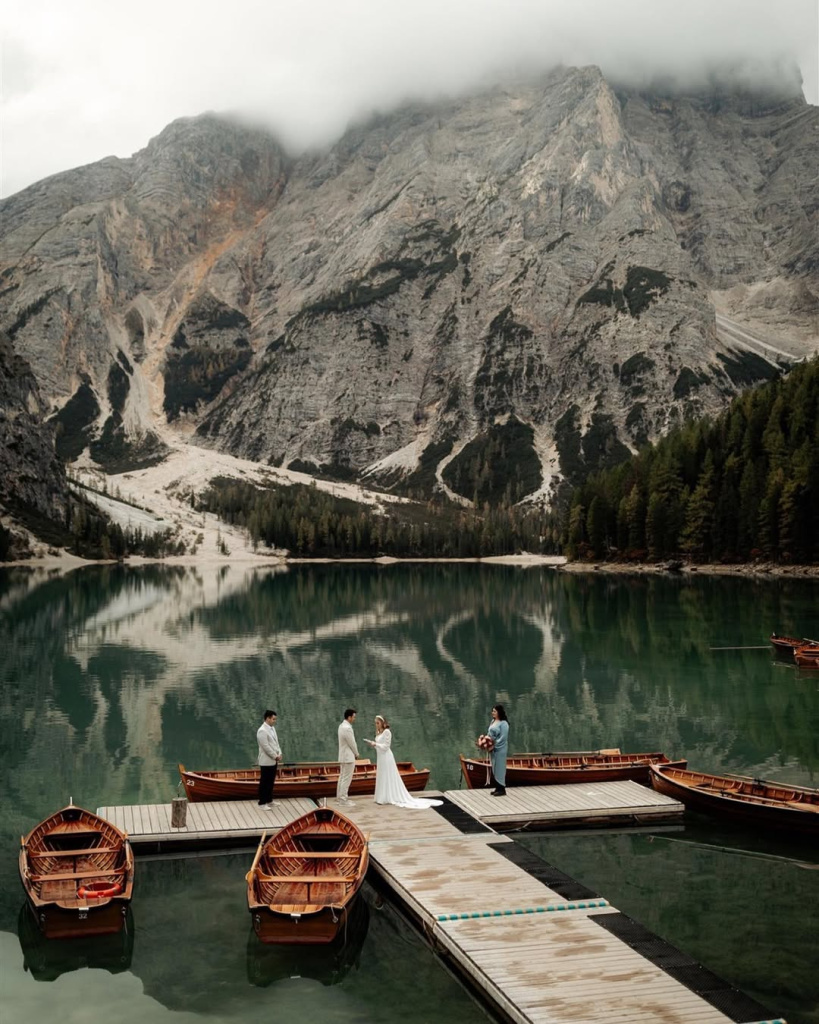
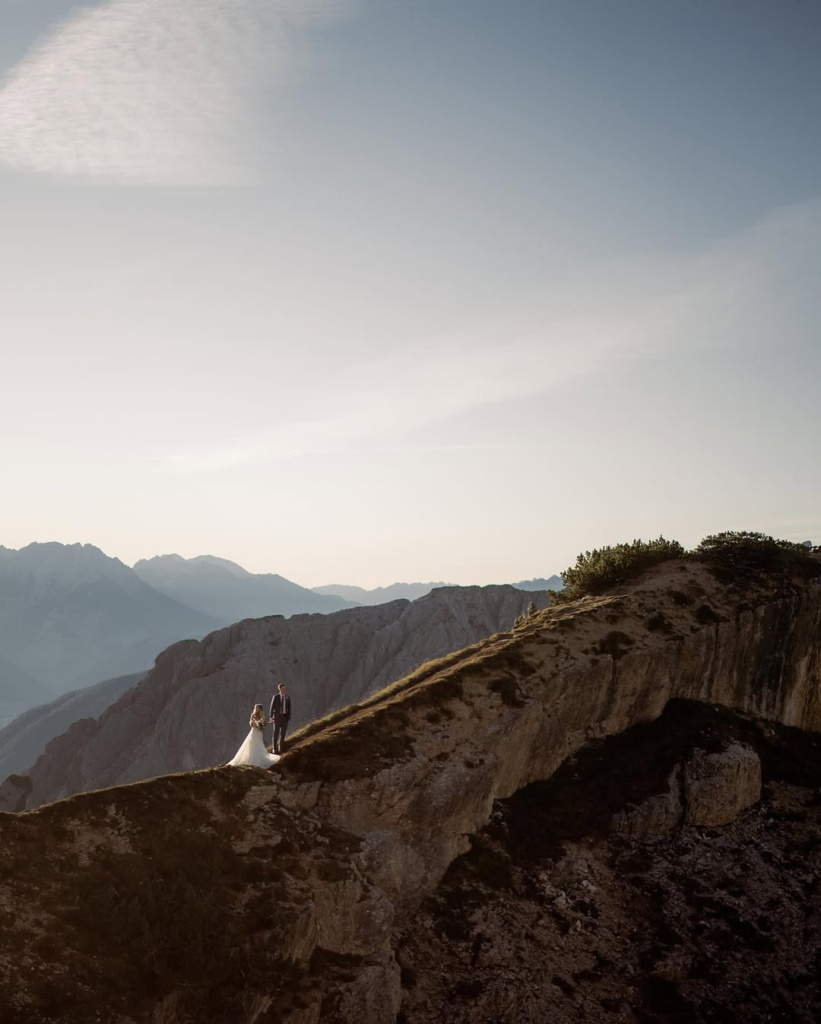
Incorporate Italy’s famous landmarks such as the Colosseum in Rome, the canals of Venice, or the rolling hills of Tuscany into your photos and activities. These iconic sights provide memorable visuals that capture the essence of Italy.
Utilize the rich historical context of sites like Pompeii, Florence’s Duomo, or the medieval town of San Gimignano. These places not only offer beautiful backdrops but also a deep connection to Italy’s past.
From the cliffs of the Amalfi Coast to the dramatic landscapes of the Dolomites, natural settings offer breathtaking views for any occasion. Plan visits during sunrise or sunset for especially stunning photos.
Timing Your Visits
The quality of light can dramatically affect the mood and aesthetic of your photos. Early morning and late afternoon, known as the golden hours, provide soft, warm lighting that is ideal for photography.
Popular spots can be crowded, especially in peak tourist seasons. Visit early in the morning or during the off-season to enjoy a more private experience against Italy’s beautiful backdrops.
Incorporating Local Culture
Enhance your experience by incorporating elements of Italian culture into your activities. For example, arrange a photo shoot in a vineyard while tasting local wines, or wear traditional Italian attire in your pictures for added authenticity.
Plan your visit around local festivals or events, which can offer unique and vibrant backdrops. Festivals like Carnevale in Venice or the Flower Festival in Spello provide colorful and lively settings.
Essentials for Planning a Destination Wedding: Finding the Perfect Florist
Selecting the right florist is crucial for setting the tone of your Italian wedding with beautiful floral arrangements that reflect the locale and your personal style.
Research and Referrals
Begin by reviewing portfolios of local florists to understand their style and range. Look for a florist whose aesthetic aligns with your vision for the wedding. Ask for recommendations from your wedding planner, venue, and past brides who have married in the area. Personal referrals can give you insight into the florist's reliability and quality of service.
Style and Creativity
Consider florists who specialize in incorporating local flowers and foliage into their designs, enhancing the authentic Italian feel of your wedding. Discuss with potential florists if they are open to creating custom arrangements that reflect your personal taste and the theme of your wedding.
Communication and Collaboration
Schedule a consultation (in person or virtually) to ensure they understand your needs and can offer creative ideas and solutions. If there's a language barrier, ensure there's a clear line of communication, possibly with the help of a translator, to avoid any misunderstandings.
Logistics and Execution
Prefer florists familiar with your wedding venue who know the logistics and any limitations or rules regarding floral decorations. Confirm that the florist provides full services, including setup and takedown of the floral arrangements on your wedding day.
Destination Wedding Planning Tips: Music and Entertainment Options
The right music and entertainment are essential for creating a memorable atmosphere at your Italian wedding. Here’s how to select the best options:
- Local Bands: Consider hiring a local band that can provide a taste of Italian music. Styles can range from traditional folk music to contemporary Italian pop.
- DJ Services: For a more modern vibe, a DJ can play a mix of Italian hits and international favorites to keep your guests dancing all night.
- Opera Singers: For a touch of elegance, hire an opera singer to perform during the ceremony or cocktail hour.
- Dance Troupes: A local folk dance troupe can add a cultural element to your reception, performing traditional Italian dances.
- Live Music Requests: Have a band or DJ that takes live requests from guests, creating an interactive experience.
- Dance Lessons: Offer guests a quick, fun dance lesson (like learning the tarantella, a traditional Italian folk dance).
By selecting options that align with your personal preferences and the cultural heritage of Italy, you can ensure that your guests have an unforgettable experience.
Destination Wedding Essentials: Crafting an Authentic Italian Wedding Menu
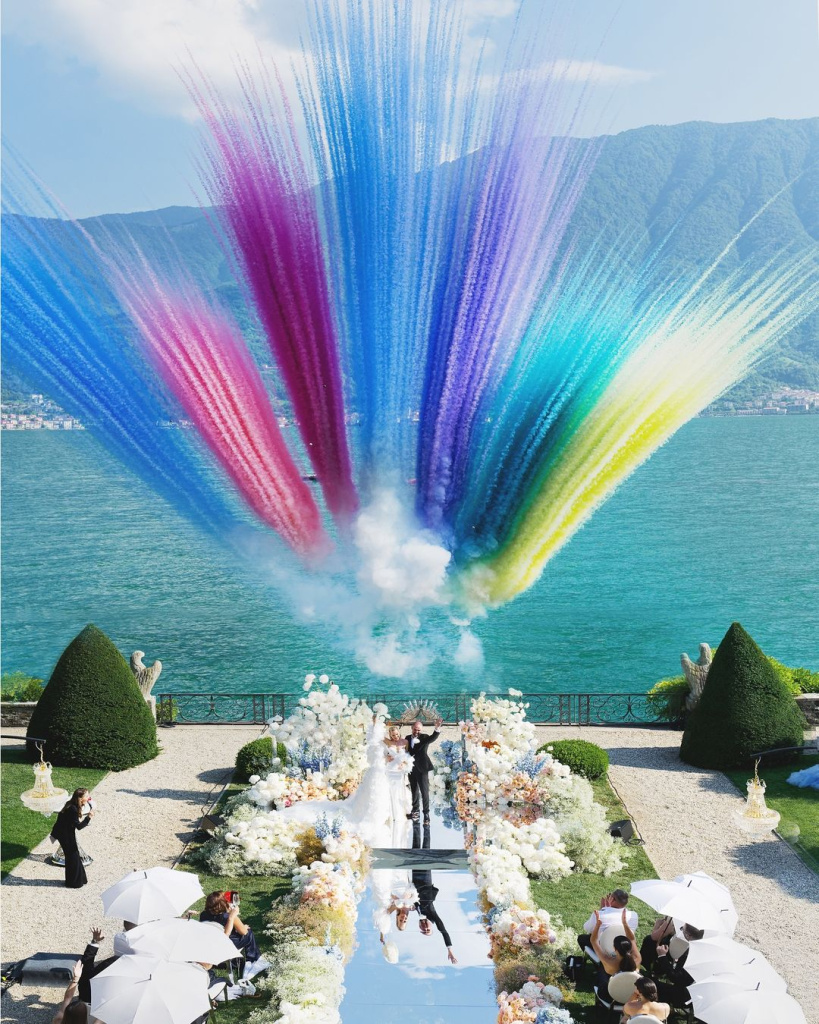
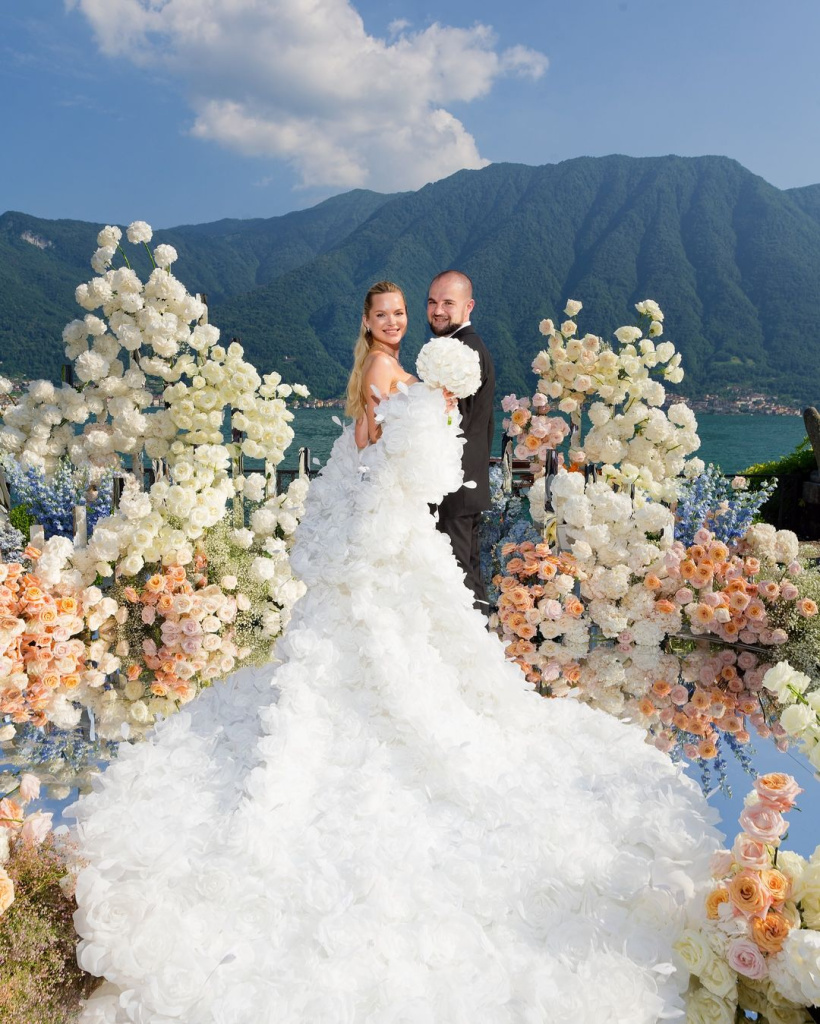
Creating a menu that reflects Italy's rich culinary traditions is essential for an authentic experience at your destination wedding. Italian cuisine varies by region, offering a wealth of options to delight your guests.
Emphasize Regional Specialties
Northern Italy: Known for its rich sauces, polenta, risotto, and meats. Consider dishes like Osso Buco, Truffle Risotto, or Tiramisu for dessert.
Central Italy: Offers a balance of meat and seafood with hearty pastas. Classics include Carbonara, Bucatini all'Amatricana, and wild boar.
Southern Italy: Famous for its vibrant, Mediterranean flavors. Think fresh seafood, pizzas, and pastas like Spaghetti alla Puttanesca or Caprese Salad.
Course Structure
Typically, an Italian wedding meal includes multiple courses:
- Aperitivo: Light appetizers and cocktails to welcome guests.
- Antipasto: Heavier starters, often a selection of cold cuts, cheeses, and marinated vegetables.
- Primo: The first main course, usually pasta or risotto.
- Secondo: The second main, typically a meat or fish dish, served with side dishes (contorni).
- Dolce: Wedding cake and other desserts, often accompanied by coffee and digestives like Limoncello.
Pairing with Italian Wines
Match each course with local wines. For instance, pair seafood pasta with a crisp white from the Amalfi Coast or a hearty Tuscan steak with a robust Chianti.
Work with Local Chefs
Engage a local chef who specializes in regional dishes. They can provide insight into local ingredients and traditional cooking methods, ensuring your menu is authentic and of high quality.
Ensuring Seamless Communication with Vendors
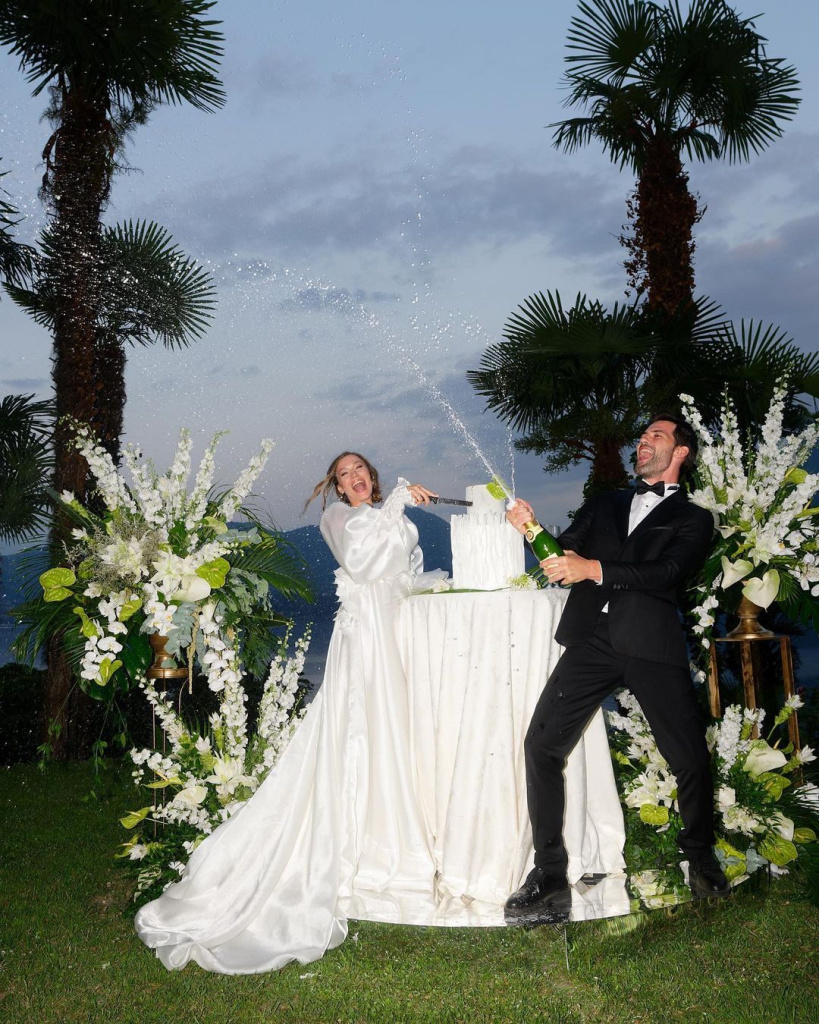
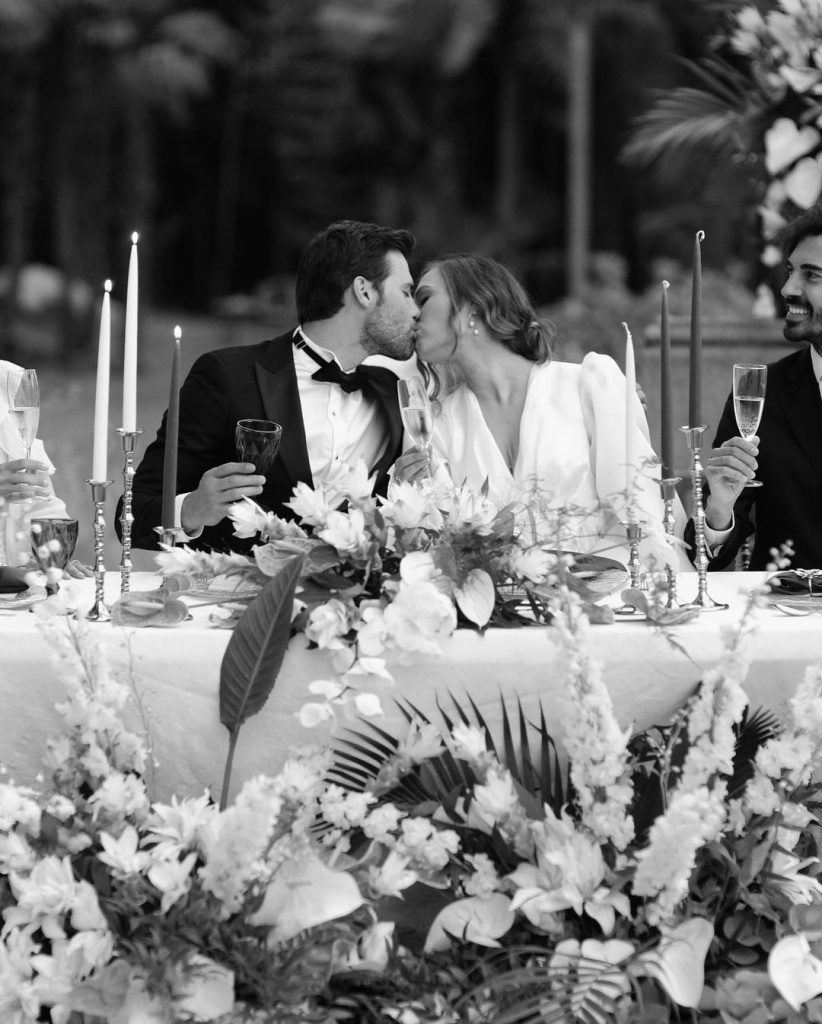
Ensuring seamless communication with your wedding vendors in Italy is crucial to making your event successful. This section of our ultimate guide to planning a destination wedding in Italy includes a list of tips to help you maintain effective and efficient interactions with your vendors, ensuring that every detail of your special day is executed flawlessly.
- Language Preparation: If you are not fluent in Italian, consider hiring a bilingual wedding planner or a translator to facilitate discussions and negotiations with local vendors.
- Written Confirmations: Always ask for written confirmations or contracts for all agreements. This should include details about services, pricing, timelines, and any other commitments. It helps prevent misunderstandings later.
- Regular Check-ins: Establish a routine of regular check-ins with your vendors. Schedule calls or video chats to discuss progress, and updates, and resolve any issues that might arise.
- Clear Briefs: Provide clear, detailed briefs to your vendors. Include vision boards, specific instructions, and examples to ensure they fully understand your expectations.
- Cultural Understanding: Be aware of local business practices and cultural nuances. Understanding these can help you communicate more effectively and foster positive relationships.
- Payment Schedules: Be clear and upfront about payment schedules. Ensure all parties agree on the terms to avoid any financial misunderstandings.
- Emergency Contacts: Exchange emergency contact information with all your vendors. Ensure you have direct lines to people who can make decisions or offer immediate assistance if needed.
- Feedback Mechanisms: Establish a system for providing and receiving feedback. Regular feedback helps address any discrepancies early and adjust details as needed.
- Documentation: Keep detailed records of all communications and agreements. This includes emails, contracts, receipts, and notes from meetings.
- Local Assistance: If possible, involve a local liaison who understands the regional business environment and can help navigate any logistical challenges.
- Technology Tools: Utilize technology tools like shared online calendars, event management software, or communication platforms to keep everyone aligned and informed.
- Patience and Flexibility: Cultivate patience and maintain flexibility in communications. Delays and changes are often part of planning large events, especially in a different cultural setting.
By implementing these tips, you can ensure that communication with your vendors is clear, continuous, and constructive, contributing significantly to the smooth execution of your wedding plans in Italy.
Personalized Wedding Décor and Themes
Creating a personalized wedding décor that resonates with your style and story can transform your venue in Italy into a magical setting that reflects both your personalities. Here’s how to design a personalized wedding theme and décor:
- Theme Selection: Start by deciding on a theme that speaks to you both. It could be anything from a classic Italian villa wedding to a more relaxed rustic countryside theme, or perhaps something modern and glamorous. The choice of theme will dictate the style of your decorations, floral arrangements, and overall ambiance.
- Color Scheme: Choose a color palette that complements your theme. This could be inspired by the natural beauty of the Italian landscape—olive greens, earthy terracottas, or the blues of the Mediterranean.
- Photographs and Memorabilia: Display photographs from your relationship or family wedding photos to create a more intimate environment. Personal memorabilia that tell your story can also be incorporated into table settings or around the venue.
- Custom Signage: Create custom signs for different areas like the reception, cocktail area, and dance floor. Use your and your partner's favorite quotes or significant dates as part of the signage design.
- Unique Centerpieces: Design centerpieces that reflect significant aspects of your relationship, like incorporating books if you’re both avid readers or using vintage travel maps if you love to travel.
- Local Flora: Utilize local flowers and plants in your floral arrangements to give a nod to the Italian setting. Consider including elements like olive branches, grapevines, or local wildflowers.
- Seasonal Decor: Reflect the season of your wedding in your décor. For instance, rich hues and warm lighting for a fall wedding, bright colors, and airy fabrics for a summer wedding.
- Handmade Details: Add a personal touch with DIY elements. This could be anything from handmade place cards to custom-decorated guest books.
- Family and Friends Contributions: Involve your family and friends by asking them to contribute to the décor, perhaps by creating a piece of art, writing a poem, or helping to assemble decorations.
- Harmony with Venue: Make sure your décor choices complement the architecture and style of your Italian venue. Enhancing its natural beauty rather than overwhelming it is key.
Sustainable and Eco-Friendly Wedding Ideas
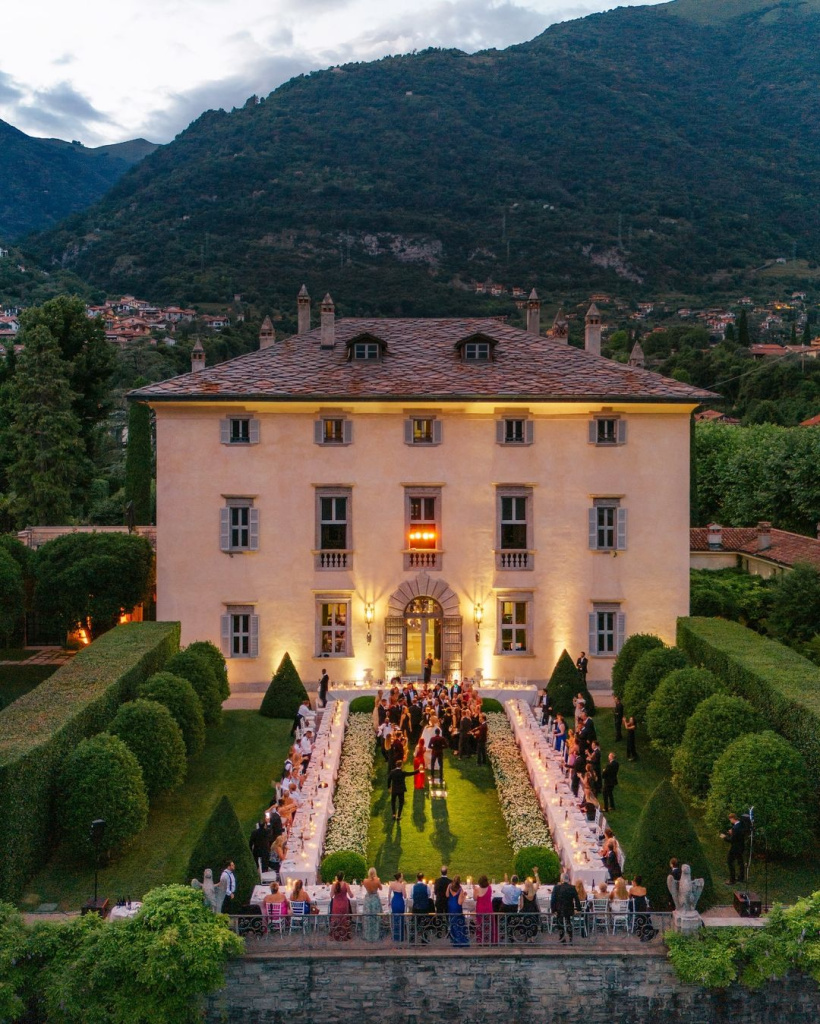
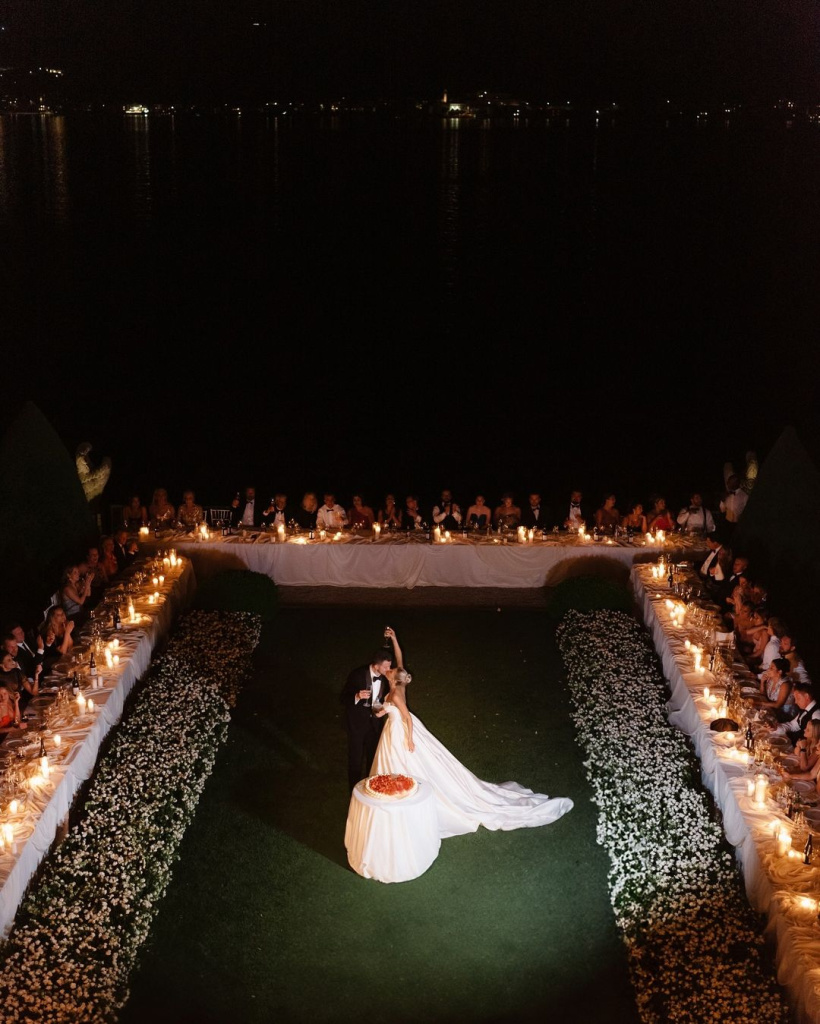
Implementing sustainable practices in your wedding planning can have a positive impact on the environment and local community:
- Venue Choices: Opt for eco-friendly venues that utilize sustainable practices such as solar power, water conservation systems, and waste recycling programs.
- Local and Organic Catering: Choose caterers who use local, organic, and seasonal ingredients to reduce the carbon footprint and support local farmers.
- Digital Invitations and RSVPs: Save paper by using digital invitations, RSVPs, and wedding updates through a wedding website or email.
- Sustainable Decor: Decorate with items that can be reused, rented, or are biodegradable. Consider potted plants, which can be replanted, or decorations made from recycled materials.
- Eco-Friendly Floral Arrangements: Use locally sourced flowers, opt for in-season blooms, or choose silk flowers that can be repurposed. Avoid floral foam as it is not biodegradable.
- Dress and Attire: Choose wedding dresses and suits made from sustainable materials or consider renting attire for the day. Another option is to wear vintage or second-hand dresses and suits.
- Ethical Jewelry: Opt for rings made from recycled metals and ethically sourced or conflict-free stones.
- Transportation: Encourage guests to carpool, or arrange group transportation with eco-friendly vehicles to reduce emissions.
- Zero Waste: Aim for a zero-waste event by minimizing disposable items, choosing reusable dishware and cutlery, and planning for food waste composting.
- Eco-Friendly Favors: Give guests sustainable wedding favors such as seed packets, small potted plants, or edible treats in biodegradable packaging.
- Carbon Offsetting: Offset the carbon footprint of your wedding by investing in carbon offset programs that fund renewable energy or reforestation projects.
- Conservation Donations: In lieu of traditional gifts, ask guests to consider making donations to a conservation charity or environmental cause.
- Natural Wedding Settings: Utilize the natural beauty of your venue to minimize the need for excessive decorations. Outdoor locations like gardens, vineyards, or beaches provide a naturally beautiful backdrop.
- Low-Impact Lighting: Use solar-powered lights or LED candles to reduce electricity use while creating a romantic atmosphere.
- Water Conservation: If your wedding is in a location where water conservation is necessary, plan accordingly by limiting water usage or selecting plants and decorations that require minimal watering.
Implementing these sustainable practices not only minimizes the environmental impact of your wedding but also sets a meaningful precedent for your future together. These essential tips for planning your dream destination wedding help ensure that your celebration is both beautiful and environmentally conscious, reflecting your values and commitment to sustainability.
Exploring Italian Wedding Dress Trends


Italian wedding dress trends are renowned for their elegance, craftsmanship, and attention to detail. Drawing from a rich history of fashion and a deep appreciation for luxury, Italian wedding dresses often set trends that influence bridal fashion worldwide.
Emphasis on Craftsmanship
There’s a growing appreciation for traditional artisan techniques such as hand embroidery, lace-making, and beading. These elements add a timeless beauty and unique touch to wedding gowns that can’t be replicated by mass-produced dresses.
Silk, organza, and fine lace continue to be popular choices, prized for their quality and the exquisite way they move and feel. These fabrics are often locally sourced, supporting the tradition of Italian luxury fabric mills.
Modern Meets Classic
While Italian fashion is often known for its drama and detail, there’s a strong trend towards minimalist designs. Simple, sleek gowns with clean lines and minimal embellishments offer a modern elegance that appeals to contemporary brides.
Many designers are drawing inspiration from the past, reinterpreting vintage styles from the 1920s to the 1970s with a modern twist. This includes everything from flapper-inspired beading to disco-era halter necks, all crafted with modern sensibilities in mind.
Bold Statements
From voluminous ball gowns to striking mermaid tails, dramatic silhouettes are a hallmark of Italian wedding dress design. These bold shapes are balanced with delicate details to create a statement-making look that remains elegant.
While white remains the traditional choice, more designers are incorporating subtle colors into their designs. Soft blush, champagne, and even floral prints are becoming increasingly popular, offering a fresh take on the classic wedding gown.
Eco-Friendly and Sustainable
There is an increasing move towards sustainability in the bridal industry. Italian designers are leading the way with eco-friendly practices, such as using organic fabrics and ensuring ethical production processes.
Another trend is the upcycling of vintage gowns, where old fabrics and dresses are transformed into new creations, combining sustainability with the vintage revival trend.
Cultural Fusion
As global influences become more pronounced, Italian designers are incorporating elements from other cultures into their designs. This might include Asian-inspired motifs, Middle Eastern embroidery, or African beading, all interpreted through an Italian lens.
Incorporating Italian Traditions and Customs
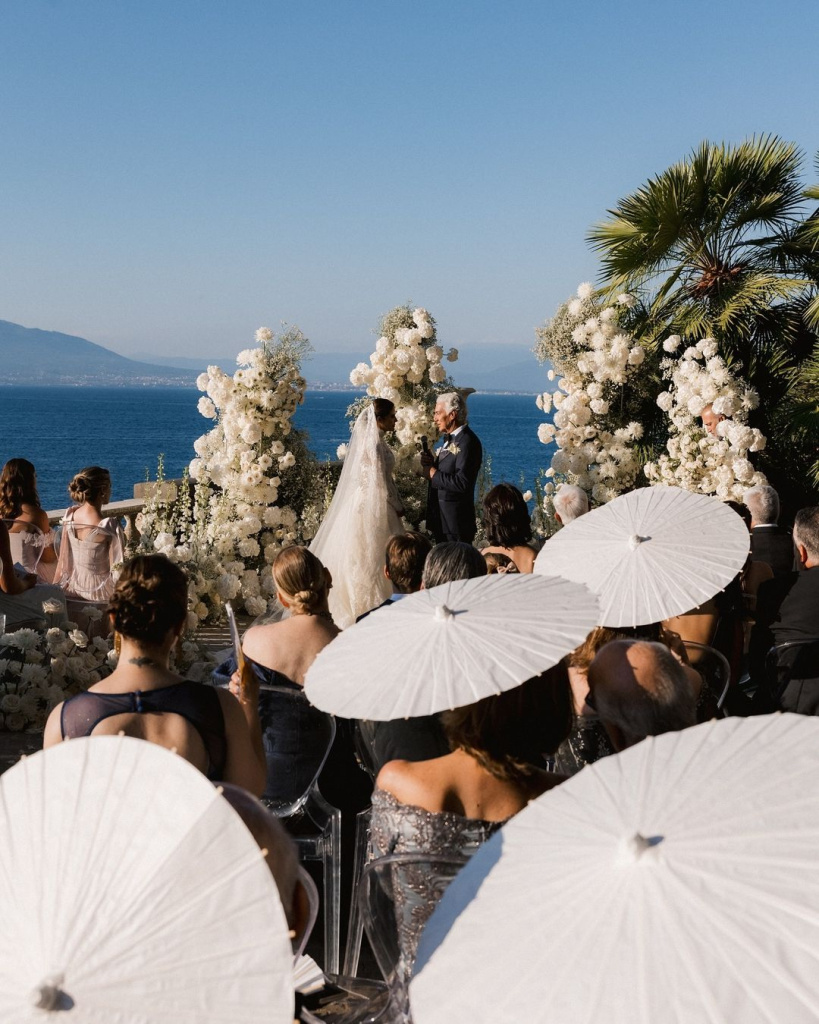
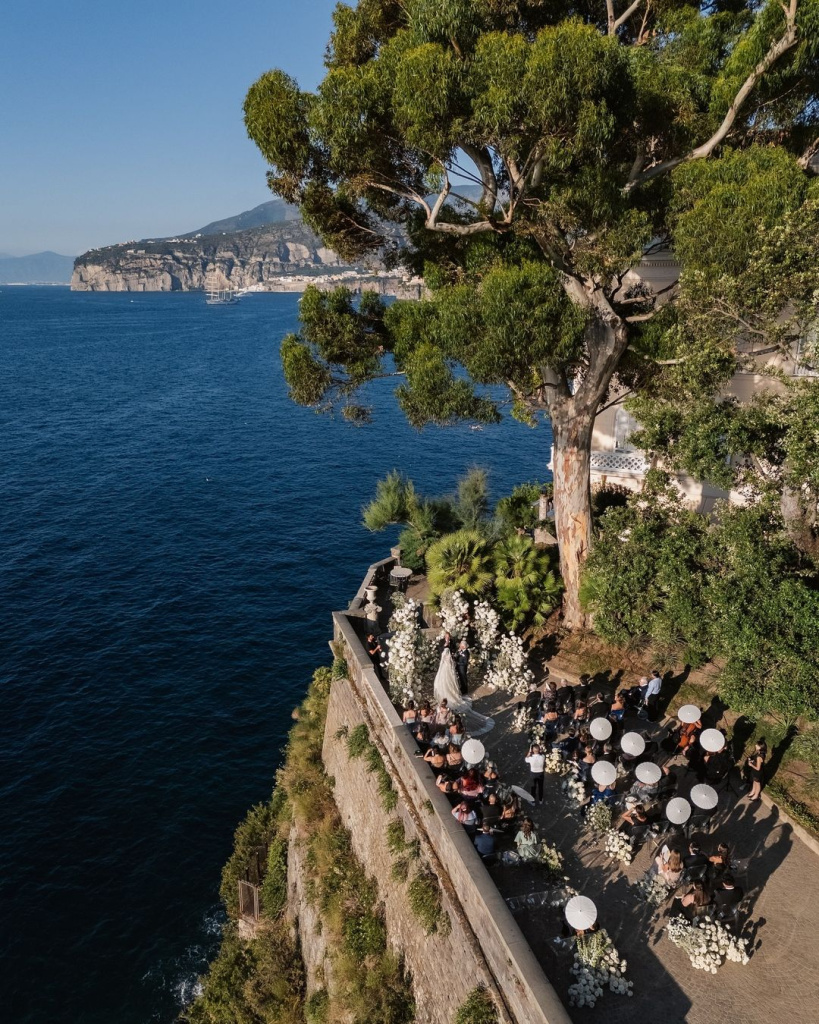
Incorporating local traditions can enrich the wedding experience and honor the cultural heritage of Italy. Here are some popular Italian wedding customs to consider.
La Serenata
The groom serenades the bride with music under her window on the eve of the wedding, a romantic and traditional gesture that delights guests.
Confetti
Italian confetti are sugar-coated almonds given to guests as favors. They symbolize the bittersweet nature of marriage and are usually given in odd numbers to signify indivisibility.
Ribbon Cutting
The bride cuts a ribbon at her front door as she leaves for the ceremony, symbolizing her leaving the family home and starting a new journey.
The Tarantella
This lively folk dance is a fun way for guests to celebrate the union. It’s upbeat and can quickly become the highlight of the reception.
The Essential Guide to Planning Your Dream Destination Wedding in Italy: Cultural Etiquette and Expectations
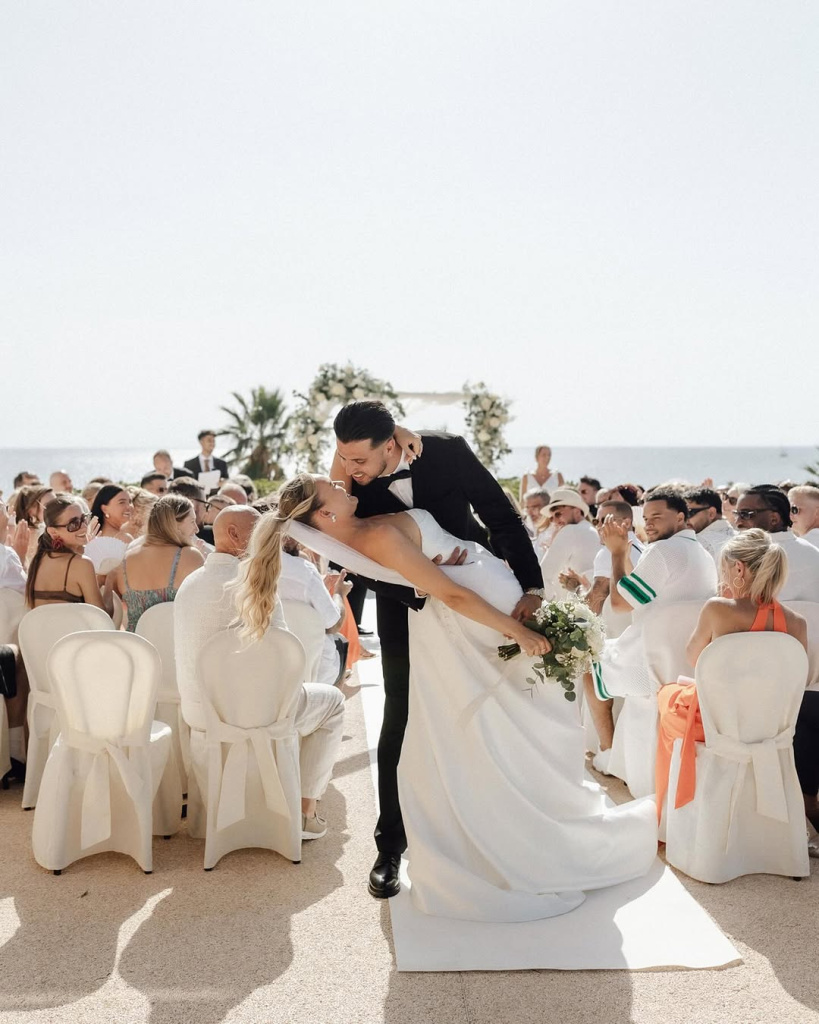
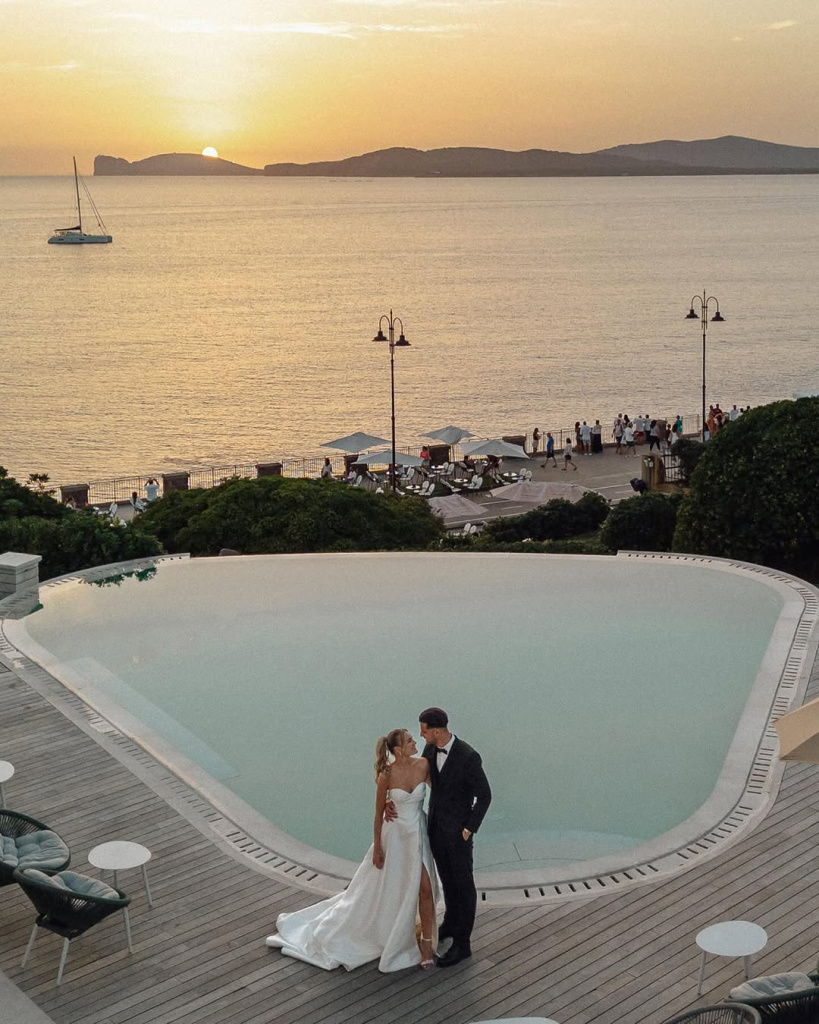
When planning a wedding in Italy, understanding and respecting the local culture and customs is vital. Italy is a country with deep-rooted traditions and specific social etiquette that can vary significantly from region to region. Here’s a detailed guide on how to navigate the cultural etiquette and expectations for your Italian wedding.
Dress Code
Italians take great pride in their appearance and dress very formally for weddings. Men often wear suits or tuxedos, while women opt for elegant dresses. Ensure your wedding invitation specifies the expected dress code to help guests prepare appropriately.
If you're having a church wedding, remember that many churches require women to cover their shoulders, and both men and women should avoid overly casual clothing like shorts and flip-flops.
Punctuality
While southern European cultures are sometimes stereotyped as more relaxed about punctuality, it’s respectful to adhere to the schedule, especially for the ceremony. However, be prepared for some flexibility in timing as delays can often be culturally normative.
Italians are warm and expressive. A handshake or two kisses on the cheek (starting with the right) are common greetings. Make sure to greet older guests first as a sign of respect.
Titles and Formalities
Use titles such as “Signore” or “Signora” followed by the surname until more familiar terms are invited. This is particularly important with older individuals or family elders.
Gift Giving
While a registry or wishing well might be common in other cultures, Italians traditionally give money as a wedding gift. This is usually placed in an envelope with a personal note and handed to the couple at the reception. How you present the gift is also important. Include a thoughtful card and perhaps a small symbolic gift alongside the monetary offering.
Dining Etiquette
Pay attention to seating etiquette. The bride and groom often have a “tavolo reale” (main table) with immediate family and witnesses. Elders should be seated at tables close to this main table.
Toasting is a significant part of Italian weddings. The first toast is usually given by the father of the bride or the best man, and it’s polite for the couple to respond with a thank-you toast towards the end of the meal.
Handling Alcohol
While wine and spirits are a staple at Italian weddings, moderation is key. It's important to enjoy yourself but remain respectful and composed.
Language Considerations
Learning a few key phrases in Italian not only helps with basic communication but also shows respect for the host country’s culture. Even simple phrases like "Grazie" (thank you) and "Per favore" (please) can go a long way.
Observing Quiet Times
In many small towns and rural areas of Italy, there is a traditional “riposo” period in the afternoon when businesses close and locals rest. Be mindful of noise levels during these times, especially if your venue is in a quiet area.
Steps to Planning a Destination Wedding in Italy: Understanding the Seasonal Weather
When planning a destination wedding in Italy, understanding the seasonal weather patterns is crucial to ensure your special day is as perfect as possible. Italy's diverse geography influences its climate significantly, so the weather can vary considerably between regions. Here’s a breakdown of what to expect in each season and how it might affect your wedding plans.
Spring (March to May)
Spring is one of the most popular times for weddings in Italy due to the mild weather and beautiful natural blooms. The countryside is vibrant with greenery and flowers, making it an ideal backdrop for weddings.
- North Italy: Cooler temperatures, especially in early spring. Expect some rain, particularly in March and April.
- Central and South Italy: Warmer than the north, with less likelihood of rain as the season progresses. Ideal for outdoor ceremonies, especially in late spring.
Considerations: While the weather is generally favorable, evenings can still be cool, especially in northern regions like Lake Como or the Veneto. Heaters or indoor options for late celebrations might be necessary.
Summer (June to August)
Summer is the peak tourist season in Italy, offering long, sunny days and warm temperatures. It’s a great time for beach weddings or sun-soaked vineyard celebrations.
- North Italy: Warm and pleasant, rarely excessively hot, which is perfect for all-day outdoor events.
- Central and South Italy: Can be very hot, particularly in July and August. Sicily, Sardinia, and other southern areas might experience temperatures well above 30°C (86°F).
Considerations: The heat can be intense, especially in the south, so consider venues with air conditioning or plan your ceremony in the late afternoon. Also, be aware of tourist crowds, which can affect accommodation availability and prices.
Autumn (September to November)
Autumn rivals spring in popularity, thanks to its mild weather and the stunning colors of the foliage. It’s an excellent time for those seeking a romantic atmosphere with fewer tourists.
- North Italy: Cooler temperatures and an increased chance of rain, especially from late October onwards.
- Central and South Italy: Remains warm and inviting through much of September and October, with cooler evenings as November approaches.
Considerations: While early autumn is ideal, later in the season can be unpredictable. Planning indoor contingencies is wise, as weather can change quickly.
Winter (December to February)
Winter in Italy is less favored for weddings, but it offers unique opportunities for a cozy and intimate setting, especially in snowy regions or historic cities that are beautifully lit for the holidays.
- North Italy: Cold and often snowy, particularly in Alpine regions. Perfect for a winter-themed wedding or a celebration in a historic city like Venice or Turin.
- Central and South Italy: Generally milder, with some sunny, crisp days, but potential for rain.
Considerations: If you’re dreaming of a winter wedding, indoor venues with warm, inviting atmospheres are essential. Also, consider the shorter days and earlier sunsets when planning your timeline.
How to Plan Your Dream Wedding Day Timeline
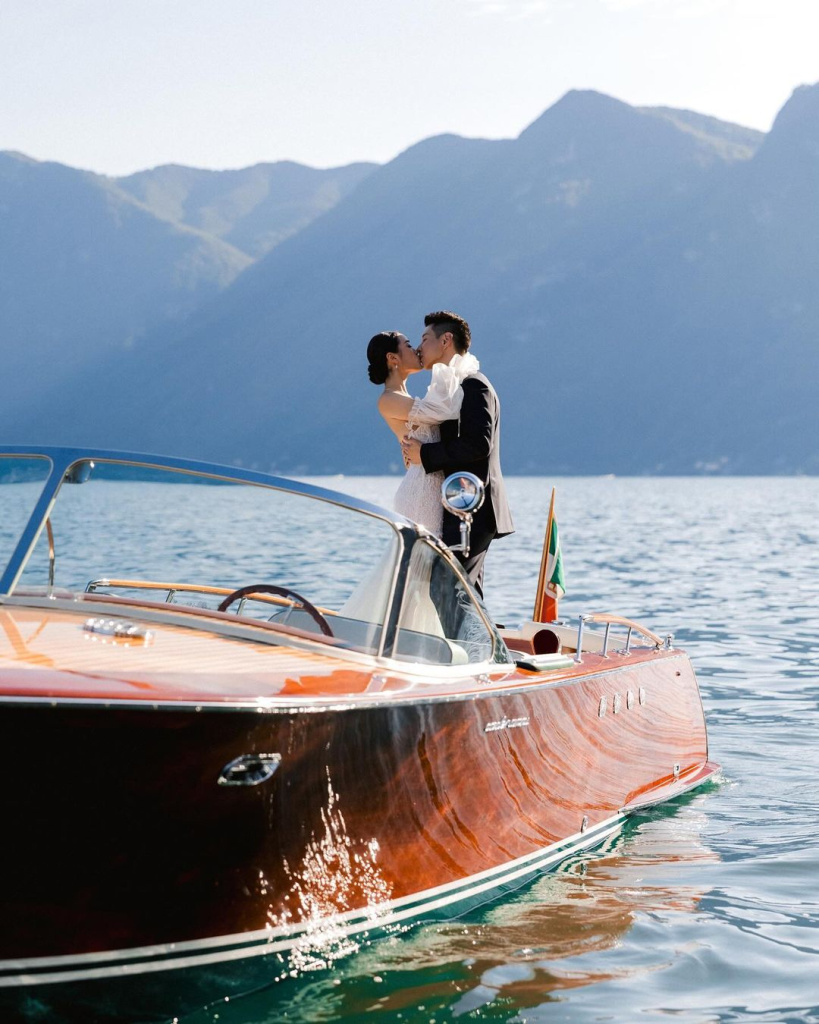
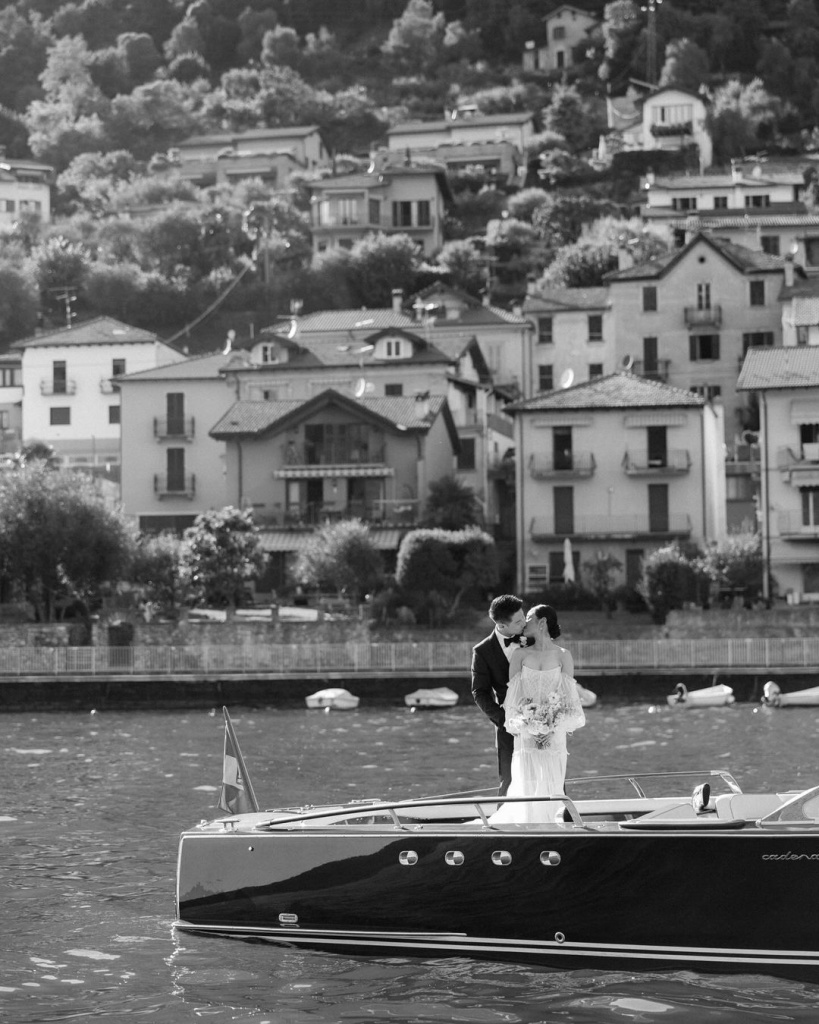
Creating and maintaining a smooth wedding day timeline is crucial for ensuring that your special day unfolds without stress and allows you and your guests to enjoy each moment.
Early Planning
Start by drafting a detailed timeline that includes every part of your wedding day, from the moment you wake up to the end of the reception. Break down the schedule into small, manageable segments (e.g., hair and makeup, transportation, ceremony, reception, etc.)
Work closely with your wedding planner and vendors to establish realistic timing for each segment. They can provide valuable insights based on their experience with similar events and local considerations such as traffic or cultural practices.
Building in Buffer Time
Always include extra time in your schedule for unexpected delays or last-minute adjustments. For example, add additional time for guest transportation, photo sessions, and transitions between different parts of the event.
While it’s important to stick to a timeline, also be flexible and ready to adjust on the fly if something takes longer than expected or needs to be shifted due to unforeseen circumstances.
Communication
Well before the wedding day, distribute the detailed timeline to all parties involved, including vendors, bridal party members, and family. This ensures everyone knows where they need to be and when.
Consider holding a briefing session with your wedding party and key family members. Go over their roles and the timeline to ensure everyone understands their responsibilities and timings.
Rehearsal
Conduct a rehearsal before the wedding to walk through the ceremony and key moments of the reception. This helps iron out any kinks in the timeline and ensures that everyone knows what to do.
Day-Of Coordination
Having a professional coordinator or a day-of planner can be invaluable. They will manage the timeline, coordinate vendors, and handle any issues that arise, allowing you to focus on enjoying your day.
Regular check-ins with vendors and the wedding party throughout the day can help keep everything on track. Your coordinator can handle this, ensuring that each segment transitions smoothly into the next.
Handling Delays and Unexpected Issues
Assume there will be some delays and plan how to address them without impacting the overall flow of the day. This might mean having backup plans for outdoor activities in case of bad weather or having extra entertainment ready if there are delays in meal service.
No matter how well you plan, unexpected issues can arise. Maintain a calm and flexible approach, trusting your coordinator and vendors to handle the situation.
Managing Guest Lists and Invitations
Handling the guest list and invitations for a destination wedding in Italy requires careful consideration and planning. Here’s how to manage these aspects effectively.
Building the Guest List
Determine the size of your wedding early on. This will depend on your budget, venue capacity, and personal preferences for a large celebration or a more intimate gathering. Decide on your priorities for guest inclusion, such as family-first or friends-centric approaches, and whether children are invited.
Designing Invitations
Choose a design that reflects the Italian setting or your wedding theme. Use elements like olive branches, vineyard motifs, or watercolor landscapes. Include all necessary details in your invitations, such as date, time, venue, accommodation options, and a link to your wedding website for further information.
If you have guests who speak different languages, consider bilingual invitations or provide all the necessary information in English and the guest's primary language.
Timing and RSVPs
Send save-the-dates at least six to nine months in advance, and formal invitations three to four months before the wedding. This gives guests enough time to arrange travel and accommodations.
Set an RSVP deadline earlier than you might for a non-destination wedding to finalize the numbers for catering and seating arrangements.
Accommodation Options for You and Your Guests
When hosting a destination wedding in Italy, arranging comfortable and convenient accommodations for you and your guests is a vital component of the planning process. Italy offers a wide range of lodging options to suit various tastes and budgets, ensuring everyone enjoys their stay.
Types of Accommodations
Here’s an overview of the types of accommodations available and factors to consider when making your selections.
Hotels
Italy boasts a plethora of hotels ranging from luxurious five-star establishments to charming boutique hotels. Hotels are a practical choice for guests, providing amenities like daily housekeeping, dining facilities, and often, transport services. They are ideal for urban settings like Rome, Milan, or Florence, where guests can also enjoy city attractions.
Villas
Renting a villa is a popular option, especially in rural areas like Tuscany or the Amalfi Coast. Villas offer a more intimate and home-like environment, often with beautiful grounds and private pools. This option allows larger groups to stay together, which can be both cost-effective and convenient for wedding festivities.
Agriturismo (Farm stays)
For a truly rustic Italian experience, agriturismi are working farms that offer guest accommodations. This option is perfect for those who appreciate the charm of the countryside and wish to enjoy local food and culture. They're prevalent in regions known for their agricultural products, like Umbria and Sicily.
B&Bs and Inns
Bed and breakfasts or inns provide a cozy, personalized lodging experience. They are often family-run and offer a warm, welcoming atmosphere along with a delicious breakfast each morning. This option can be particularly charming in smaller towns or less touristy areas.
Resorts
For ultimate luxury and convenience, especially on the coast or lakeside, resorts offer extensive services including spas, golf courses, and private beaches. Resorts can sometimes offer package deals that include various wedding services.
Apartments
Renting apartments can be a cost-effective option for guests planning a longer stay. This choice gives guests a sense of independence, with facilities to cook their own meals and more space to relax, which can be ideal for families with children.
Tips for Managing Accommodations
- Early Reservations: Book accommodations well in advance, especially if. your wedding coincides with peak tourist season or local events, which can dramatically affect availability and prices.
- Communication: Provide detailed information to your guests about the accommodation options, including prices, amenities, and how to book. Consider creating a wedding website or information packet that includes maps, transport options, and things to do in the area.
- Transport Logistics: If your guests are spread out across multiple accommodations, consider arranging shuttles or transportation to and from the wedding venue.
By thoughtfully selecting and managing accommodations, you can ensure that your guests have a comfortable and enjoyable stay, making your destination wedding in Italy a delightful experience for everyone involved.
Transportation Logistics for Your Wedding Party
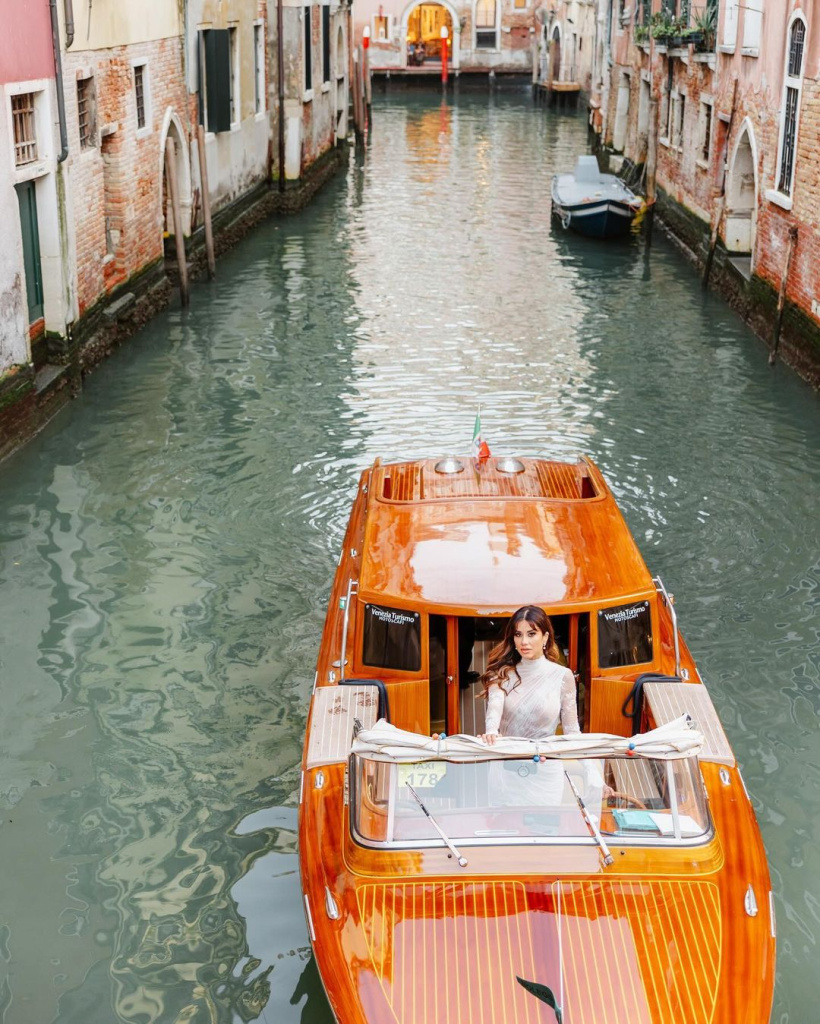

Ensuring smooth transportation logistics for your wedding in Italy is key to a seamless celebration, especially when dealing with guests arriving from various parts of the world. Proper planning will help everyone arrive at the ceremony and reception on time and safely, regardless of the venue's location.
Assessing Your Needs
Start by assessing the transportation needs based on the location of your venue, the number of guests, and the proximity of accommodations. Consider the following:
- Airport Transfers: If many guests are flying in, consider arranging transportation from the nearest airport to their accommodations. This is especially helpful in regions where public transport may be less frequent or more complex to navigate.
- Venue Transfers: If the ceremony and reception are at different locations, or if accommodations are far from the venue, arrange transport to and from these points. This ensures all guests arrive and depart at coordinated times without the hassle of finding taxis or navigating public transport.
- Special Needs: Account for any guests with mobility issues by ensuring vehicles are accessible and comfortable.
Types of Transportation
- Buses and Coaches: Ideal for larger groups, buses can shuttle guests between hotels, ceremony, and reception venues. This option is cost-effective and eco-friendly as it reduces the number of vehicles needed.
- Vintage Cars: For the couple, consider renting a vintage car for a stylish arrival or departure. This not only adds a touch of elegance but also provides stunning photo opportunities.
- Private Cars and Limousines: For VIP guests or smaller, more private groups, hiring cars or limousines can provide that extra level of comfort and exclusivity.
- Taxis and Rideshares: In urban areas, arranging for taxis or setting up accounts with rideshare apps can be a backup option, especially for guests who might wish to leave at different times.
- Golf Carts or Mini Shuttles: For venues with extensive grounds or challenging terrains, such as large vineyards or hilltop villas, consider smaller vehicles like golf carts to help guests move around easily.
Planning and Communication
Coordinate with your transportation providers to develop a clear schedule that aligns with your wedding timeline. Include buffer times to accommodate unexpected delays.
Communicate the transportation details to your guests in advance. Provide schedules, pickup points, and contact numbers of transportation providers. Including this information in your wedding invitations or on a wedding website can ensure guests feel informed and at ease.
On the day, ensure there is clear signage and possibly a coordinator or helper at larger pickup points to assist guests and ensure no one is left behind.
Creating Memorable Wedding Favors
Wedding favors are a lovely way to thank your guests for celebrating your special day with you. In Italy, where tradition and aesthetics play significant roles, creating memorable wedding favors can add a personal touch to your celebration and leave a lasting impression.
Choose Locally Inspired Favors
- Olive Oil: Small bottles of locally sourced olive oil can be a wonderful favor, especially if you're marrying in a region known for its olive groves, like Tuscany or Puglia. Personalize the bottles with labels that include your wedding date and names.
- Italian Sweets: Consider classic Italian treats like biscotti, amaretti, or even beautifully packaged traditional candies from the region.
- Limoncello: Mini bottles of limoncello, a lemon liqueur, are particularly appropriate if you’re marrying near the Amalfi Coast, where lemons are abundant.
- Handcrafted Items: Small, artisan-crafted items such as ceramics or glassware reflect the local artistry and can serve as a beautiful and functional keepsake.
Personalization
Customize your wedding favors with tags or packaging that match your wedding theme or color scheme. Adding a small thank-you note or a quote that is meaningful to you can enhance the personal touch. Include your initials or a monogram on the favors, whether it’s embossed on leather bookmarks, engraved on glass coasters, or printed on fabric items.
Planning Pre-Wedding and Post-Wedding Activities
Extend the celebration and allow guests to immerse themselves in Italian culture by organizing activities before and after the wedding.
Pre-Wedding Activities
- Wine Tasting: Organize a visit to a local vineyard, especially if in regions famed for their wine like Tuscany or Piedmont.
- Cooking Classes: Arrange a group cooking class where guests can learn how to make traditional Italian dishes.
- Historical Tours: Offer guided tours of nearby historical sites or cities, which could include Rome's ancient ruins, Florence's art galleries, or Venice's canals.
Post-Wedding Activities
- Leisure Day: After the intensity of the wedding, a relaxing day at a local beach or spa can help guests wind down.
- Local Festivals: If your wedding timing aligns, include local festivals or events that guests can attend to experience the local culture.
- Group Dinners: Organize informal dinners at local trattorias or pizzerias where guests can continue to enjoy Italian hospitality and cuisine.
By thoughtfully integrating these elements, you can craft a wedding experience that not only celebrates your union but also deeply respects and reflects the rich cultural tapestry of Italy. This attention to detail will create lasting memories for you and your guests, making your wedding truly unforgettable.
How to Plan a Dreamy Destination Wedding: Navigating Language Barriers
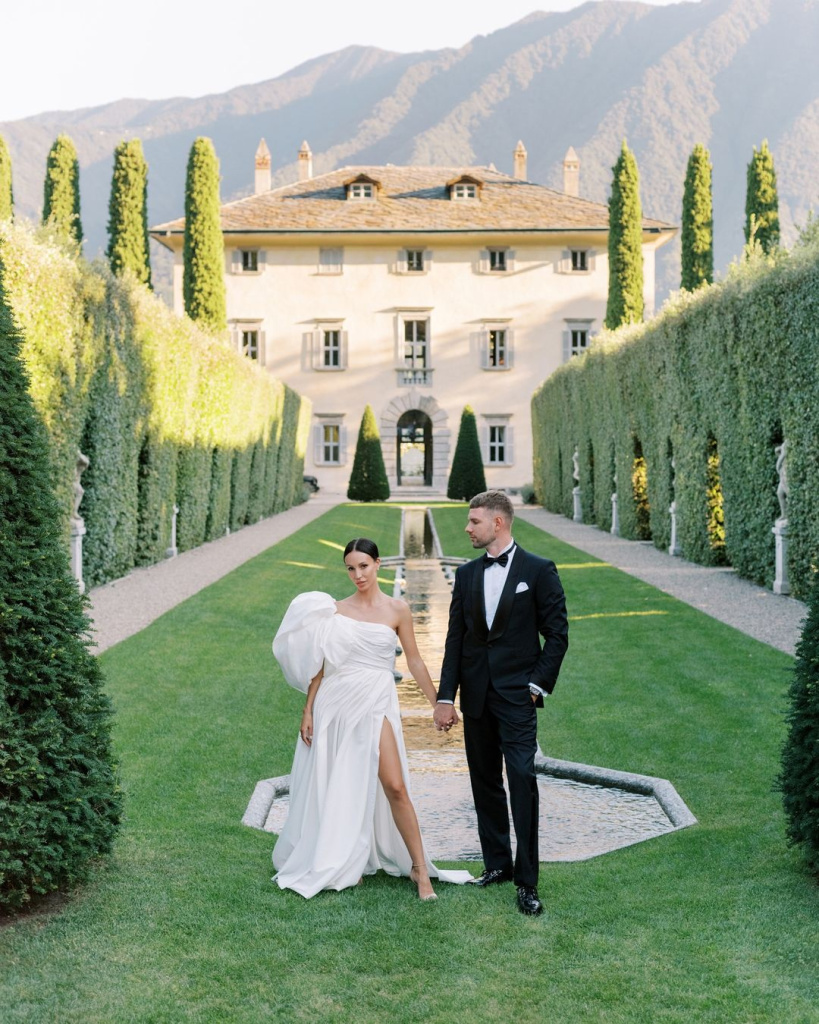
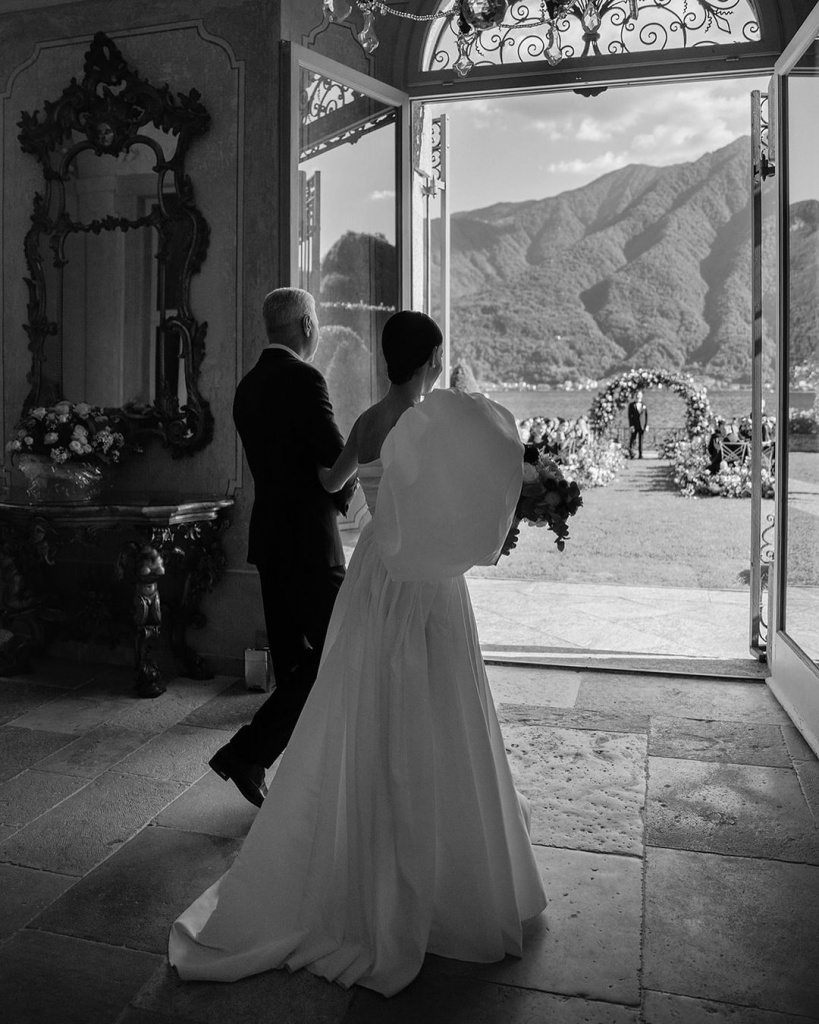
Dealing with language barriers can be one of the trickier aspects of planning a destination wedding in Italy, especially in regions where English is not widely spoken. Effective communication is essential for everything from negotiating with vendors to ensuring your wedding day runs smoothly.
Hiring Bilingual Help
Choosing a bilingual wedding planner can be invaluable. They can bridge the communication gap between you and local vendors, handle negotiations, and translate documents. Make sure your planner is fluent in both Italian and your native language.
If your wedding planner isn't on-site or you're managing things more independently, consider hiring a local coordinator for the days leading up to and the day of the wedding to assist with any last-minute communications or issues.
Utilizing Technology
Tools like Google Translate can be helpful for quick translations or for understanding documents and menus. While not always perfect, they can facilitate basic communication and help you navigate everyday interactions.
Basic knowledge of Italian can go a long way in building rapport with local vendors and guests. Even learning simple phrases for greetings, gratitude, and common questions can make a significant difference. Apps like Duolingo or Babbel can be useful for picking up essentials.
Preparing Key Documents
Have all your key documents, such as contracts, menus, and ceremony scripts, translated into both English and Italian. This ensures that everyone involved clearly understands their contents and responsibilities.
For your guests, consider providing wedding materials (e.g., schedules, menus, directions) in multiple languages. This not only helps them navigate the event more easily but also makes them feel more included.
Communication Techniques
- Clear and Simple Speech: When speaking in English with those who may not be fluent, use simple language and speak slowly and clearly. Avoid slang, idioms, and complex phrases that can be confusing.
- Confirm Understanding: Always confirm that your message has been understood as intended. You can do this by asking for a summary back or by going over details more than once.
- Visual Aids: Where possible, use pictures, diagrams, or other visual aids to help convey information. This can be particularly useful for things like setting up decorations or explaining seating arrangements.
By planning ahead, utilizing available tools, and applying these communication strategies, you can effectively navigate the language barriers at your Italian wedding, ensuring a more enjoyable and stress-free experience for everyone involved.
Health and Safety Considerations
Ensuring the health and safety of everyone involved in your Italian wedding is paramount, especially when planning a destination wedding:
- Travel Health Insurance: Advise guests to secure travel health insurance that covers medical emergencies abroad.
- Local Healthcare Information: Research and provide details on the nearest hospitals and clinics, including emergency contact numbers and addresses. This is especially important in more rural or secluded wedding locations.
- Food Safety: Ensure that all catering services adhere to high standards of food safety. This includes verifying the hygiene practices of the venue and caterers.
- Accessibility: Make sure the wedding venue is accessible to guests with mobility issues. Check for features like ramps, elevators, and accessible restrooms.
- Emergency Plans: Develop a clear emergency response plan that includes evacuation routes and safety procedures. Share this plan with your wedding planner, venue staff, and key members of your wedding party.
- First Aid: Arrange for a first aid kit to be available at the venue, and consider having a designated individual who is trained in basic first aid.
- Weather Considerations: Prepare for sudden weather changes, especially if your wedding is outdoors. Have contingencies in place, such as marquees or indoor options, to protect guests from rain, wind, or excessive heat.
- Transport Safety: If you are providing transportation for guests, ensure that vehicles are safe and drivers are reputable. Verify the transportation company's safety record and ensure they have proper insurance.
- Allergies and Dietary Restrictions: Collect information about any allergies or dietary restrictions from your guests well in advance. Communicate these needs clearly to your caterers to prevent any health issues.
- Sun Protection: For summer weddings, provide amenities like sunscreen and shaded areas to protect guests from sun exposure, especially in outdoor settings.
- Water Safety: If your wedding is near water bodies like pools, lakes, or beaches, ensure there are safety measures in place, such as lifeguards or clear signage.
By addressing these health and safety considerations, you can help ensure a safe and enjoyable experience for everyone involved in your Italian wedding.
Packing Essentials for an Italian Wedding
Packing for a wedding in Italy requires thoughtful consideration to ensure you have everything needed for this special occasion while adapting to the local climate and customs. Here’s a list of essentials to pack for your Italian wedding:
- Formal Attire: Include appropriate formal wear for the wedding—consider the venue and time of year. For men, a suit or a tuxedo, and for women, a formal dress or gown. Don't forget ties, cufflinks, and any other accessories.
- Comfortable Footwear: Pack shoes that are suitable for walking on cobblestone streets and potentially uneven surfaces, especially in historic areas. Include elegant shoes for the wedding and comfortable options for sightseeing.
- Weather-Appropriate Clothing: Check the weather forecast and pack accordingly. Include lightweight clothing for summer, layers for spring/autumn, and a warm coat for winter weddings.
- Sun Protection: Bring sunglasses, a wide-brimmed hat, and sunscreen, especially if you’re visiting in the summer months.
- Travel Adapter and Chargers: Ensure you have a suitable power adapter for Italy’s outlets and chargers for all your devices.
- Toiletries and Medications: Pack all necessary toiletries and personal medications. Consider including travel-sized versions to save space. Don't forget items like insect repellent if you're in rural areas during warmer months.
- Wedding Documents: Bring copies of all wedding-related documents, including contracts, schedules, vendor contacts, and marriage paperwork, if applicable.
- Language Guide: Carry a small Italian phrasebook or download a language translation app to help with basic communications.
- Cash and Cards: Have some euros on hand for smaller expenses where credit cards might not be accepted. Inform your bank of your travel plans to avoid any issues with your cards abroad.
- Emergency Kit: Include a small first aid kit, a sewing kit for any last-minute dress mishaps, and extra makeup for touch-ups throughout the wedding day.
- Snacks and Water Bottle: Pack some non-perishable snacks and a reusable water bottle, which can be especially handy during long days of touring or preparing for the wedding.
- Travel Insurance Information: Bring documentation of your travel insurance policy, covering details on medical care and trip cancellations.
- Camera: Don’t forget your camera to capture the scenic views and special moments, aside from professional wedding photos.
- Evening Bag or Clutch: For the wedding and other formal events, an elegant bag to carry your essentials like your phone, a compact mirror, and lipstick.
By packing these essentials, you’ll be well-prepared for both the wedding and enjoying your time exploring Italy, ensuring a memorable and stress-free experience.
Making the Most of Italian Honeymoon Destinations

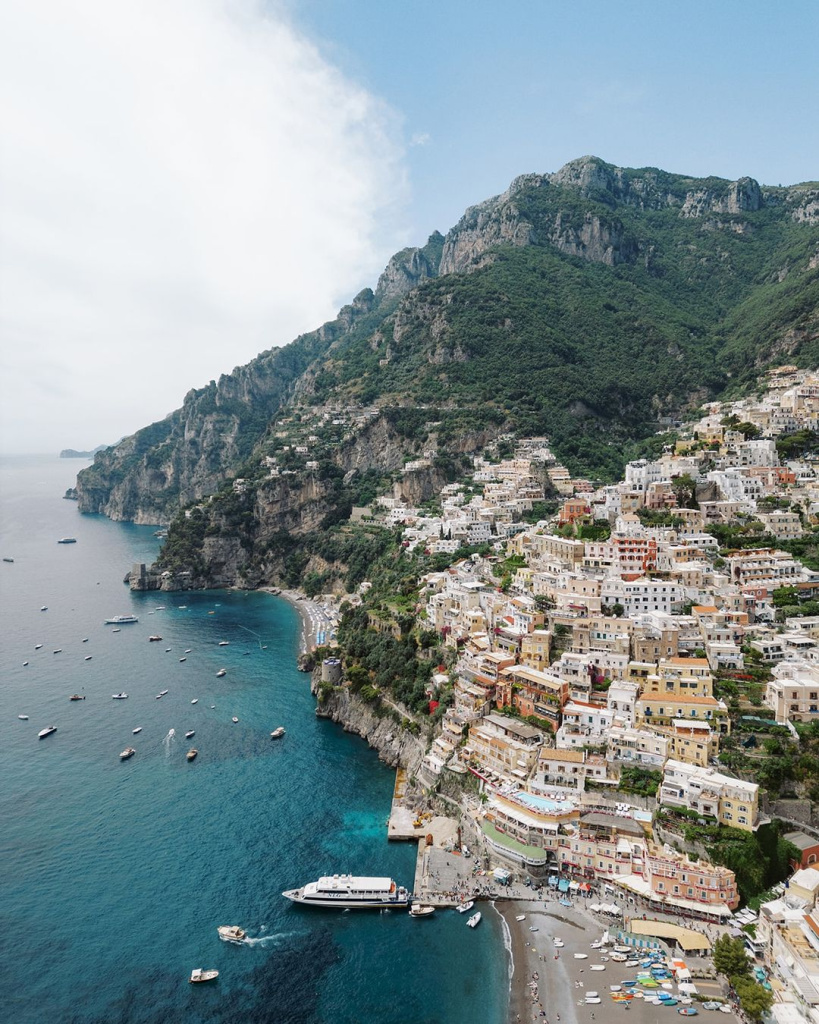
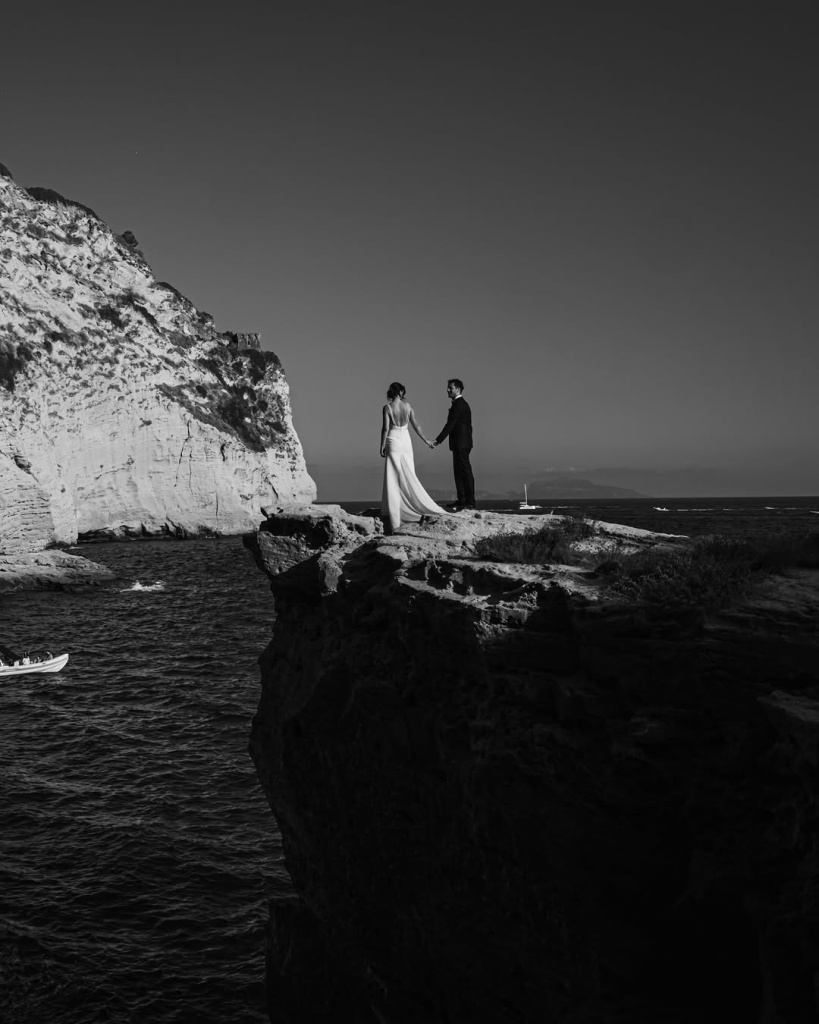

Italy offers a wealth of stunning locations that are perfect for a romantic and unforgettable honeymoon. From the rolling hills of Tuscany to the sparkling waters of the Amalfi Coast, each region has its own unique charm and attractions. Here’s how to make the most of these Italian honeymoon destinations:
Explore Diverse Landscapes
Italy's diverse landscapes range from the enchanting Mediterranean coastlines to serene vineyard-covered hillsides, providing an ideal backdrop for any honeymoon:
- Coastal Retreats: Italy’s coastline offers breathtaking views and luxurious resorts. The Amalfi Coast is renowned for its dramatic cliffs and seaside villages like Positano and Amalfi. Alternatively, the Italian Riviera, including Portofino and Cinque Terre, provides gorgeous scenery and exquisite dining experiences.
- Countryside Escapes: For a more relaxed and intimate setting, Tuscany and Umbria are ideal. You can stay in a restored farmhouse or a historic villa, surrounded by vineyards and olive groves, perfect for wine tasting and enjoying local cuisine.
- Lakeside Luxury: The Italian lakes, such as Lake Como, Lake Garda, and Lake Maggiore, offer stunning natural beauty combined with luxury. These areas are famous for their historic villas and botanical gardens, offering plenty of opportunities for romantic walks and boat trips.
Indulge in Local Experiences
Immersing yourselves in the local culture is a must-do on your Italian honeymoon:
- Culinary Tours: Italy is a paradise for food lovers. Participate in cooking classes, visit local markets, or book a food and wine tour in regions known for their culinary heritage like Emilia-Romagna or Sicily.
- Art and Culture: Italy’s cities are filled with art and history. Visit Florence for its Renaissance art and architecture, Rome for its ancient ruins and Vatican museums, and Venice for its unique cityscape and vibrant art scene.
- Wellness and Relaxation: Many Italian destinations offer thermal baths and spa resorts. Places like Montecatini Terme in Tuscany or the island of Ischia in the Bay of Naples provide luxurious spa treatments and thermal waters.
Romantic Activities
Italy is synonymous with romance, making it the perfect setting for newlyweds to enjoy activities that are as unforgettable as they are intimate:
- Sunset Cruises: Enjoy a private sunset cruise along the coast, particularly magical in Venice or Capri.
- Hot Air Balloon Rides: Take a hot air balloon ride over the Tuscan hills or the Piedmont vineyards for breathtaking views of the Italian landscape.
- Private Tours: Arrange private tours of historical sites or museums to enjoy the experience at your own pace, away from the crowds.
By incorporating these elements into your Italian honeymoon, you can create a personalized and memorable experience that takes full advantage of Italy’s romantic settings and rich cultural offerings.







